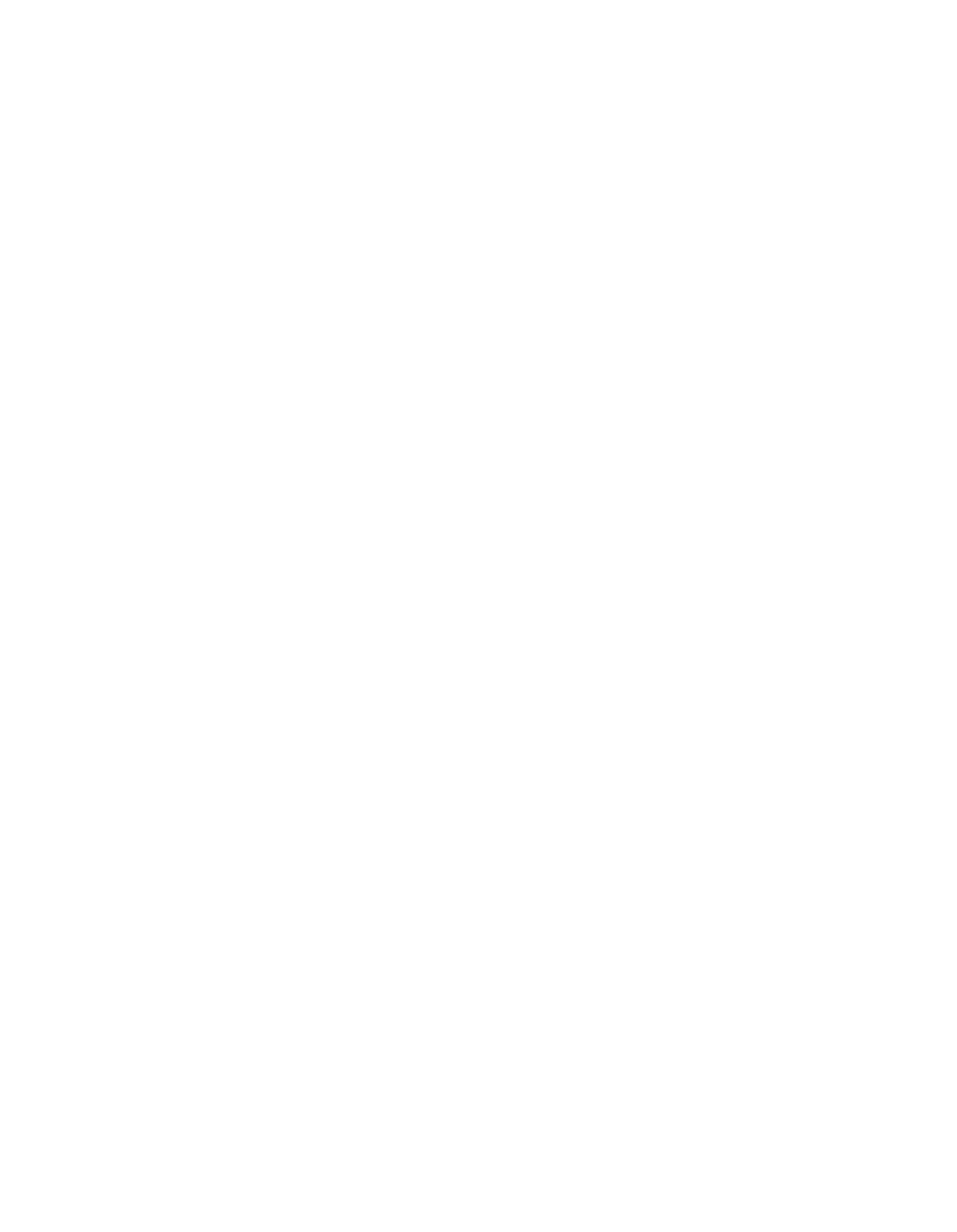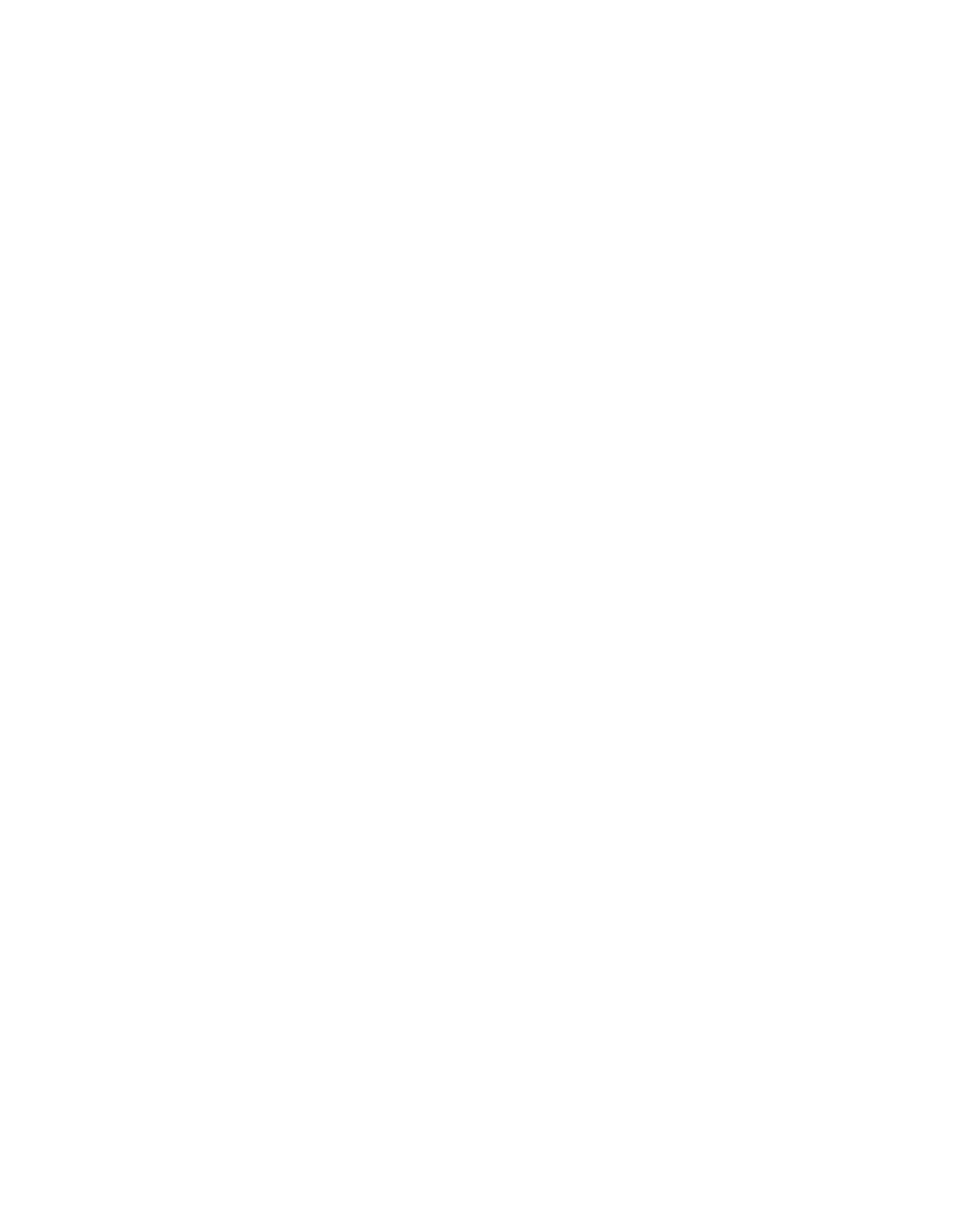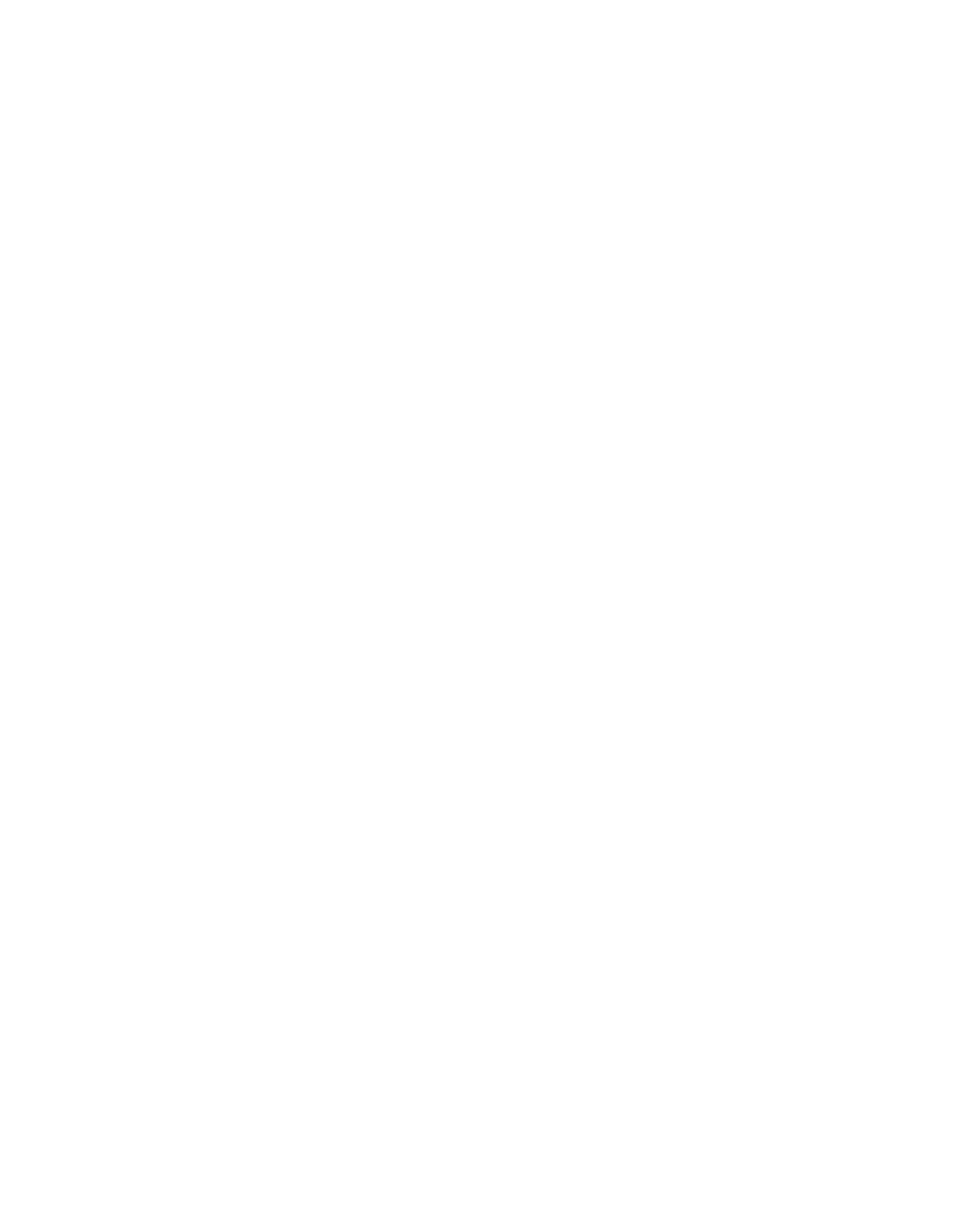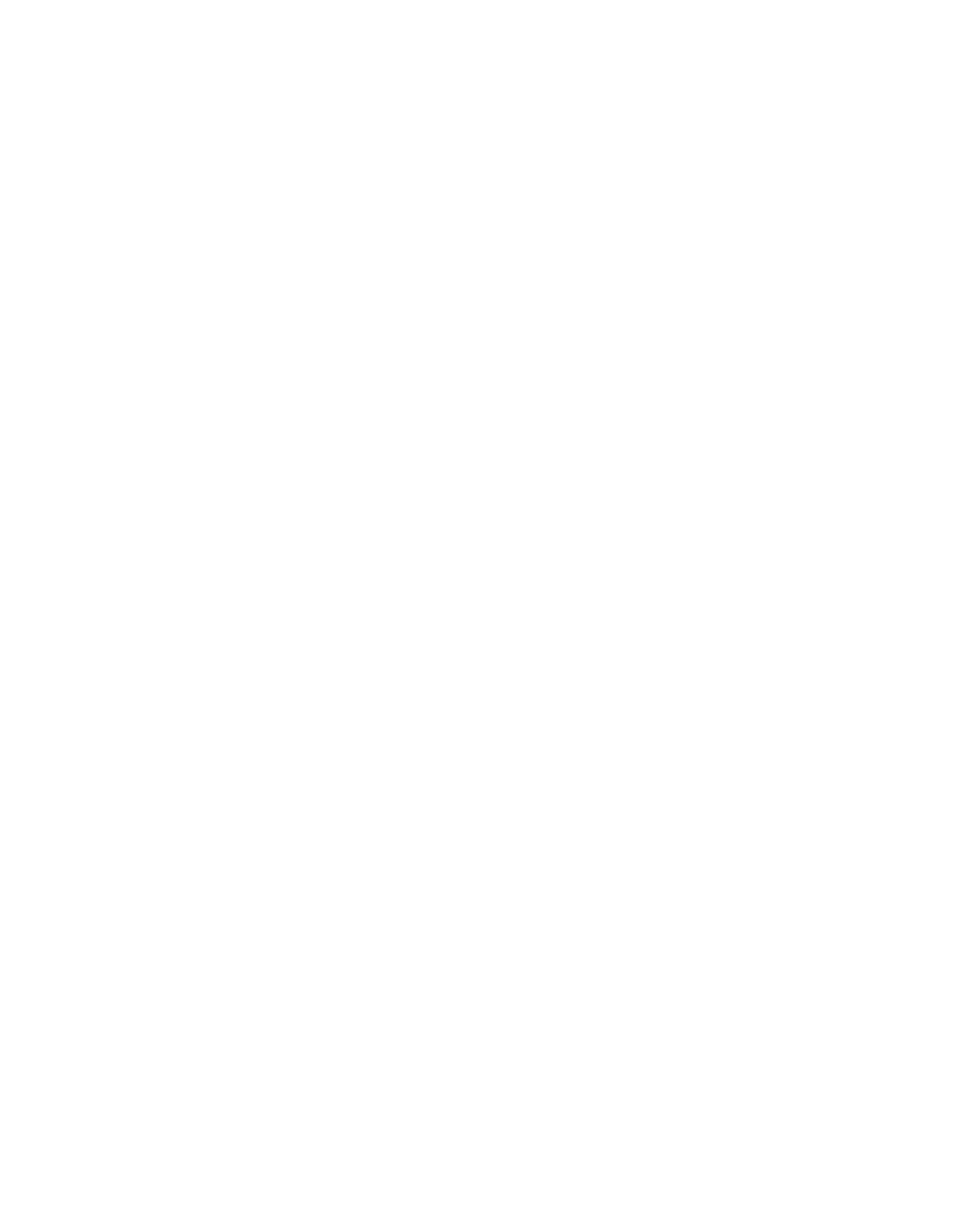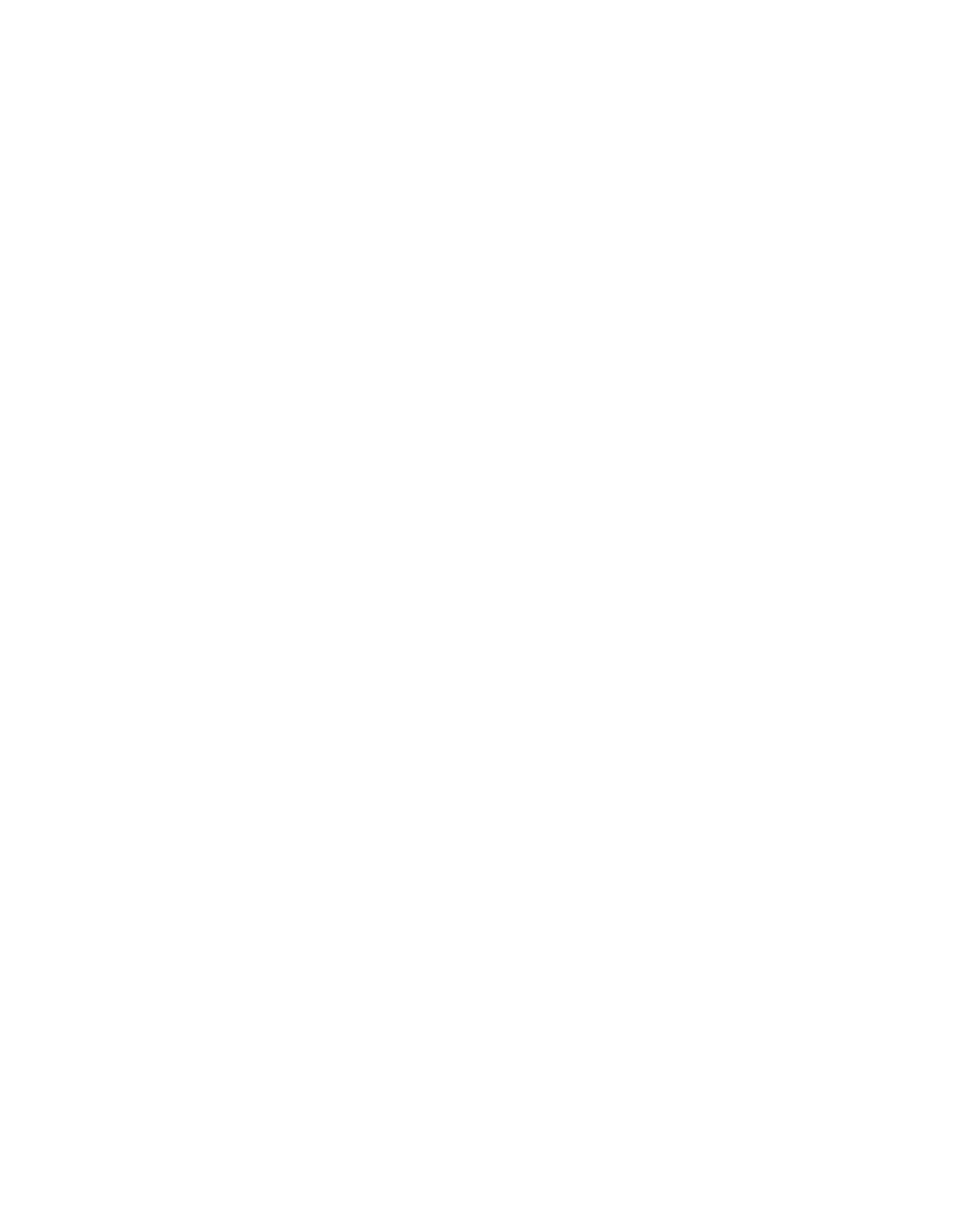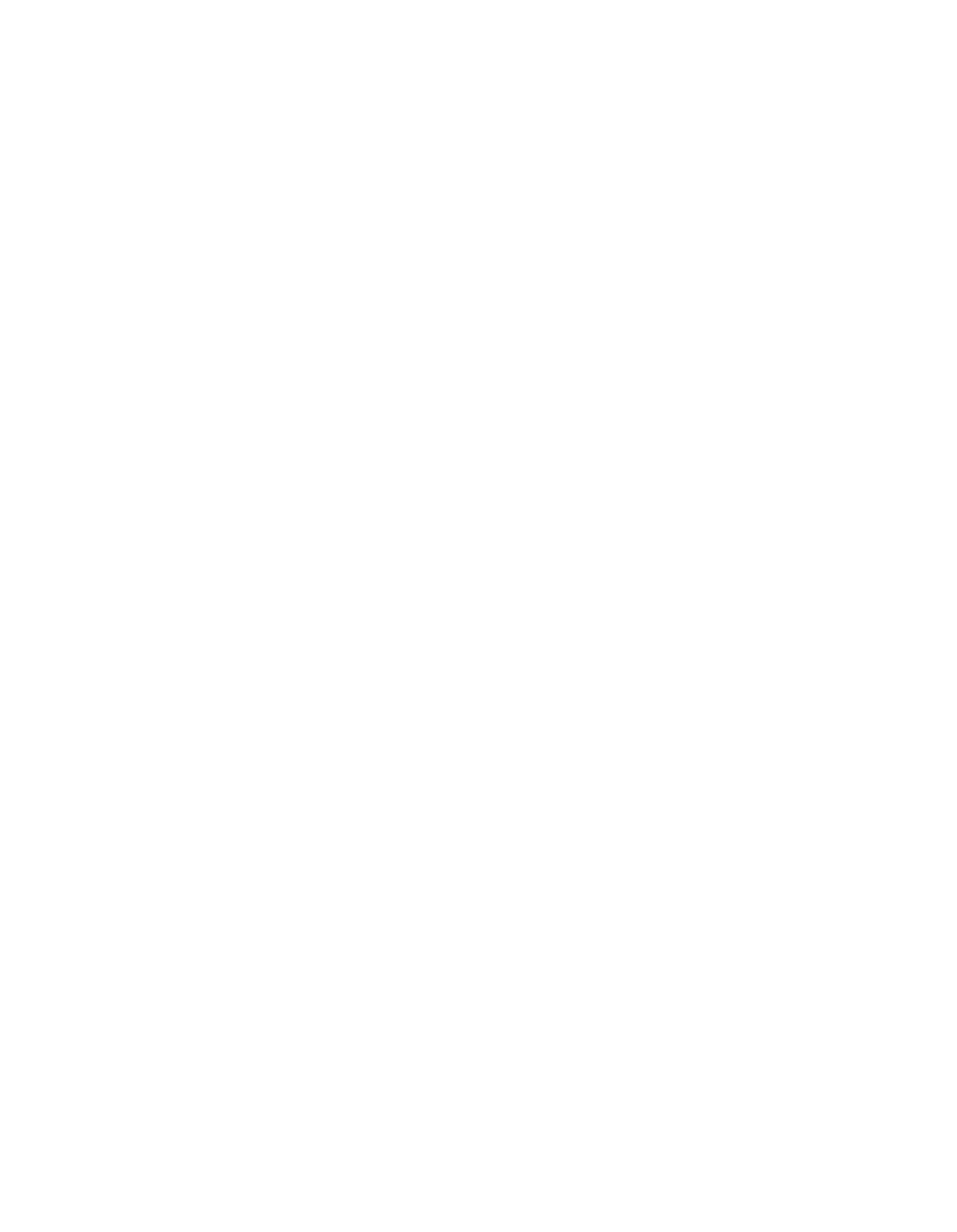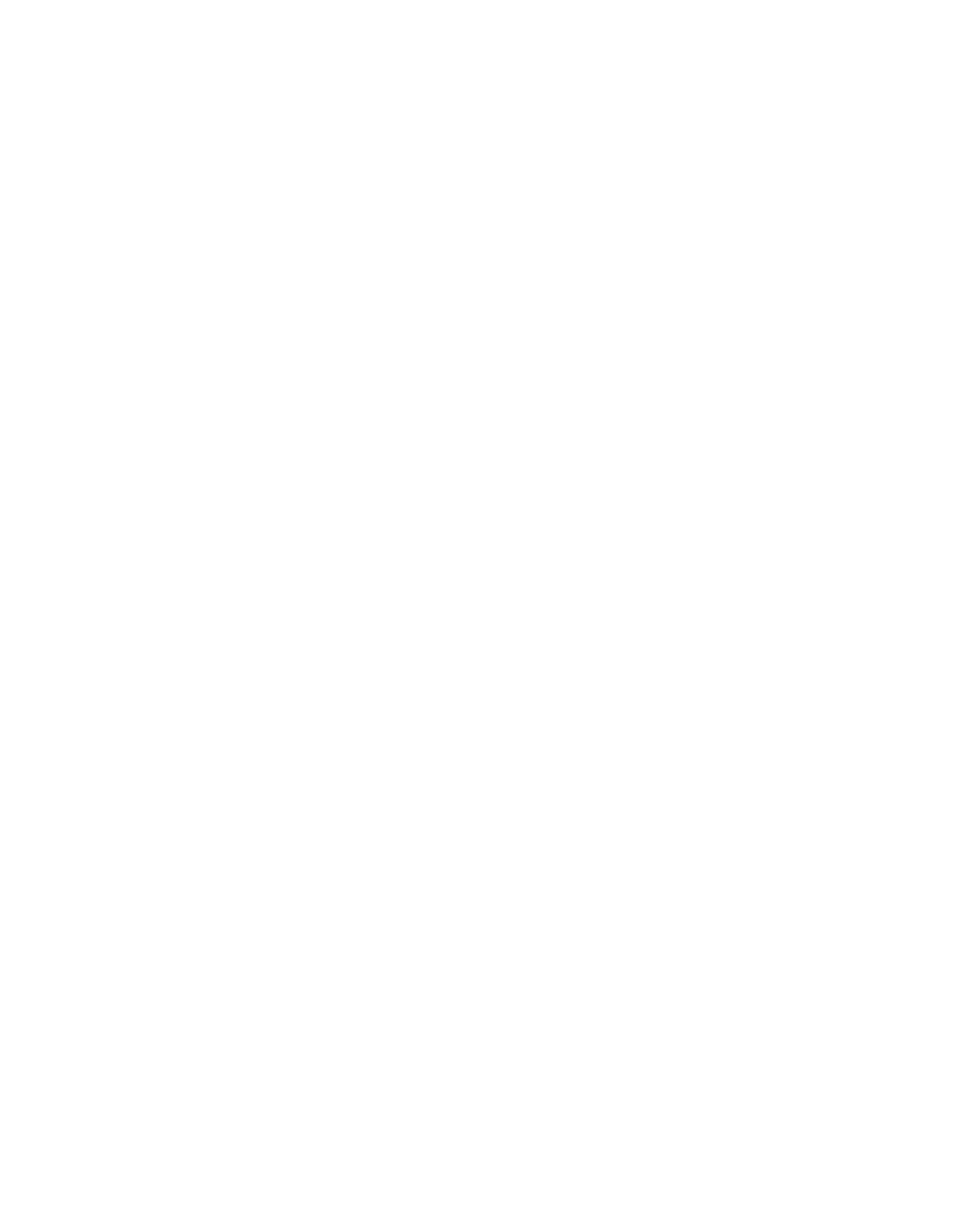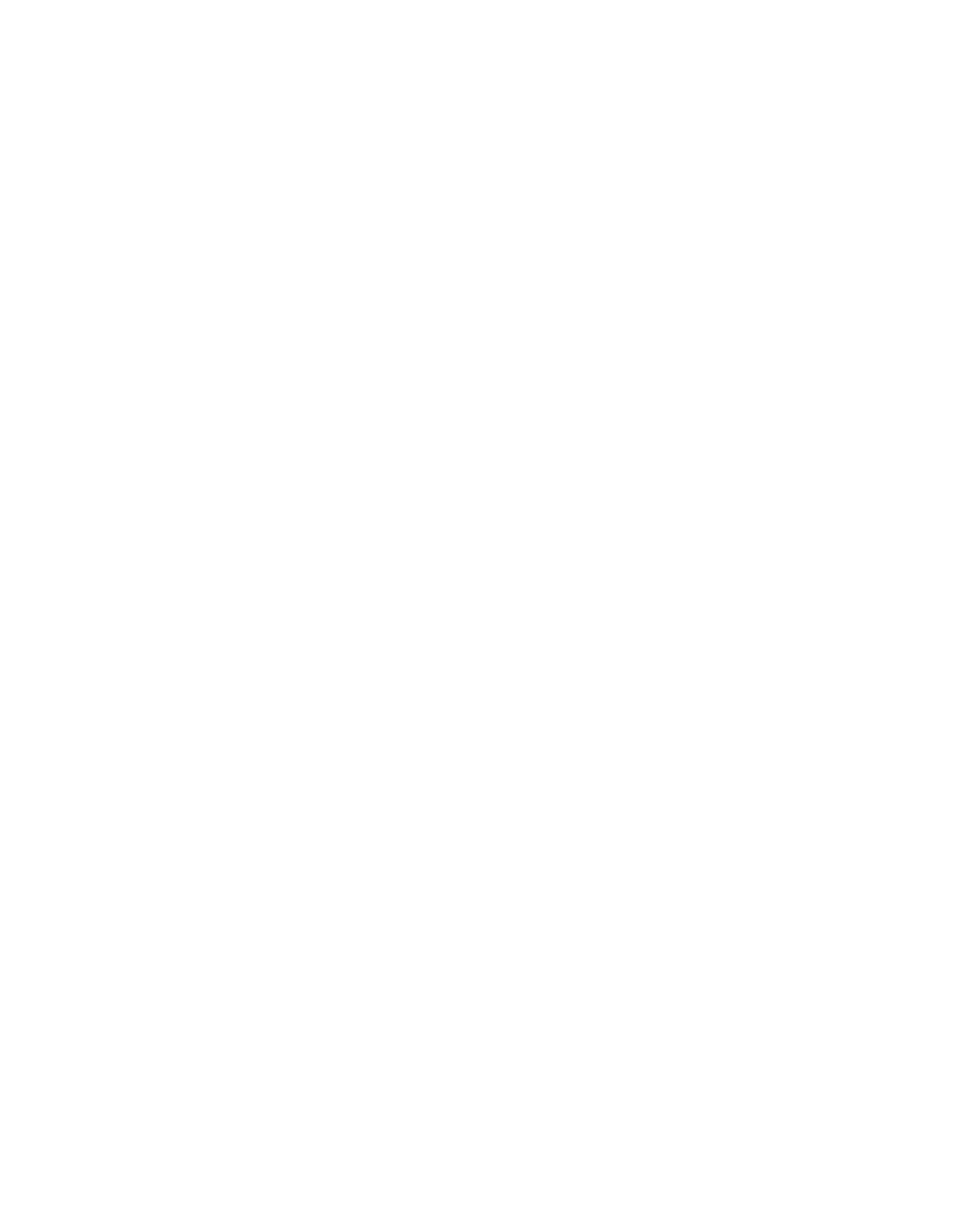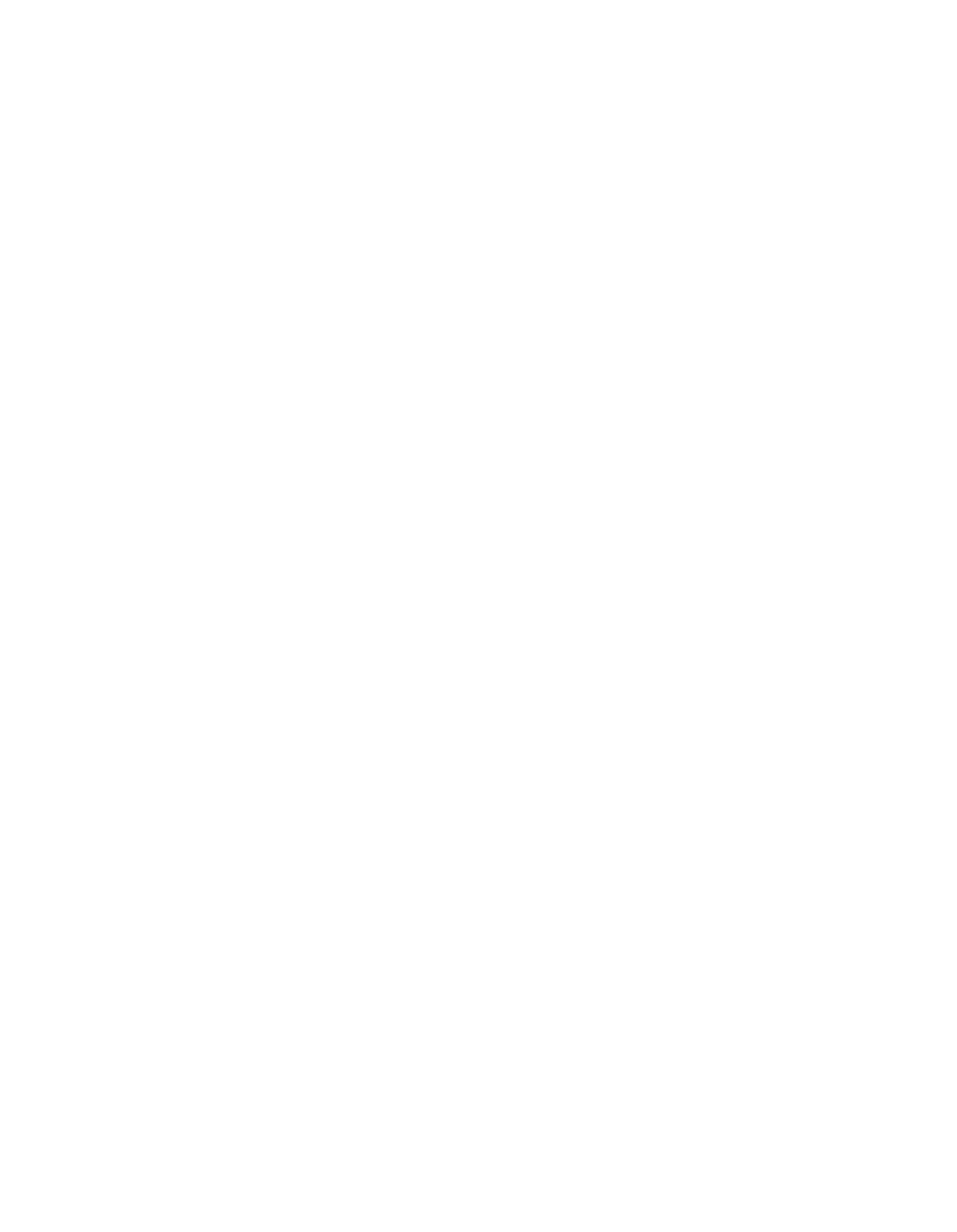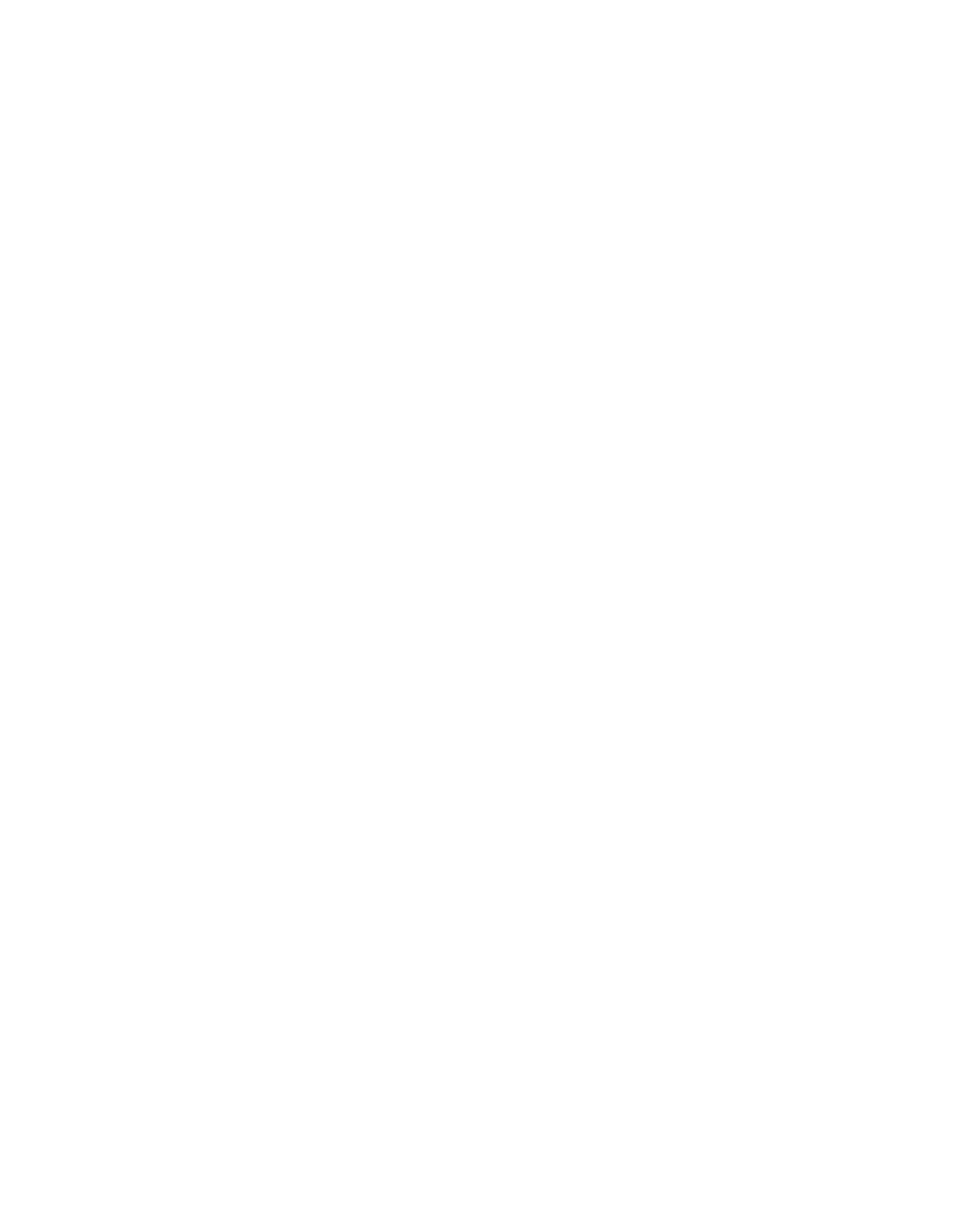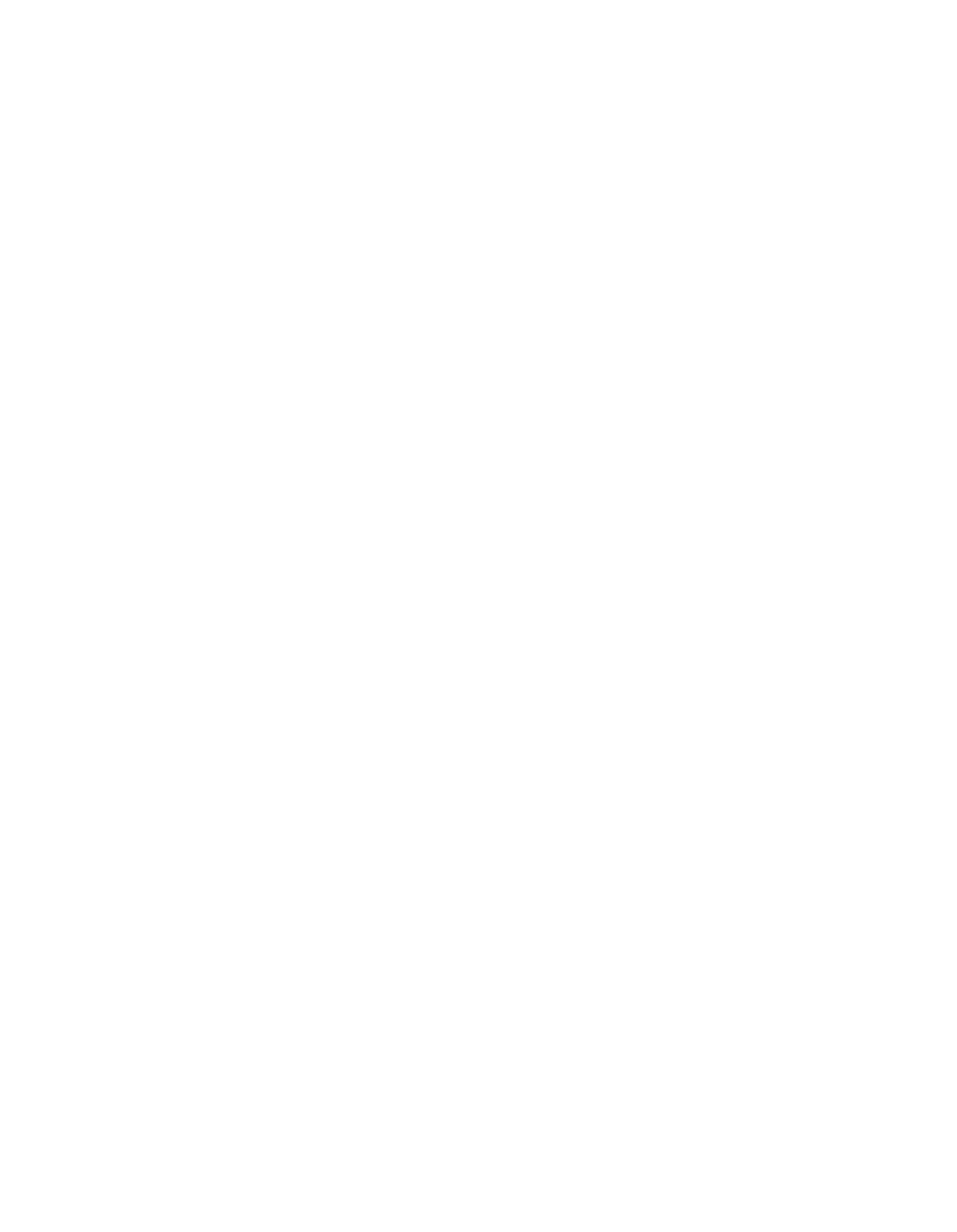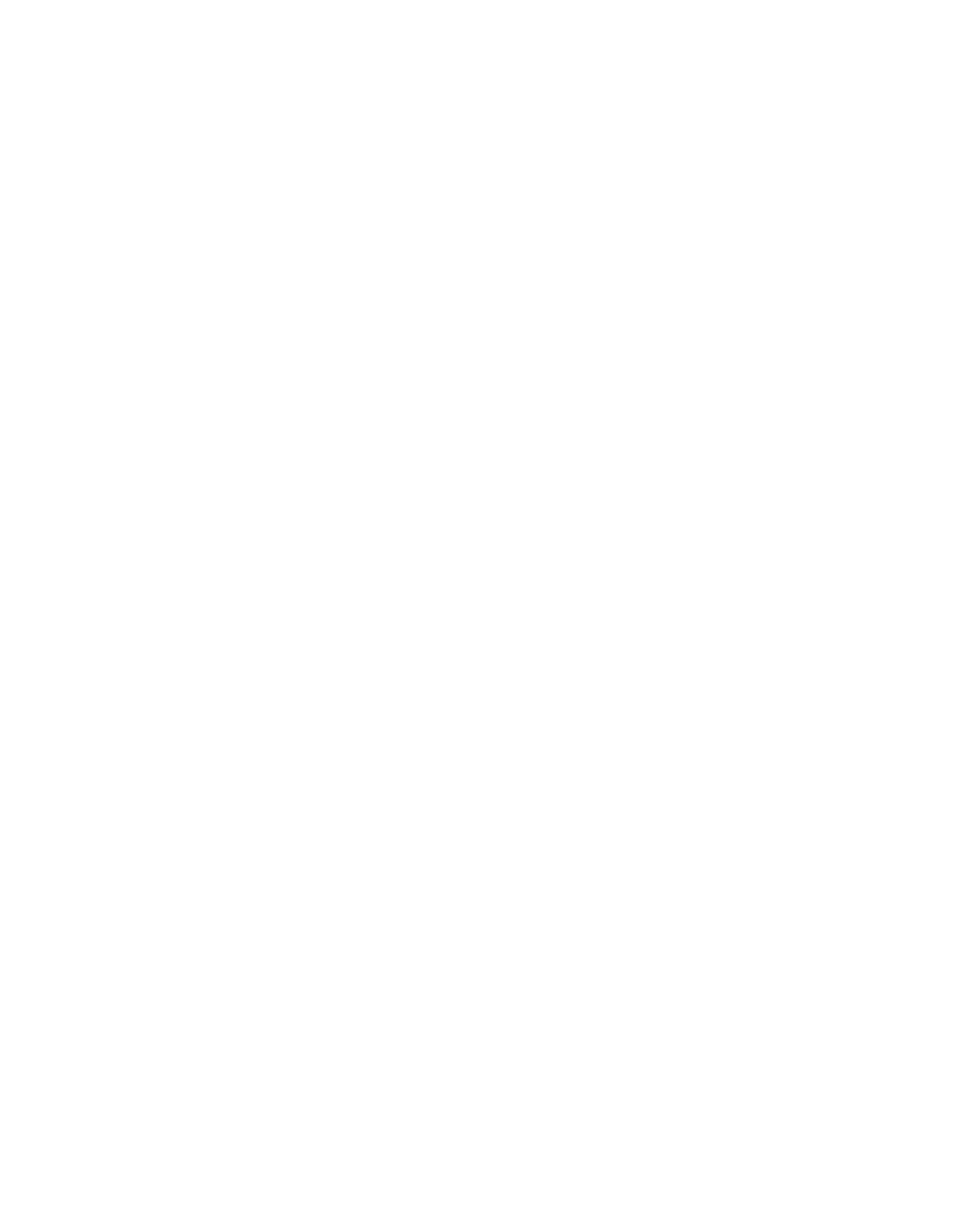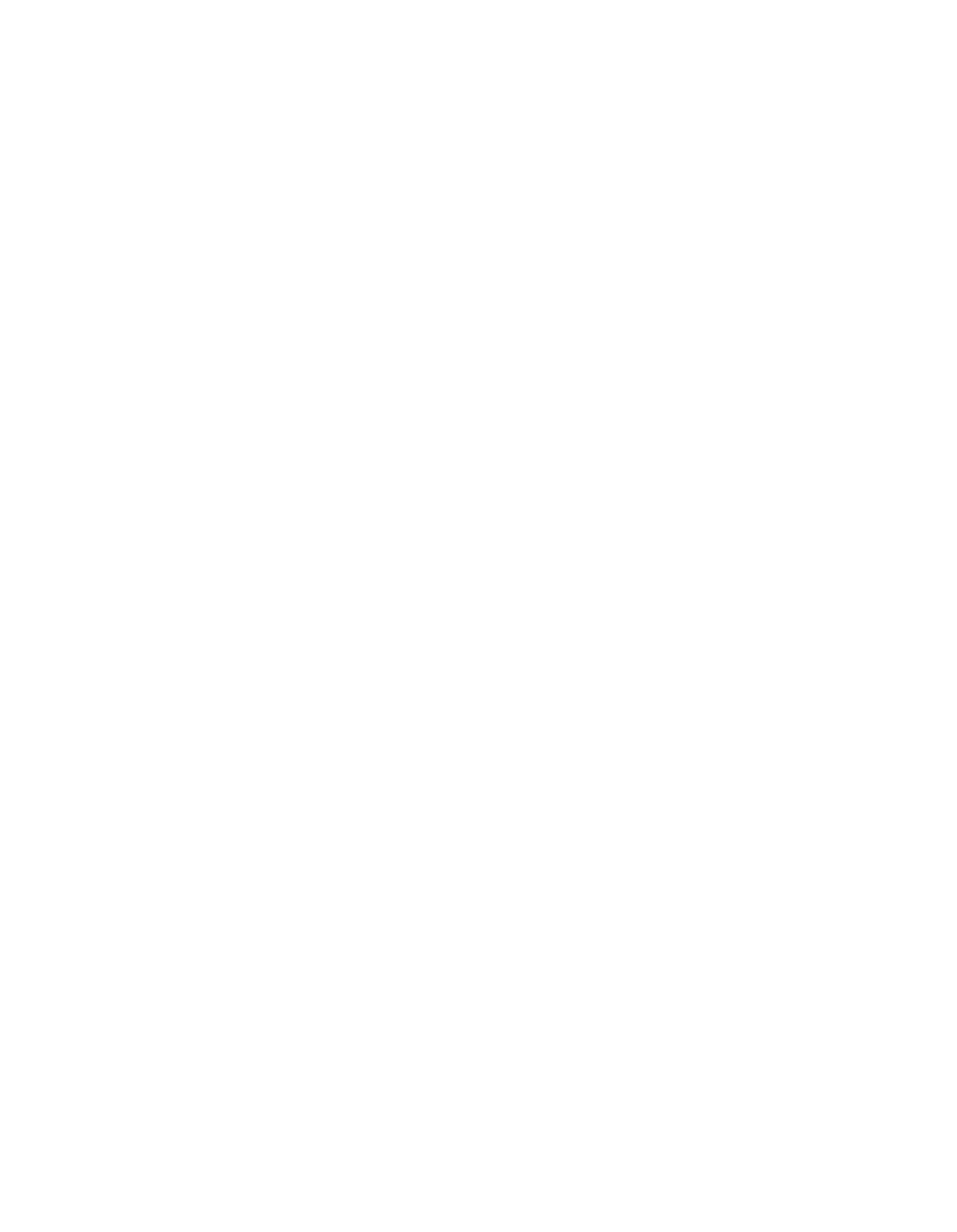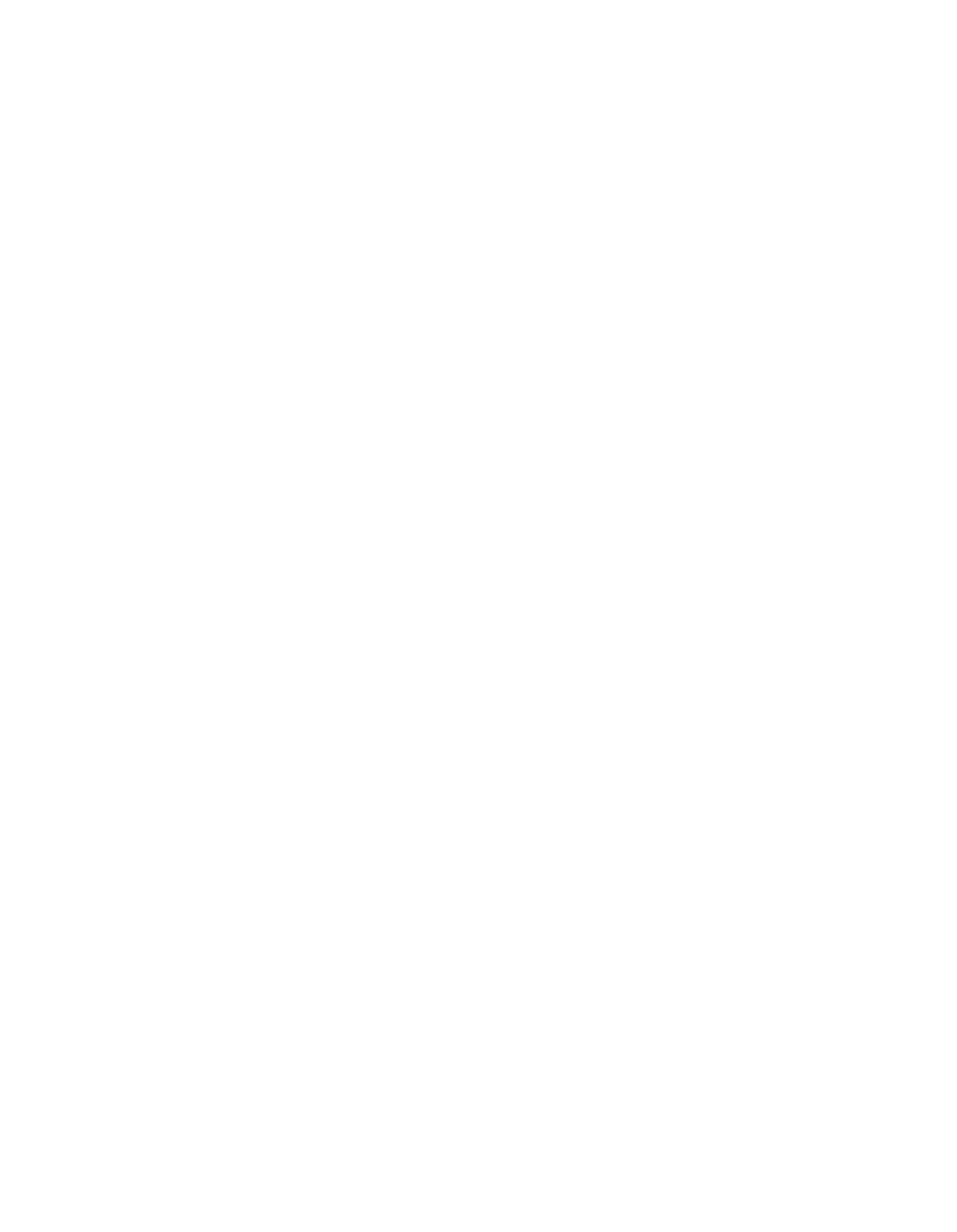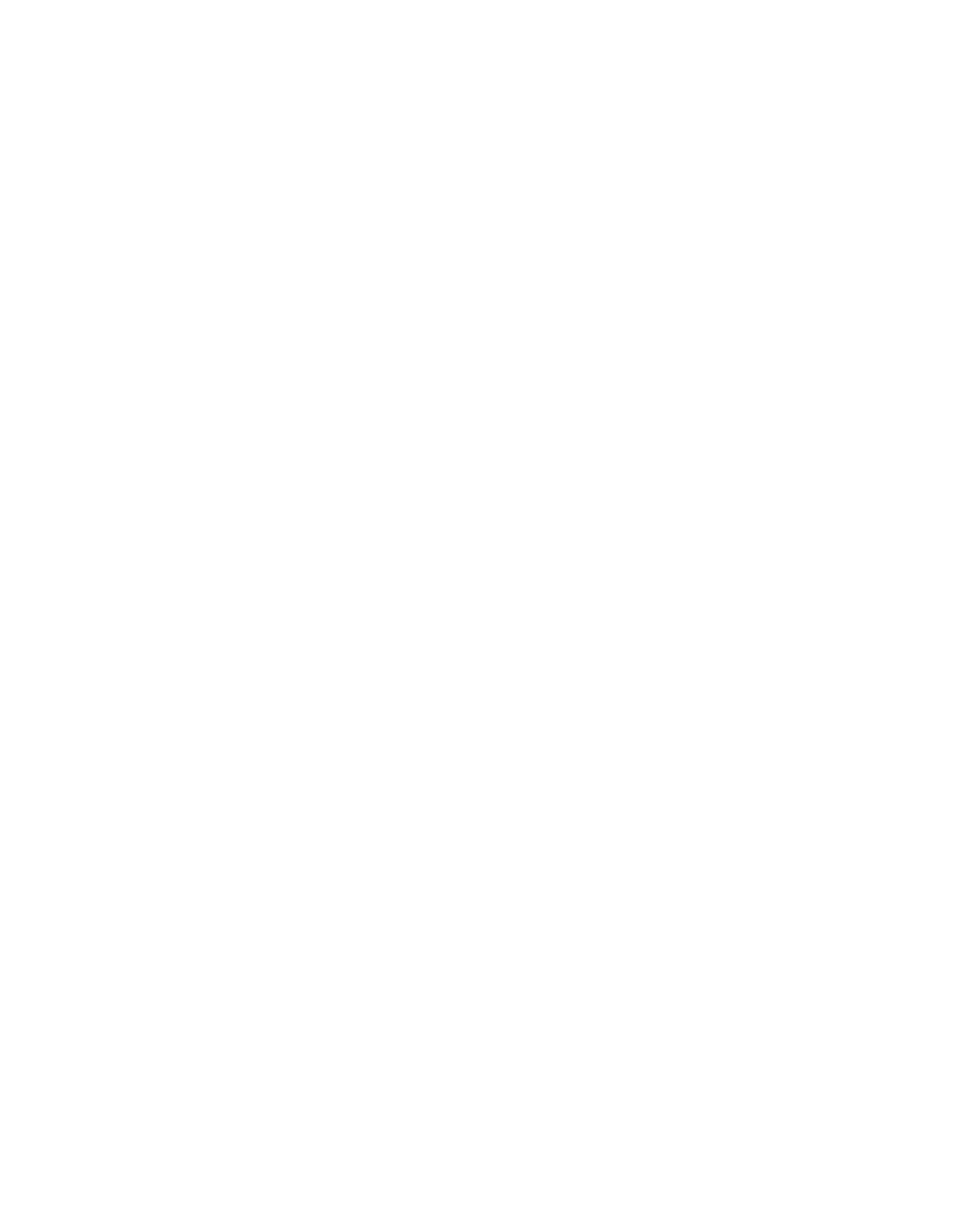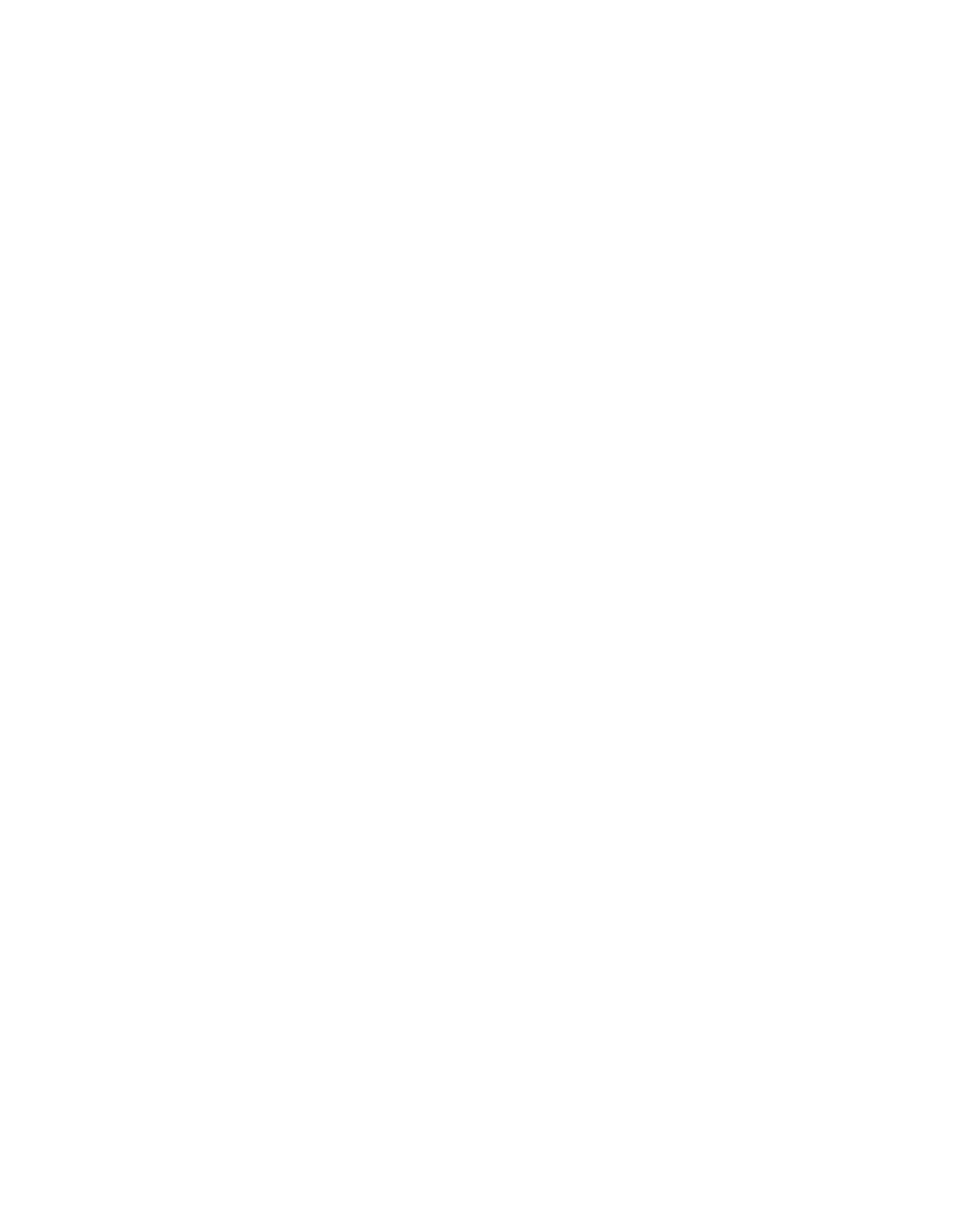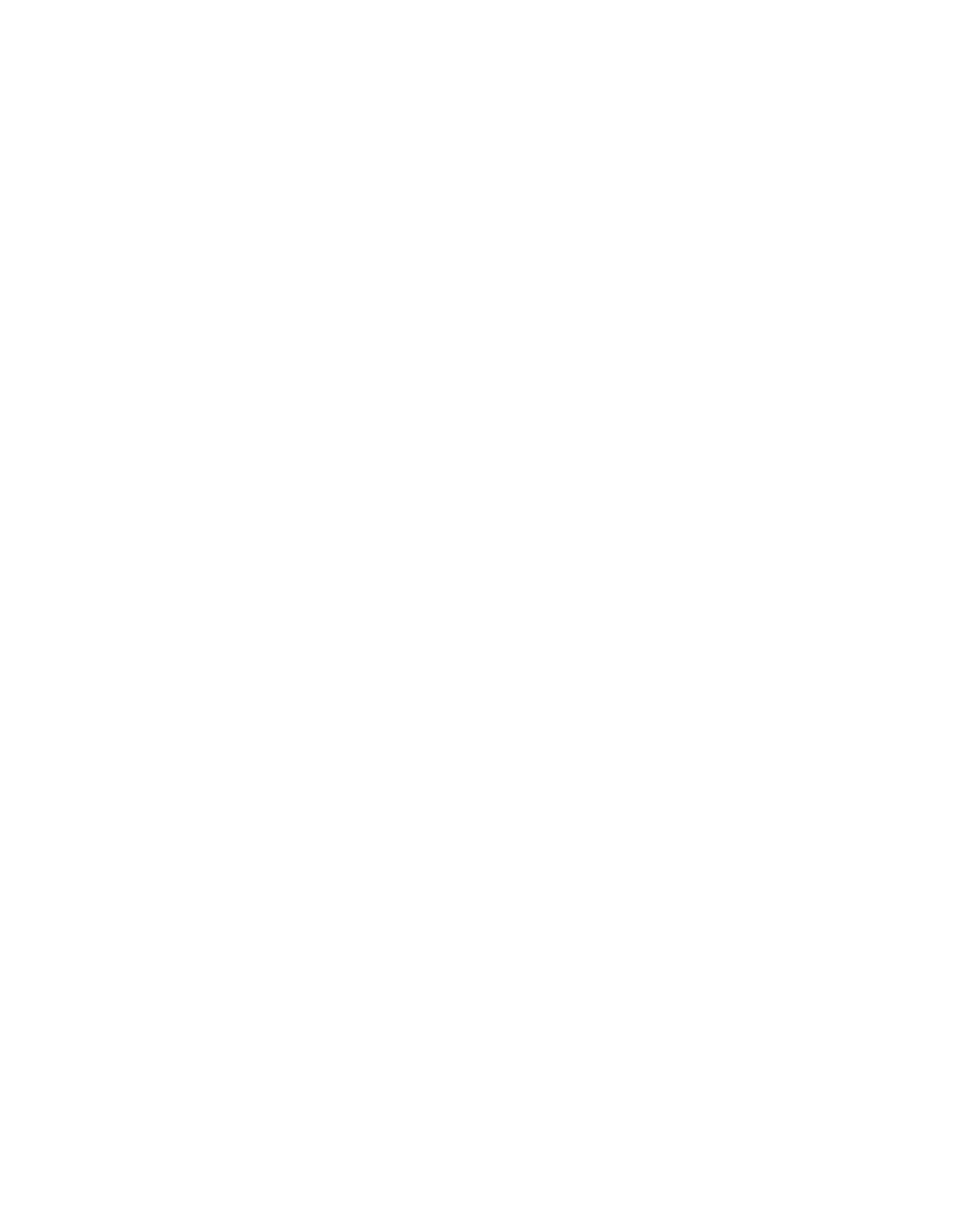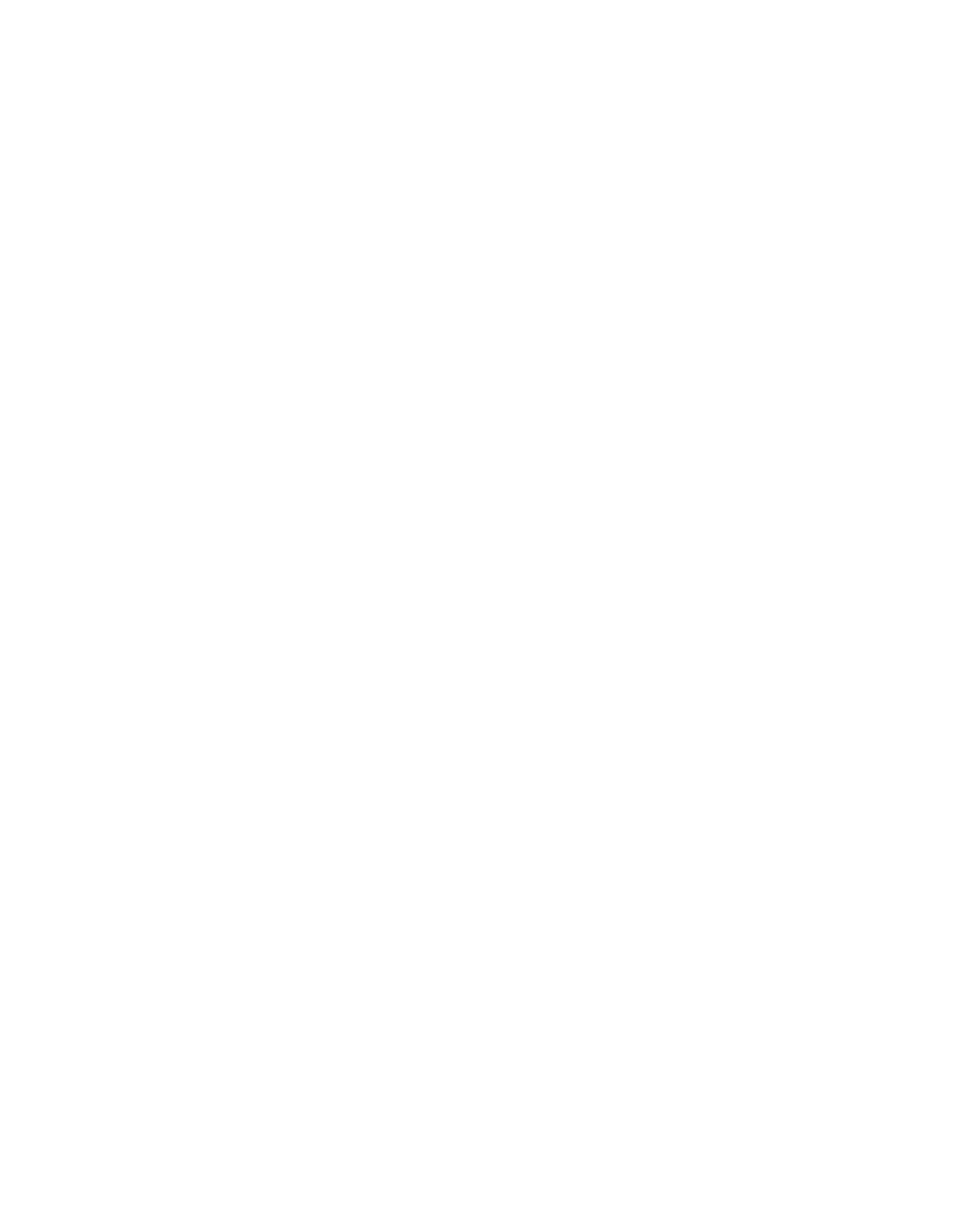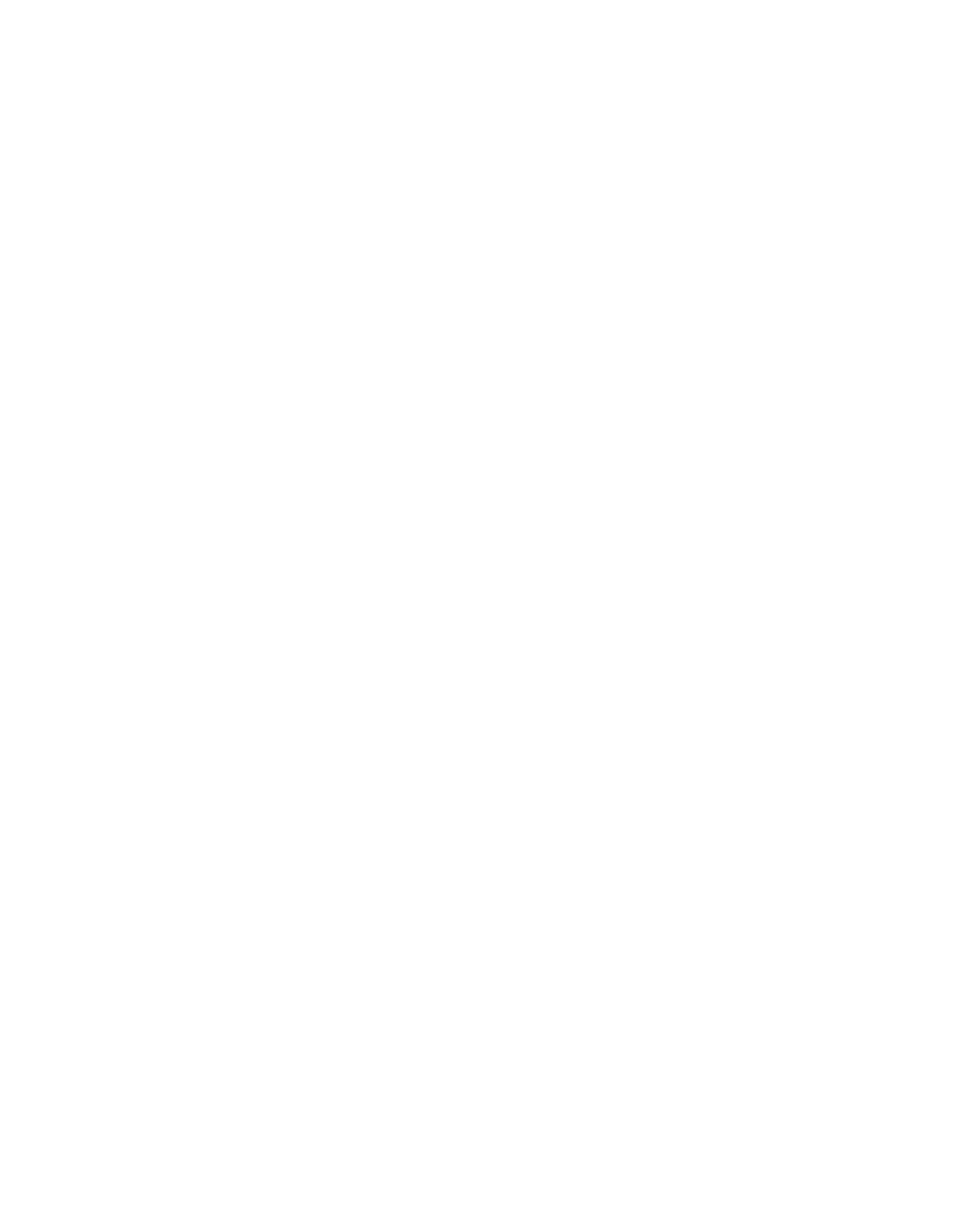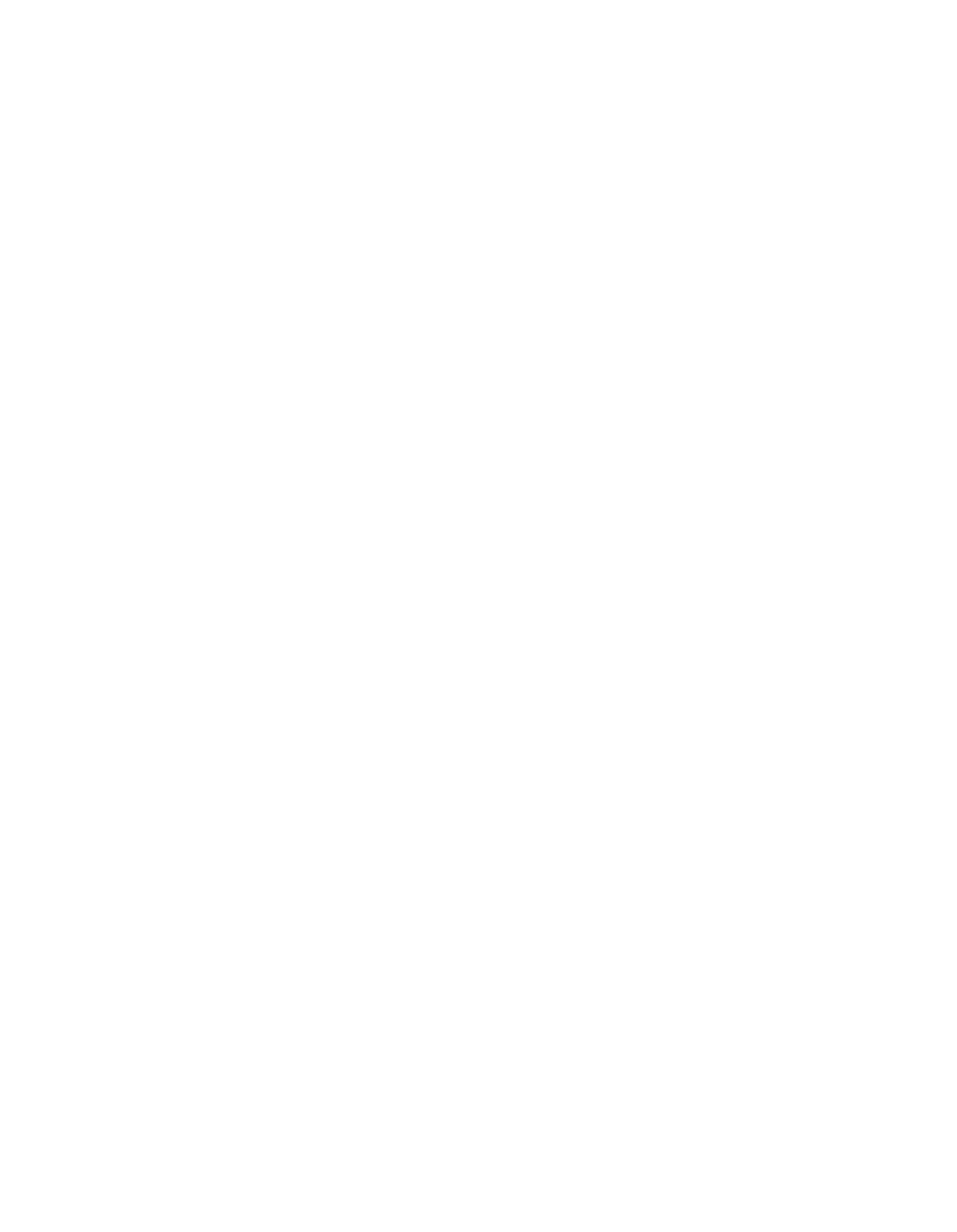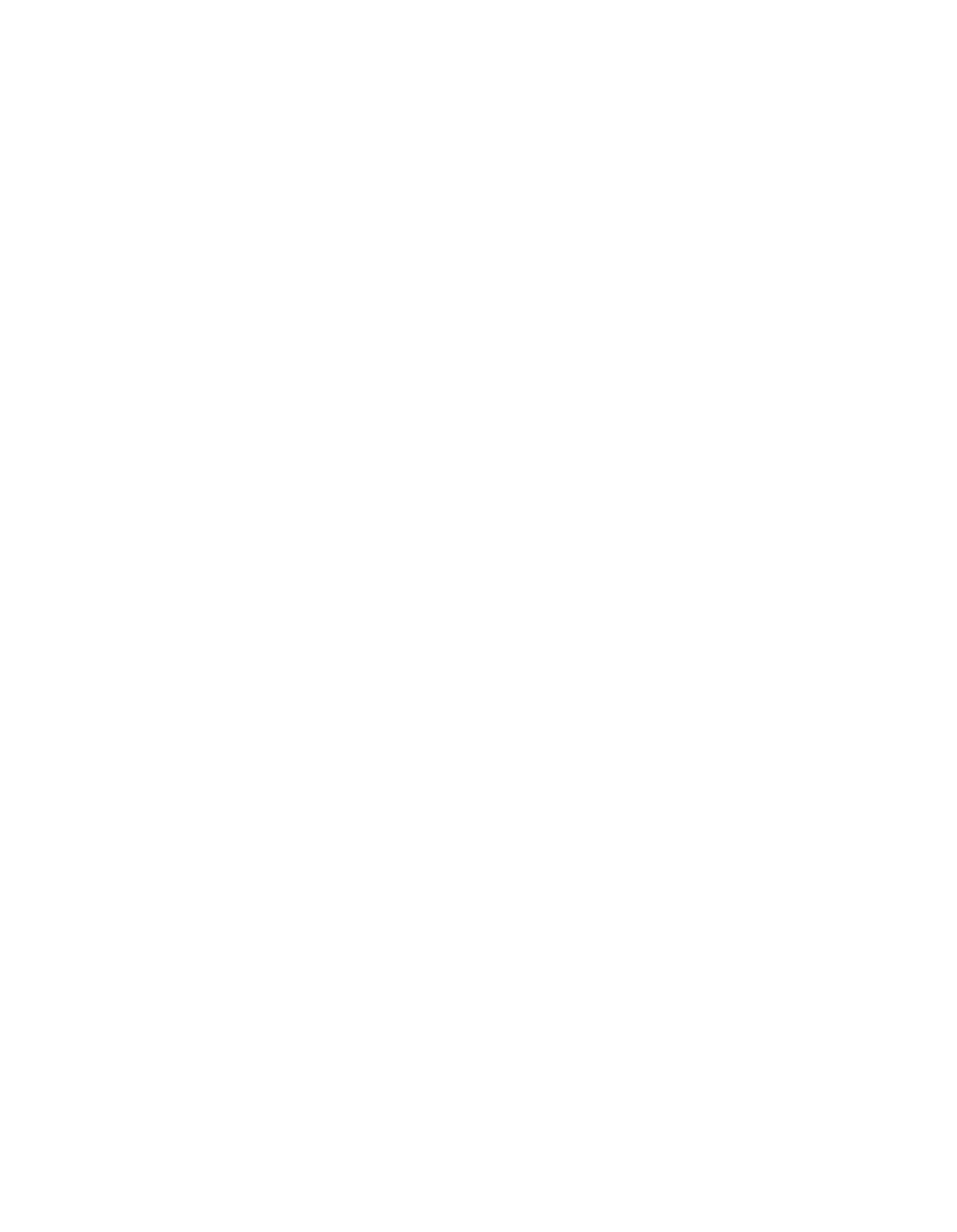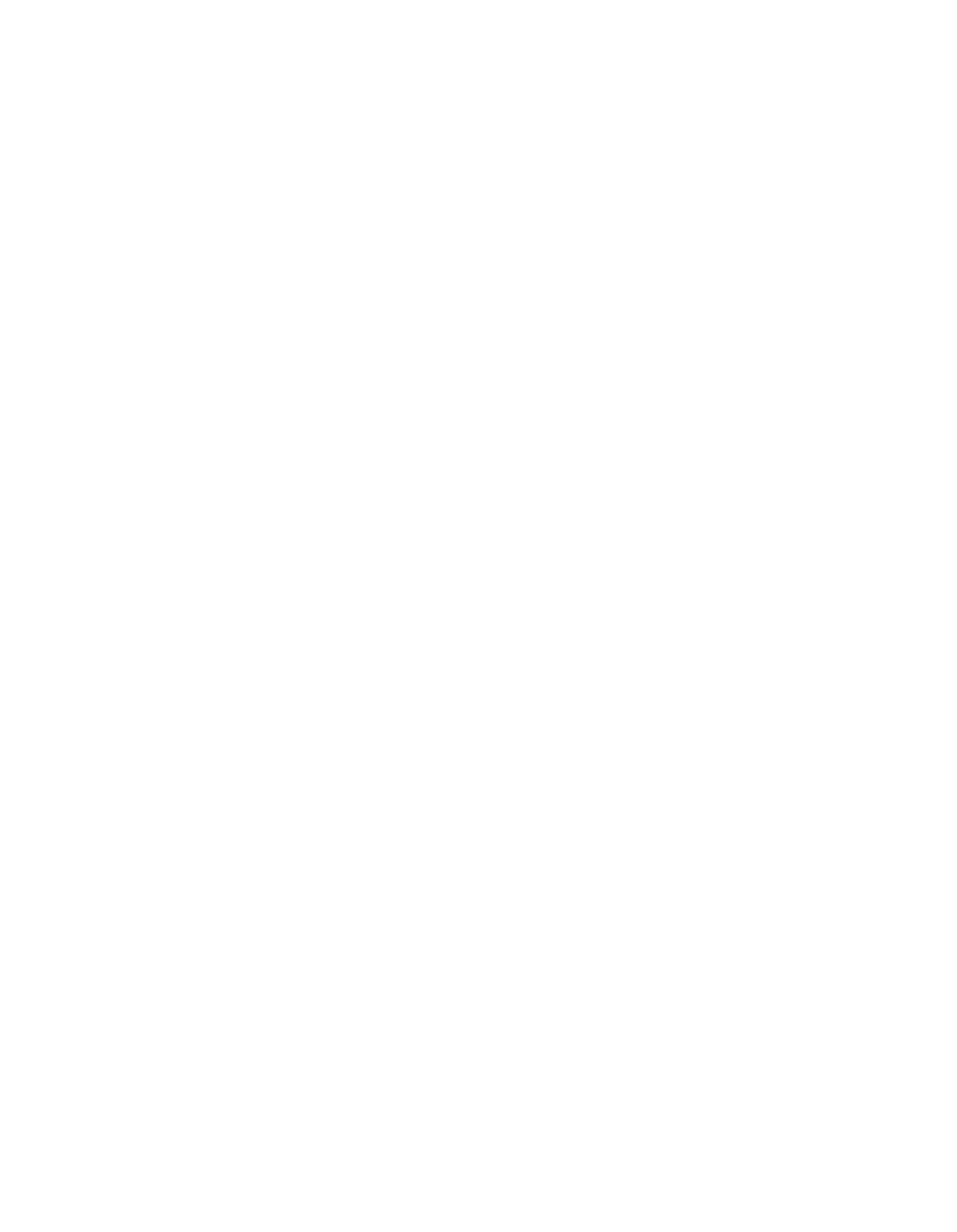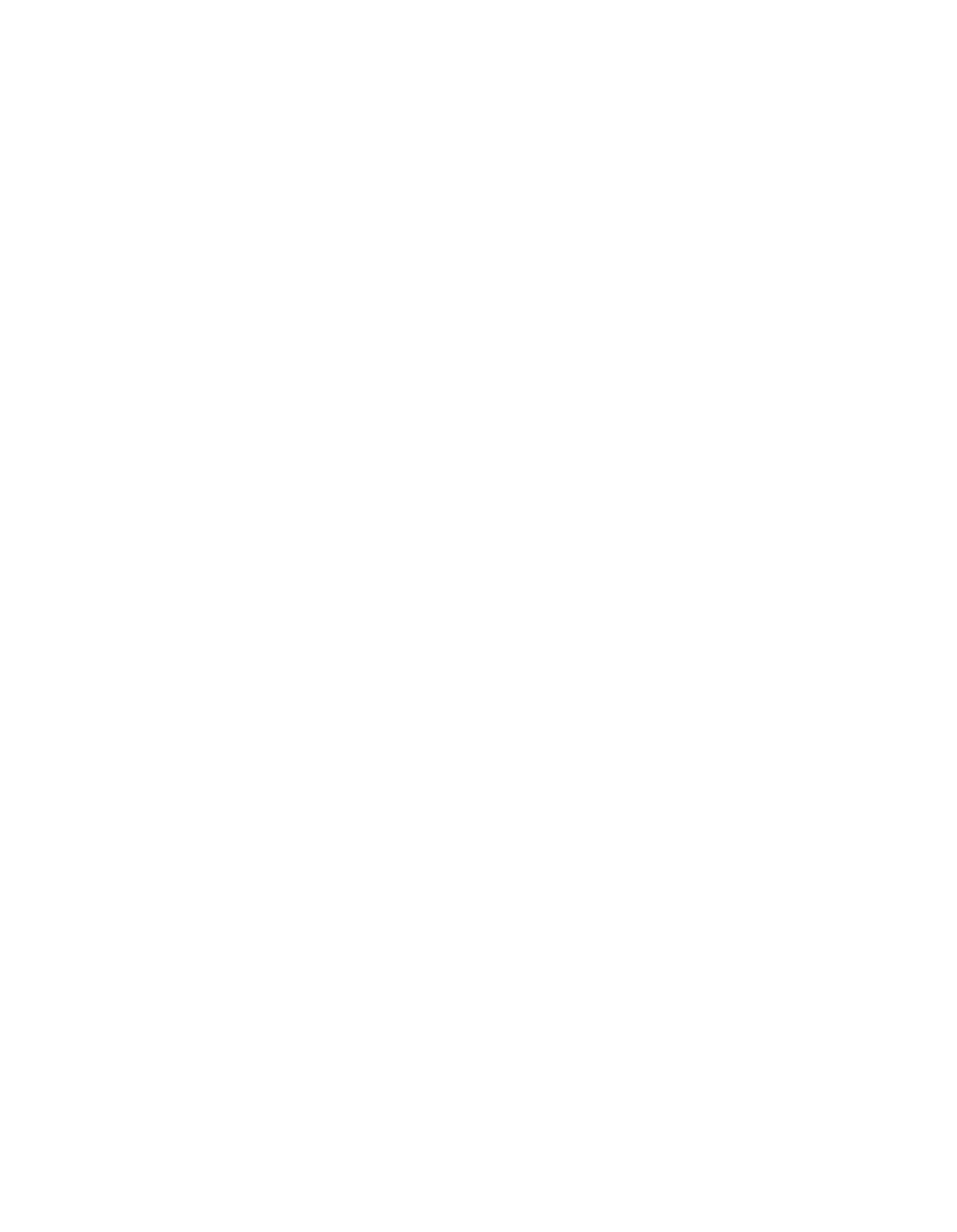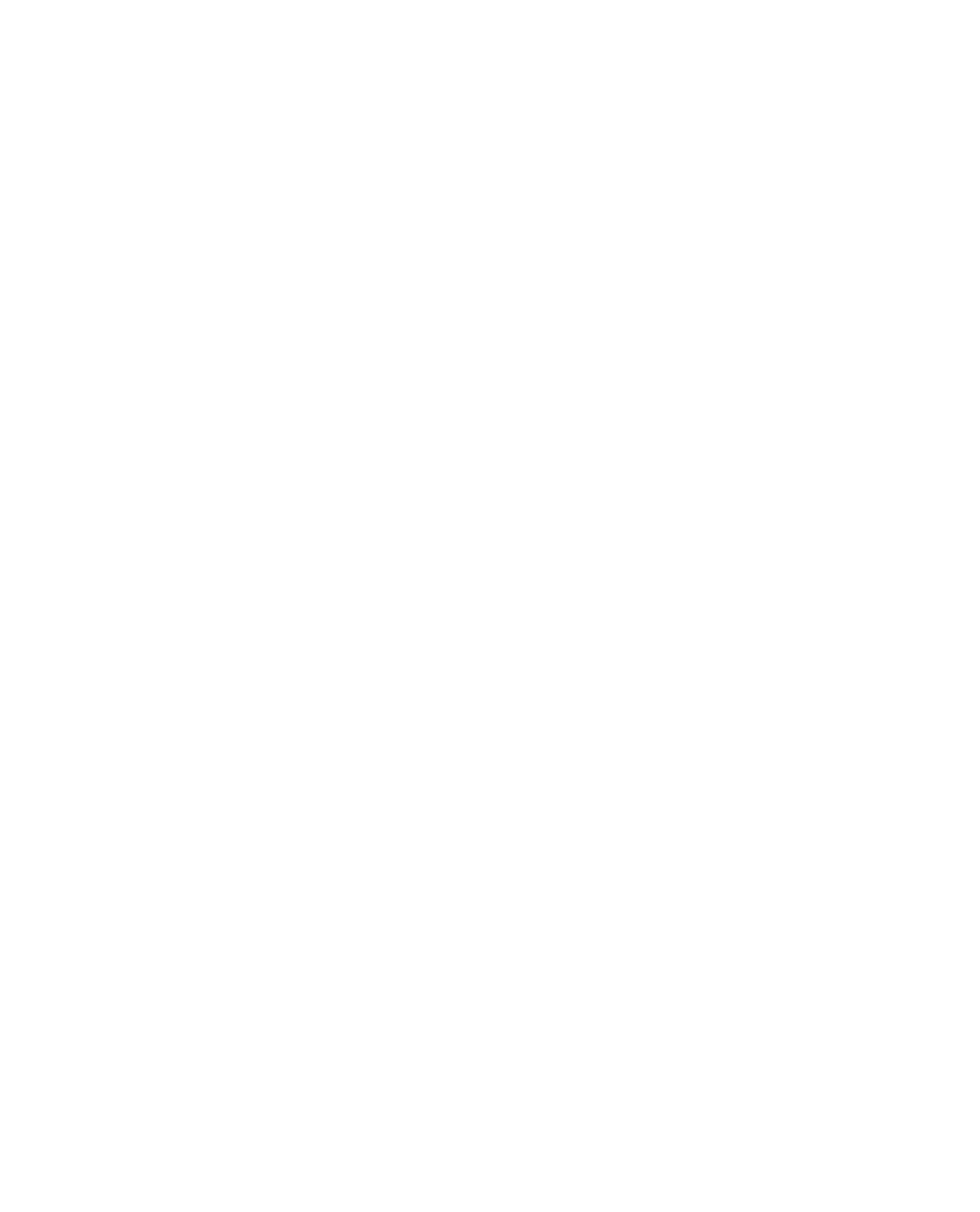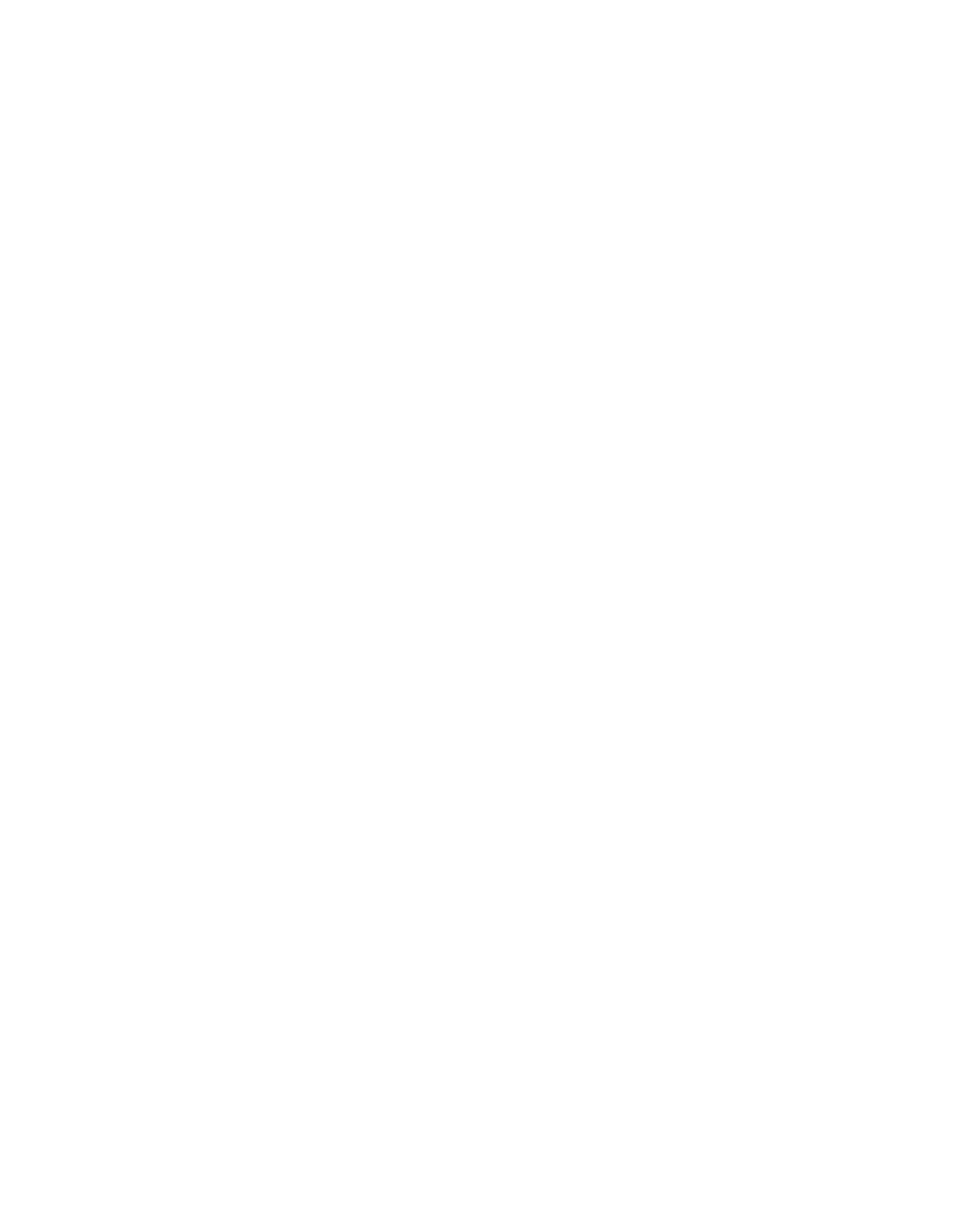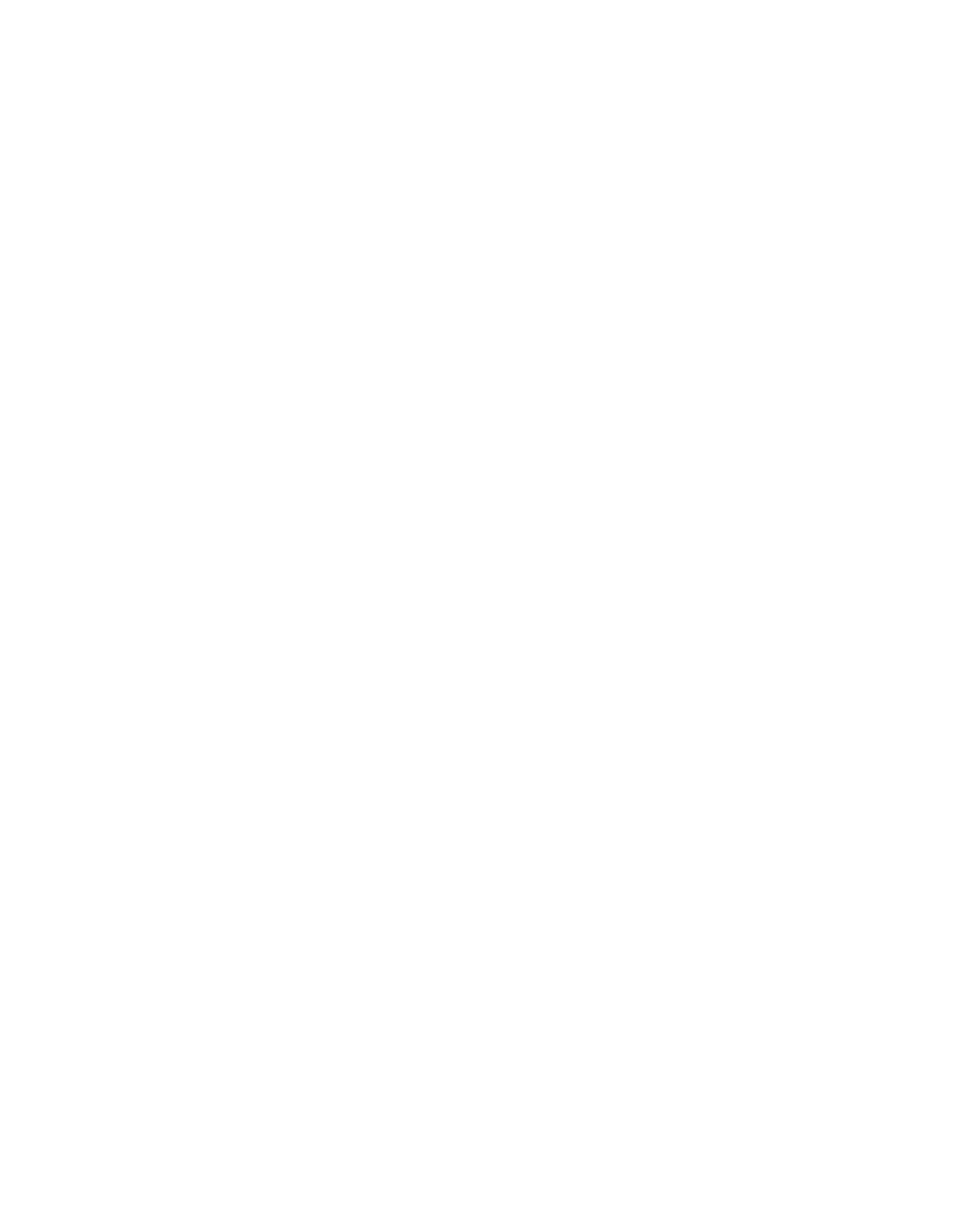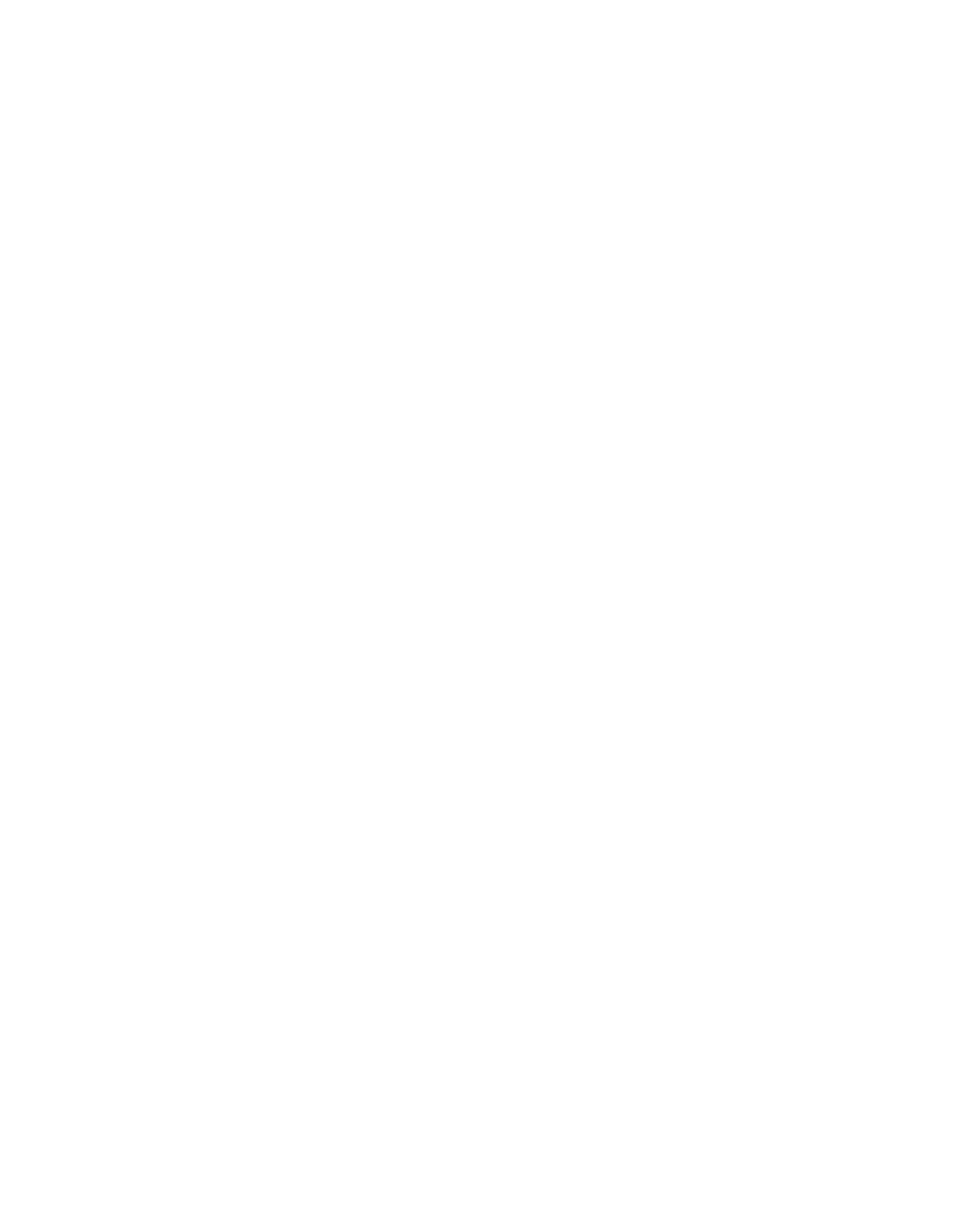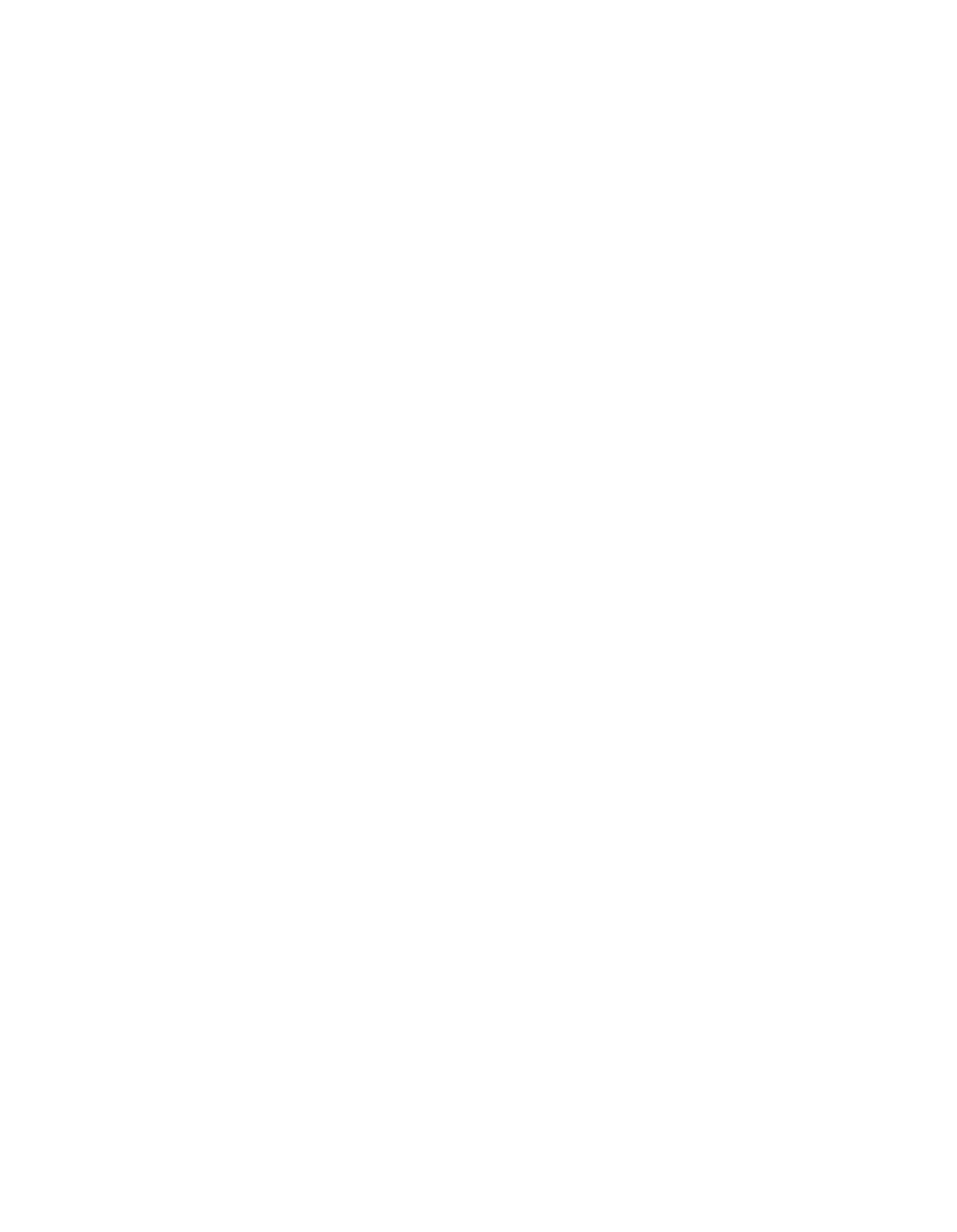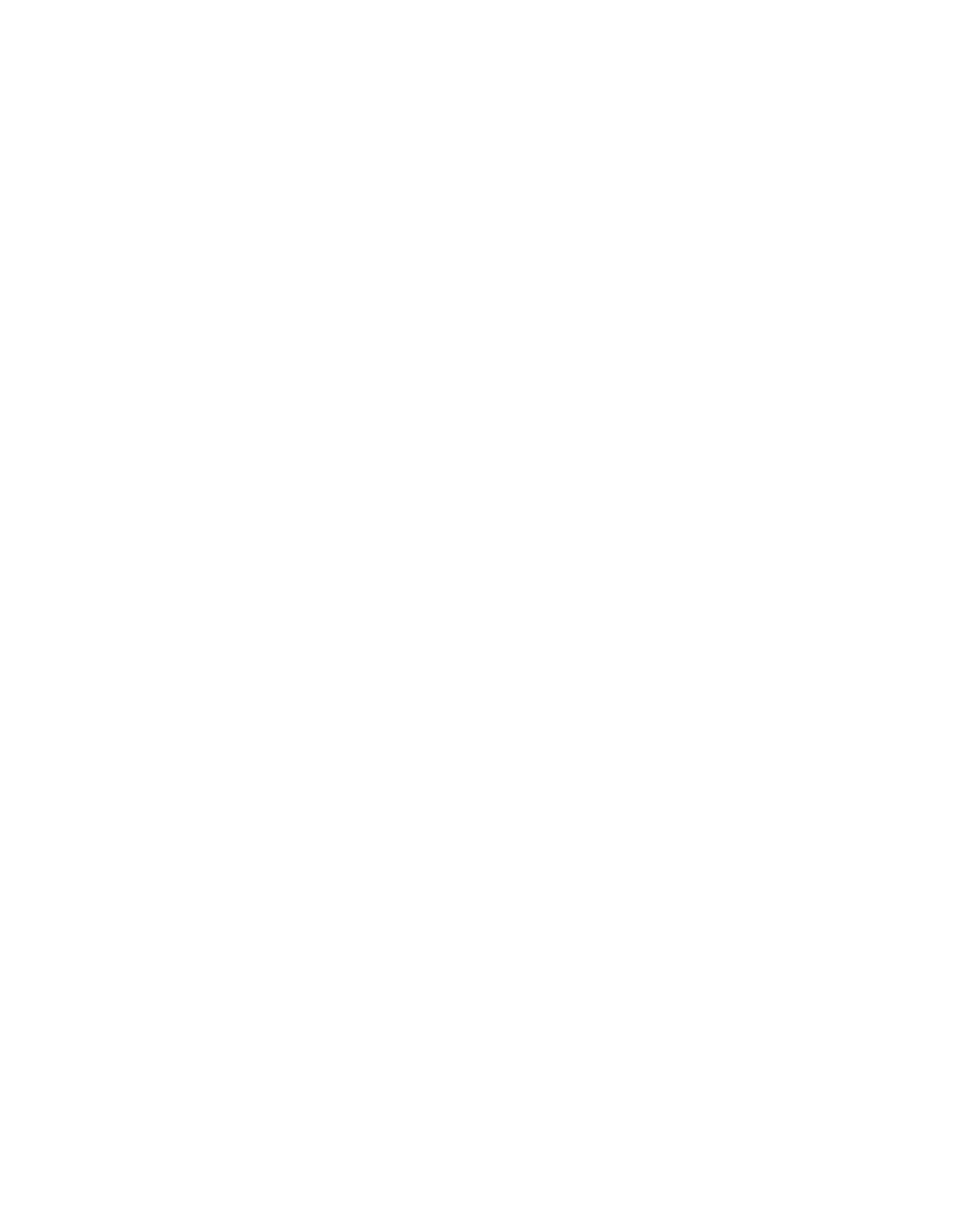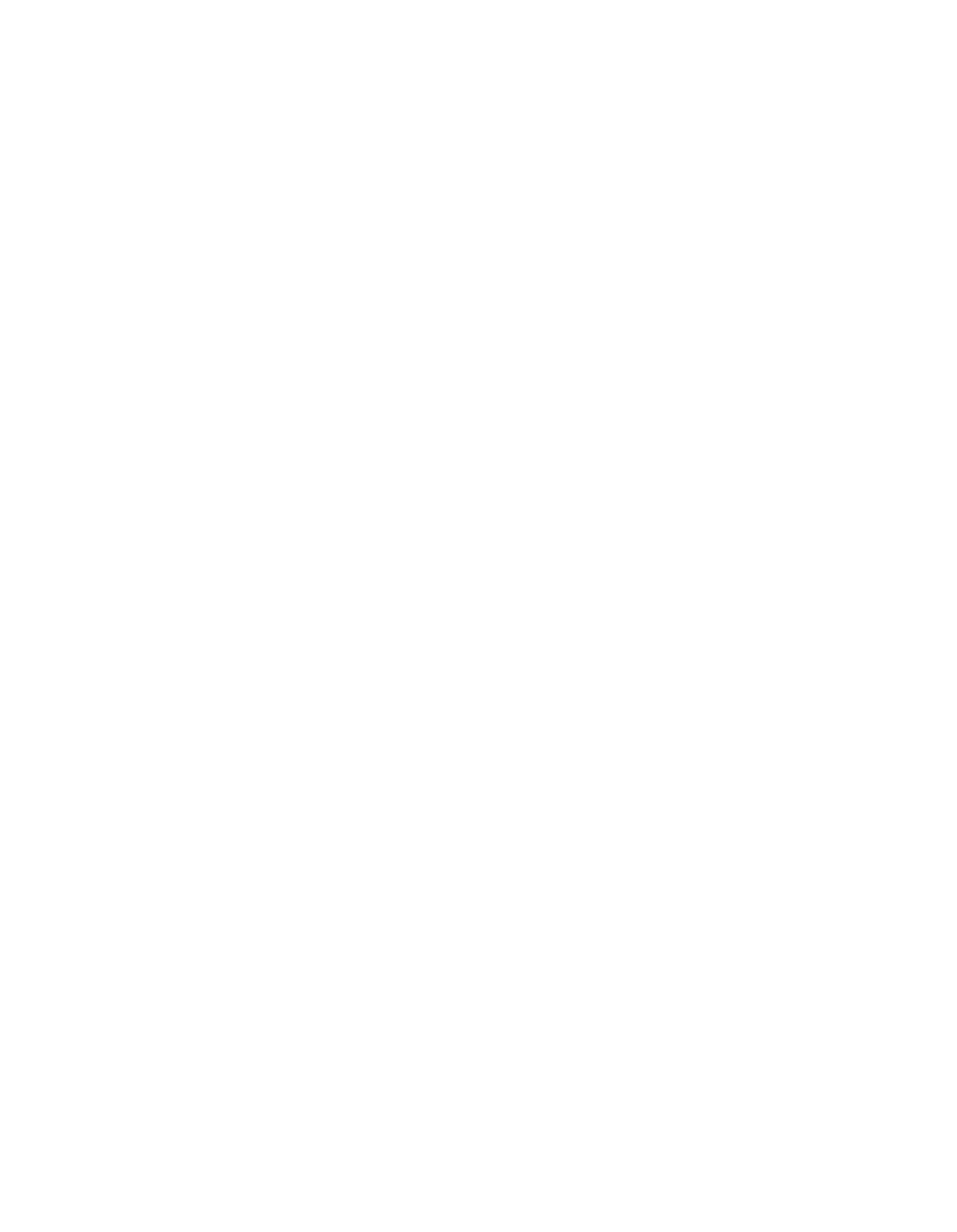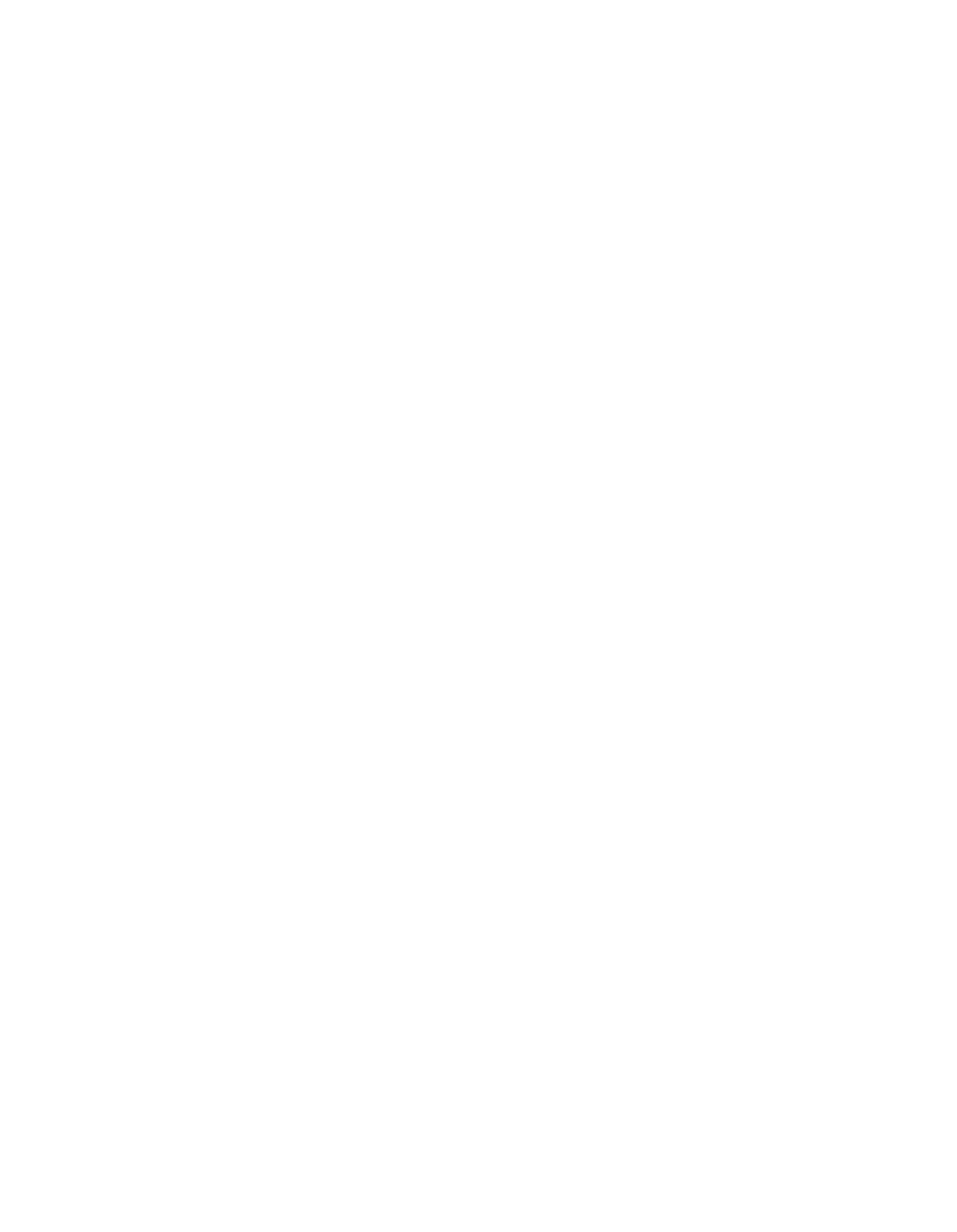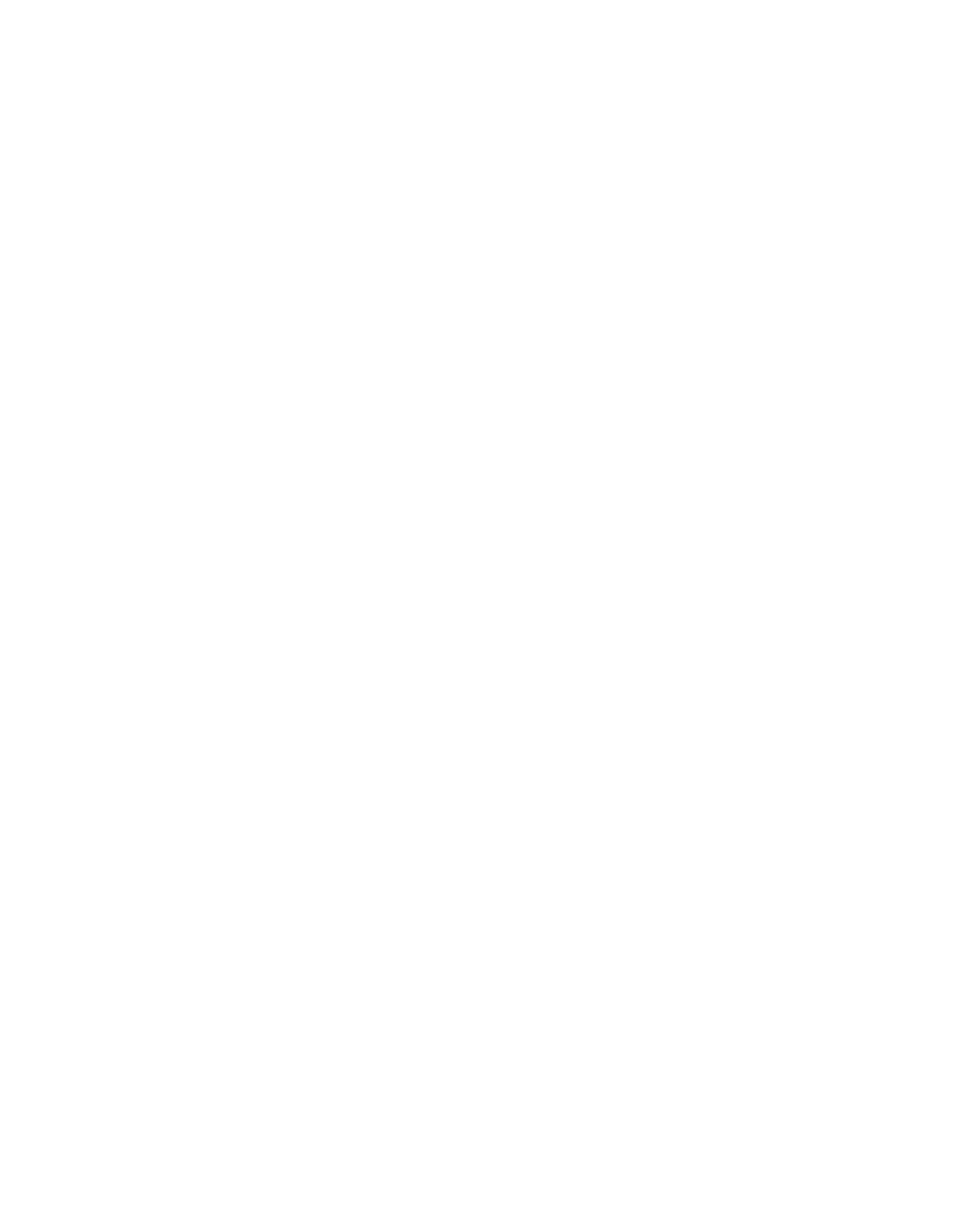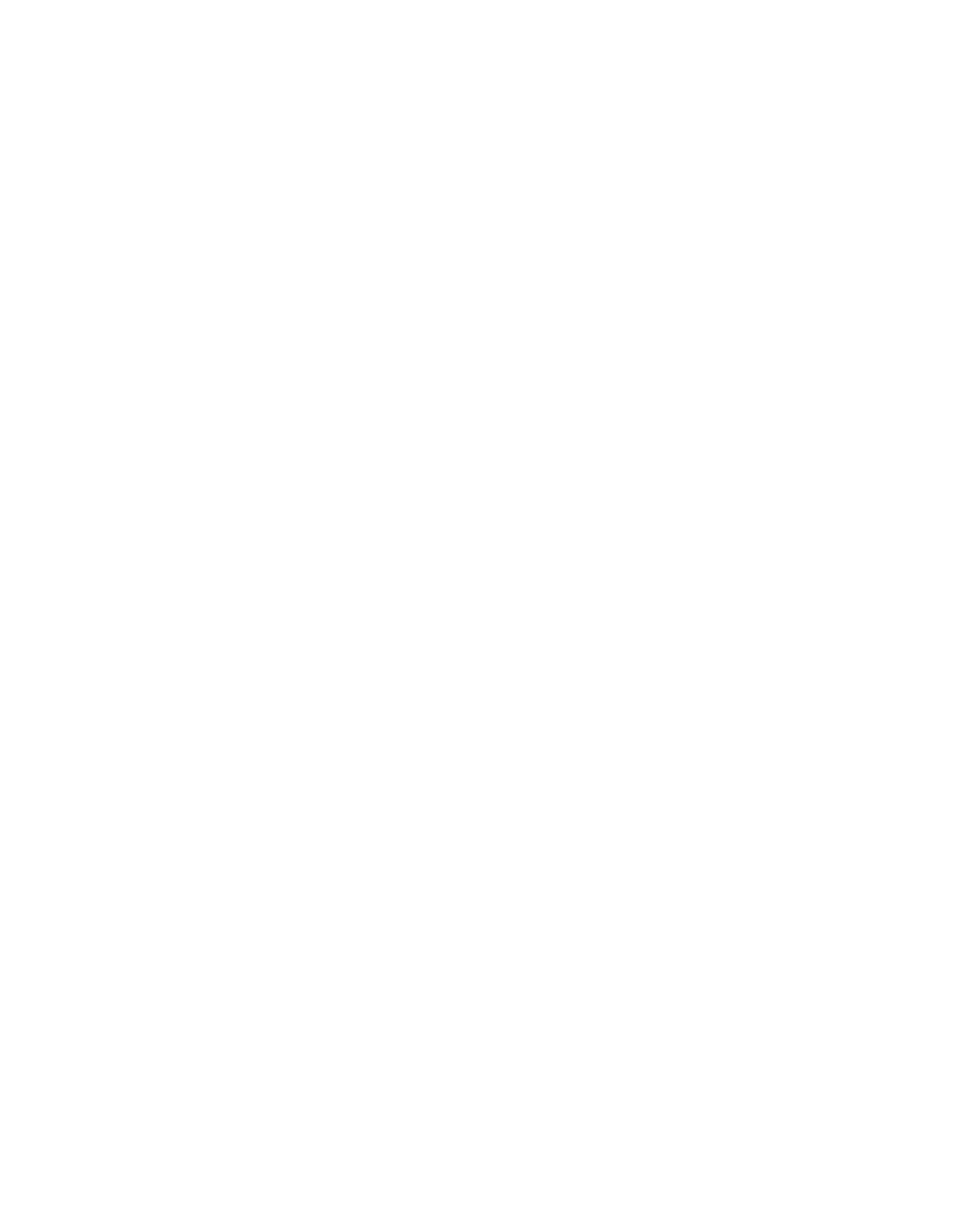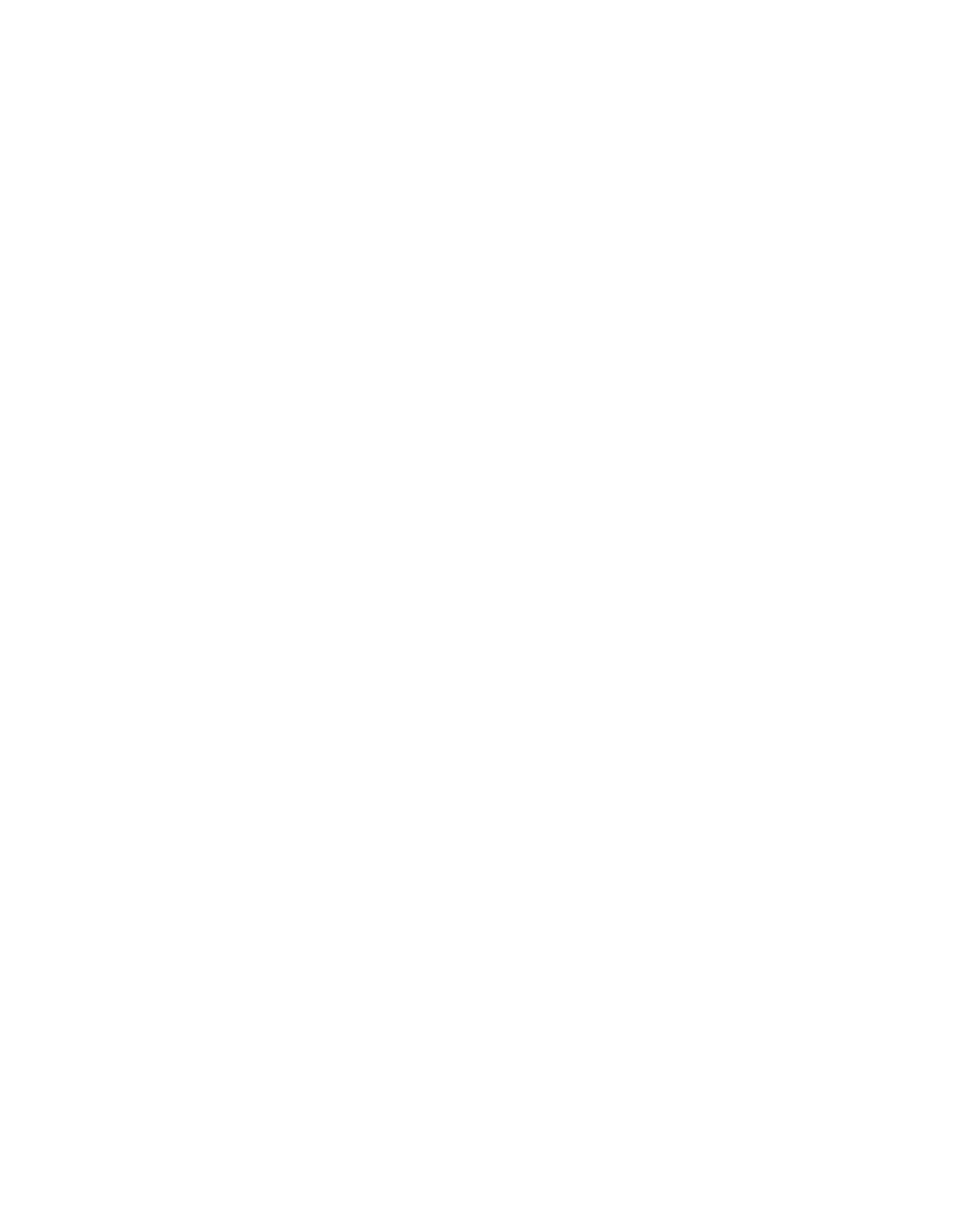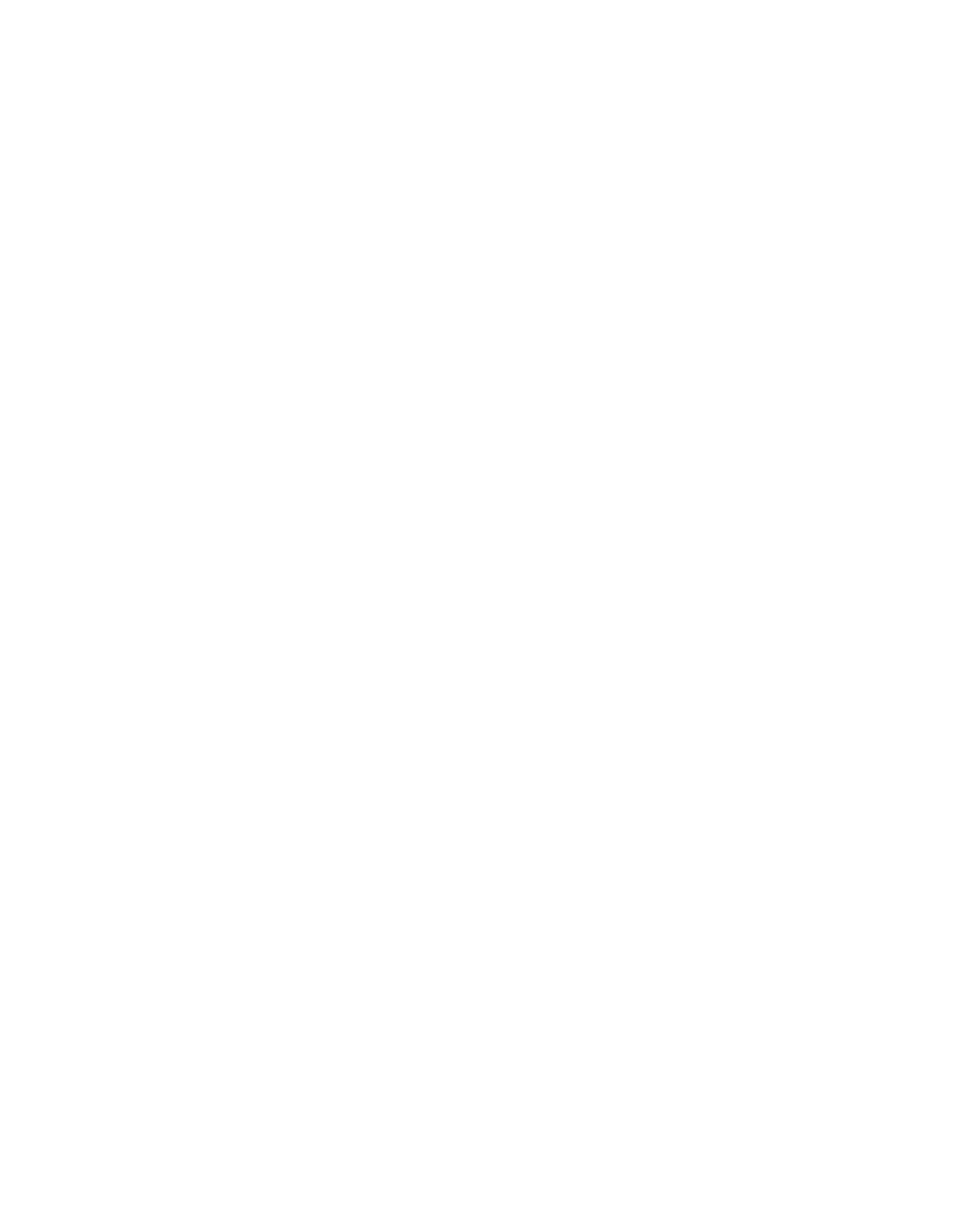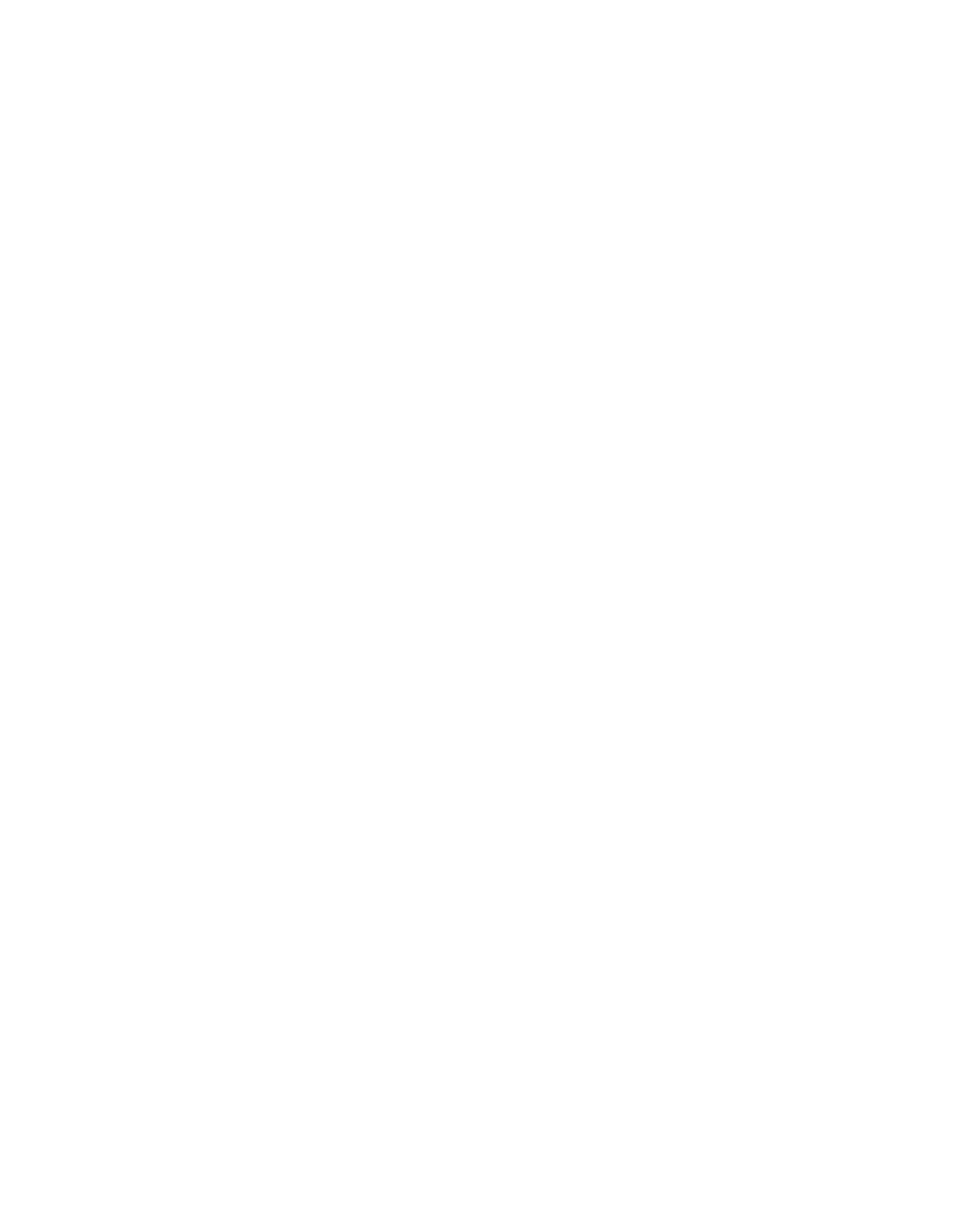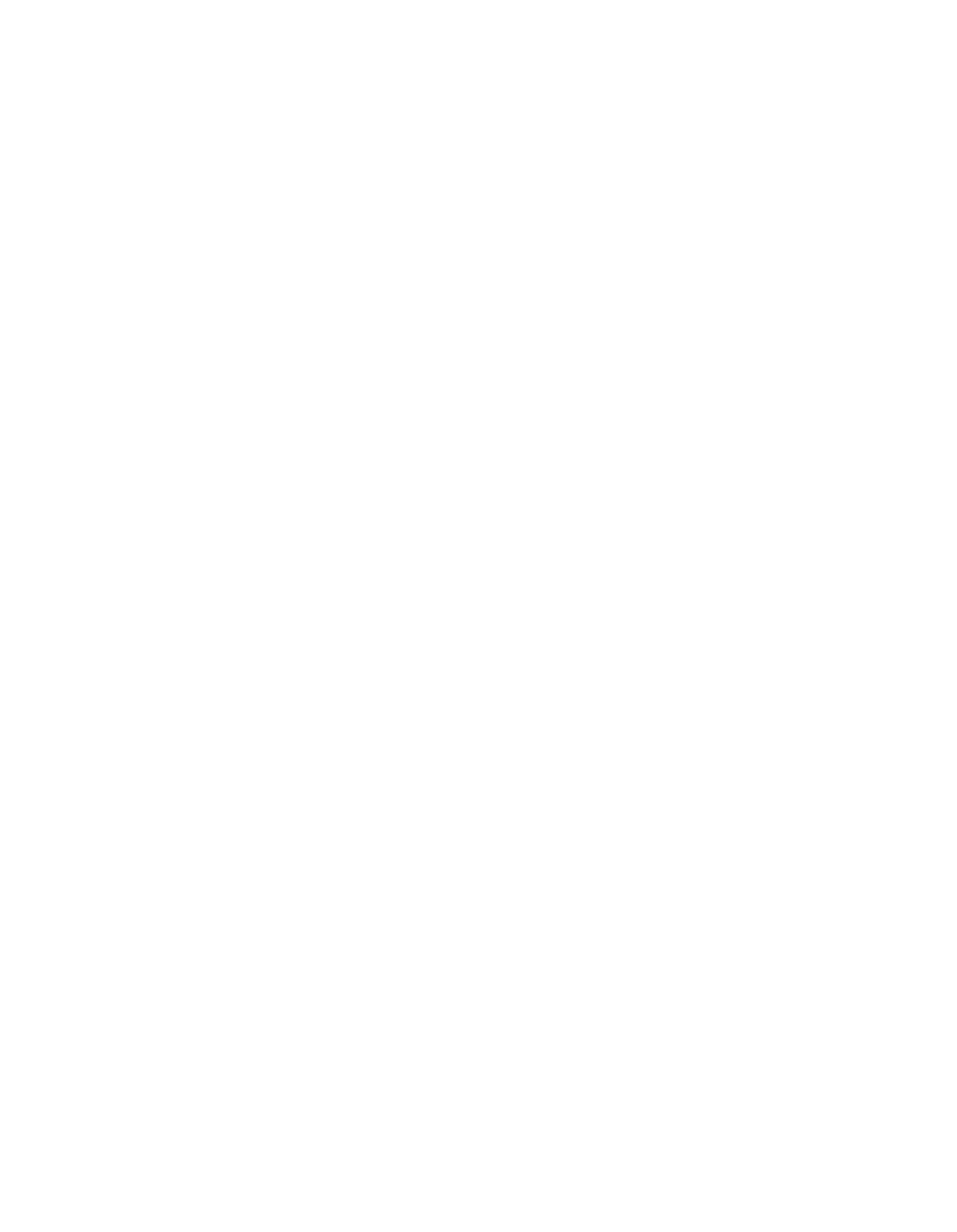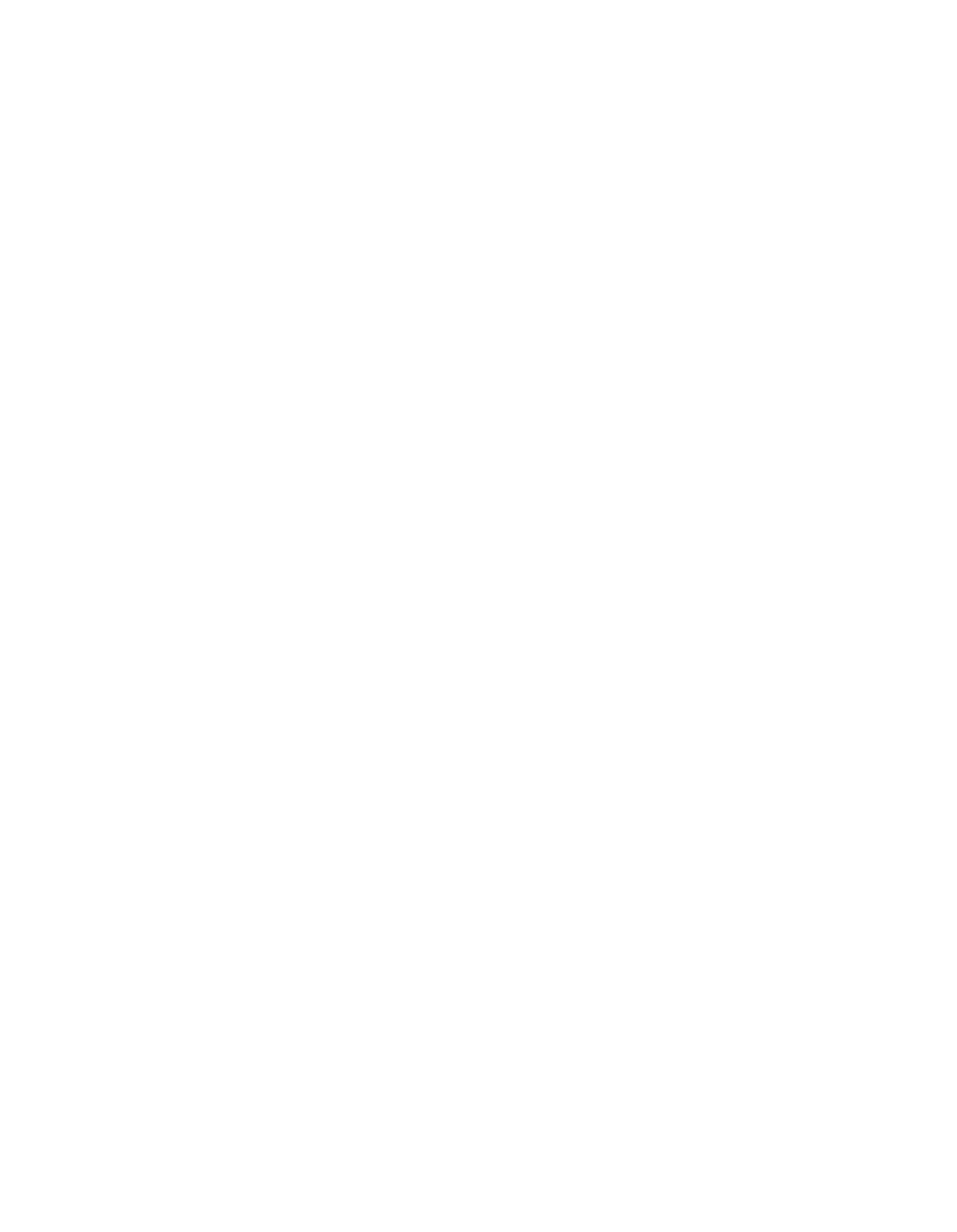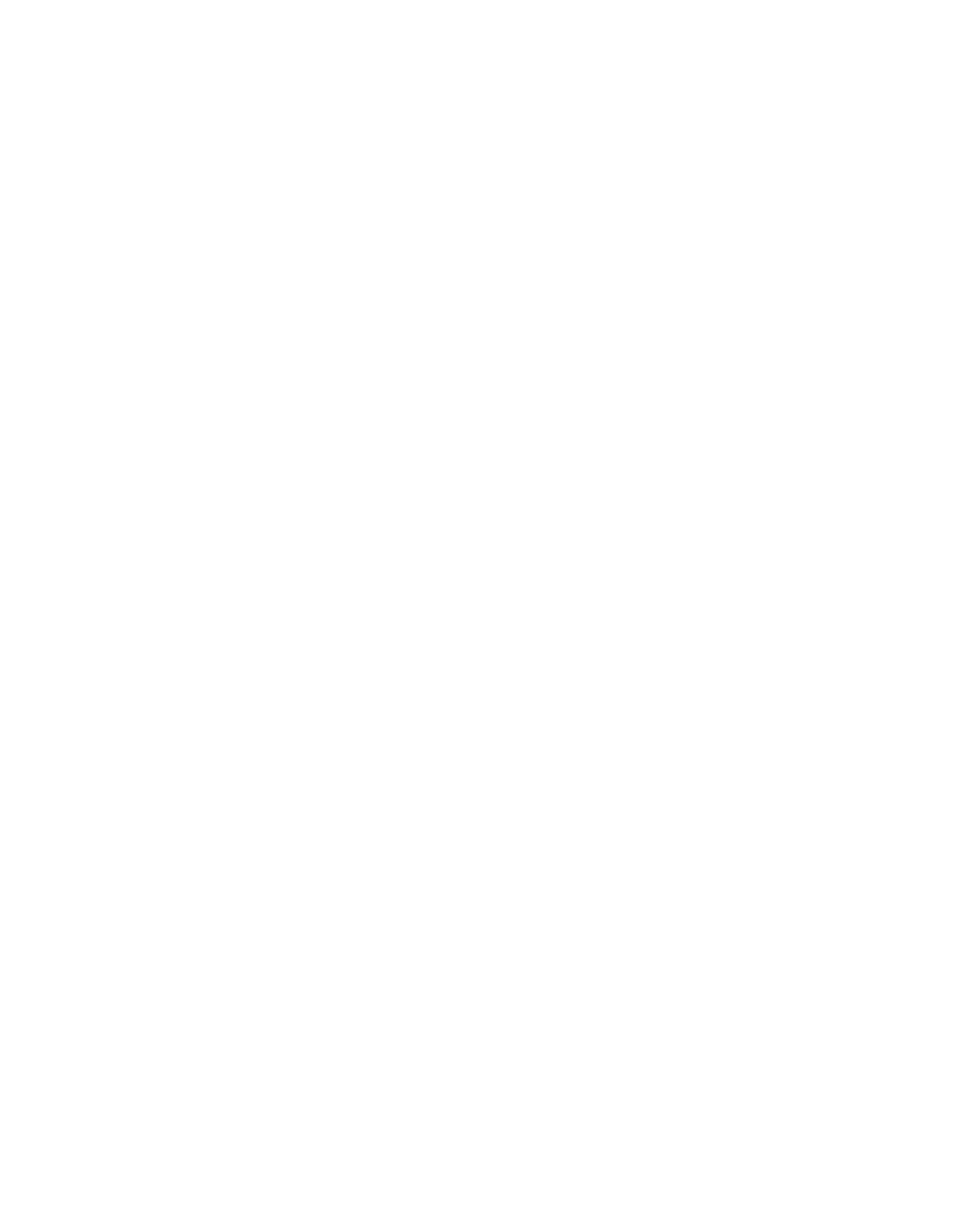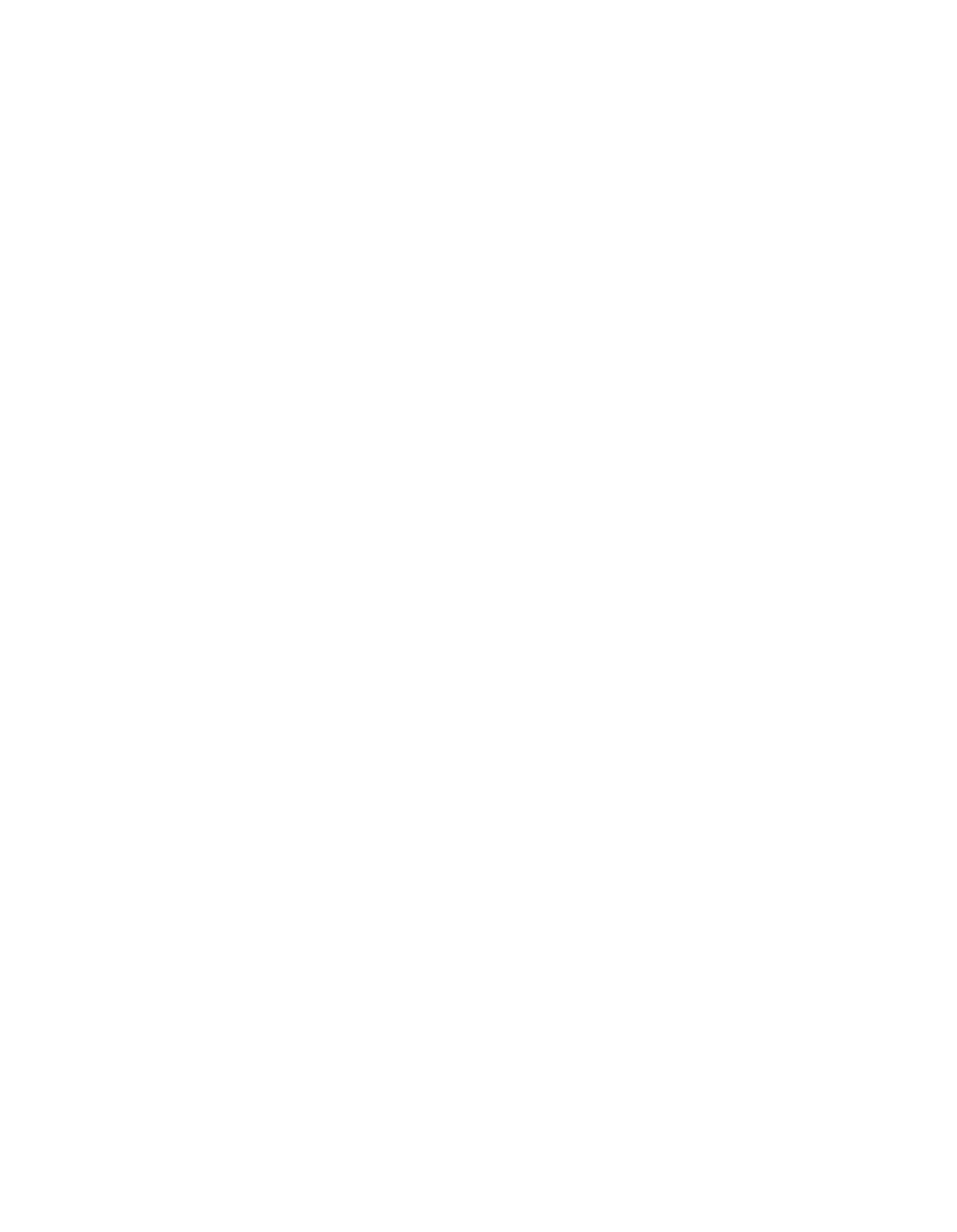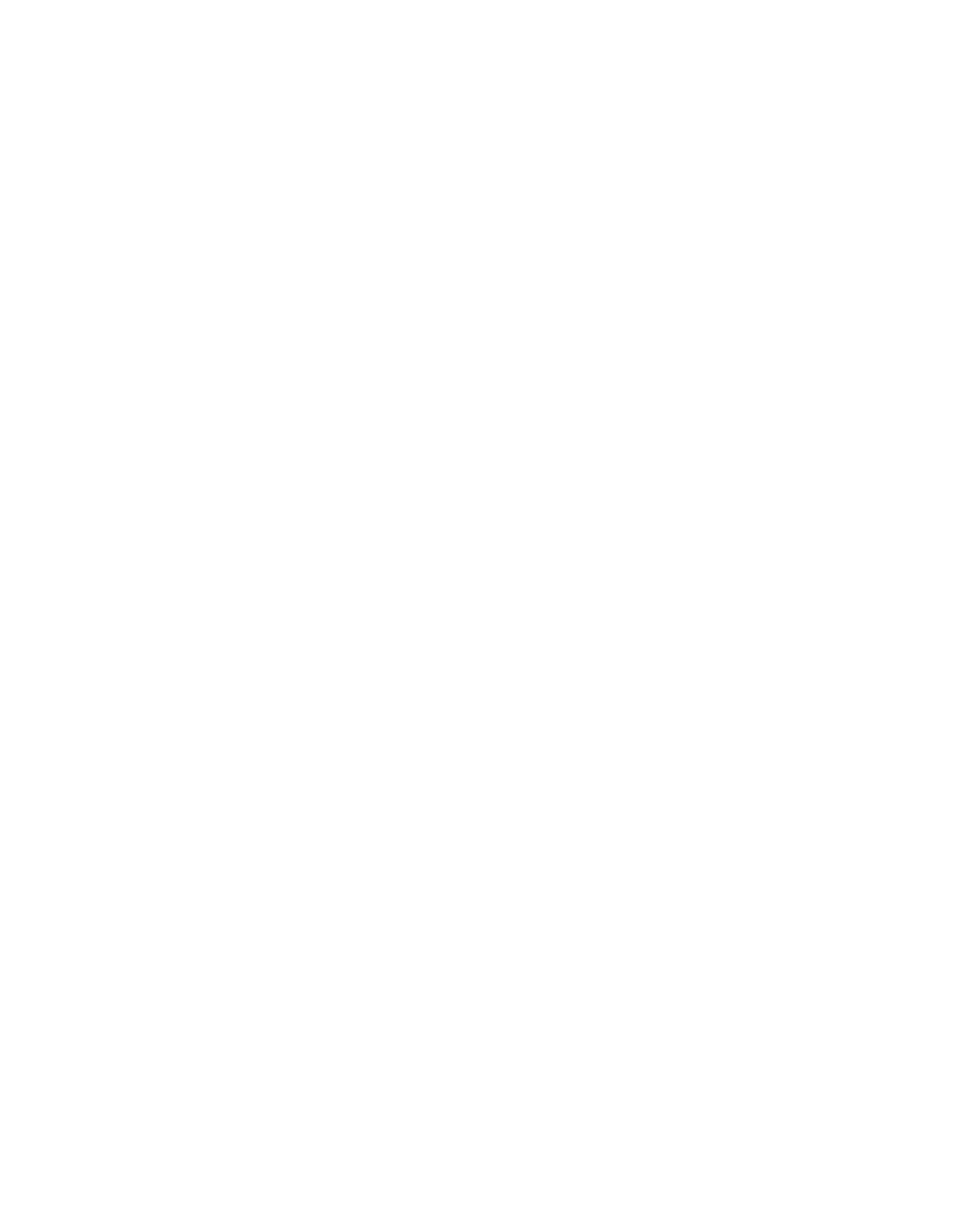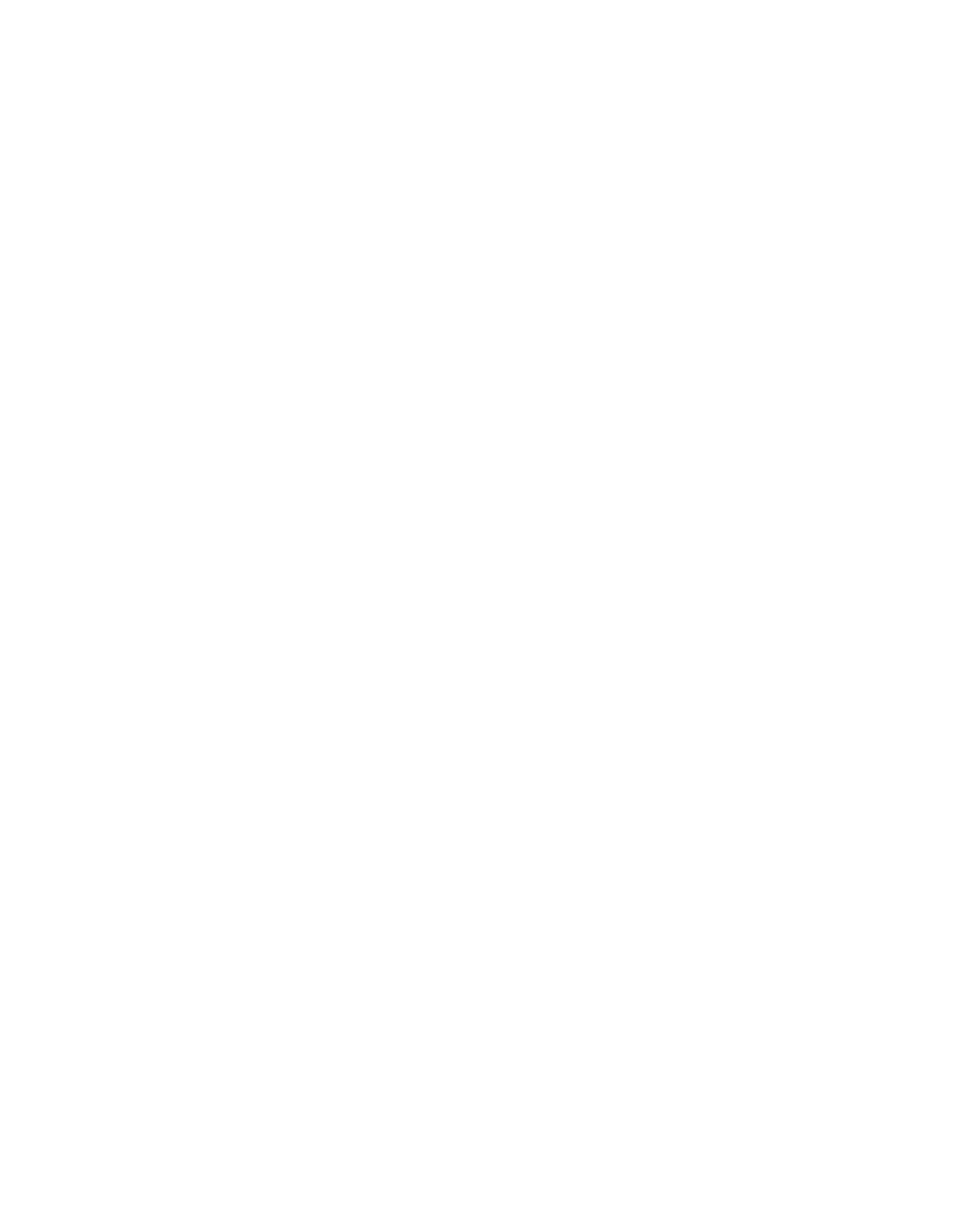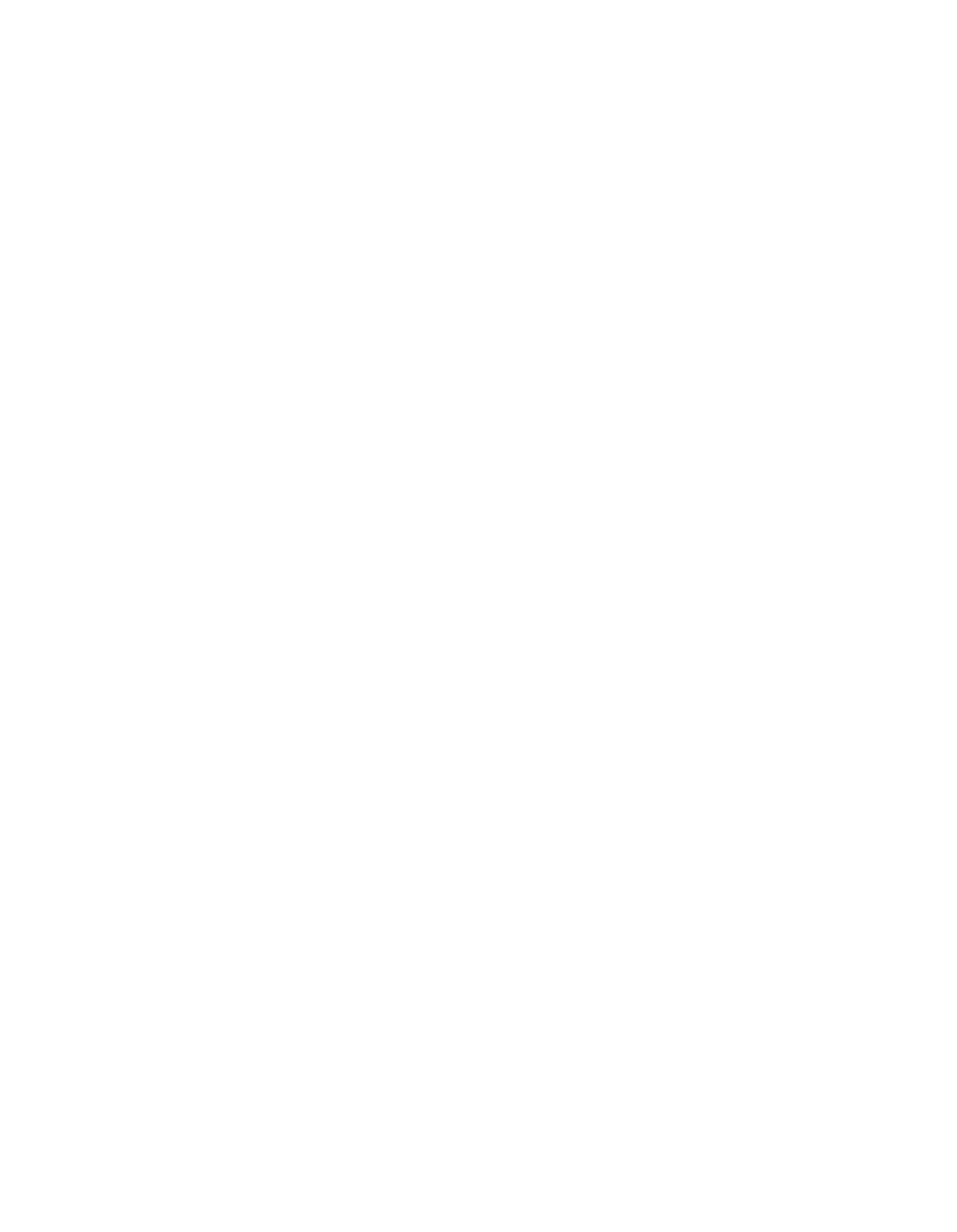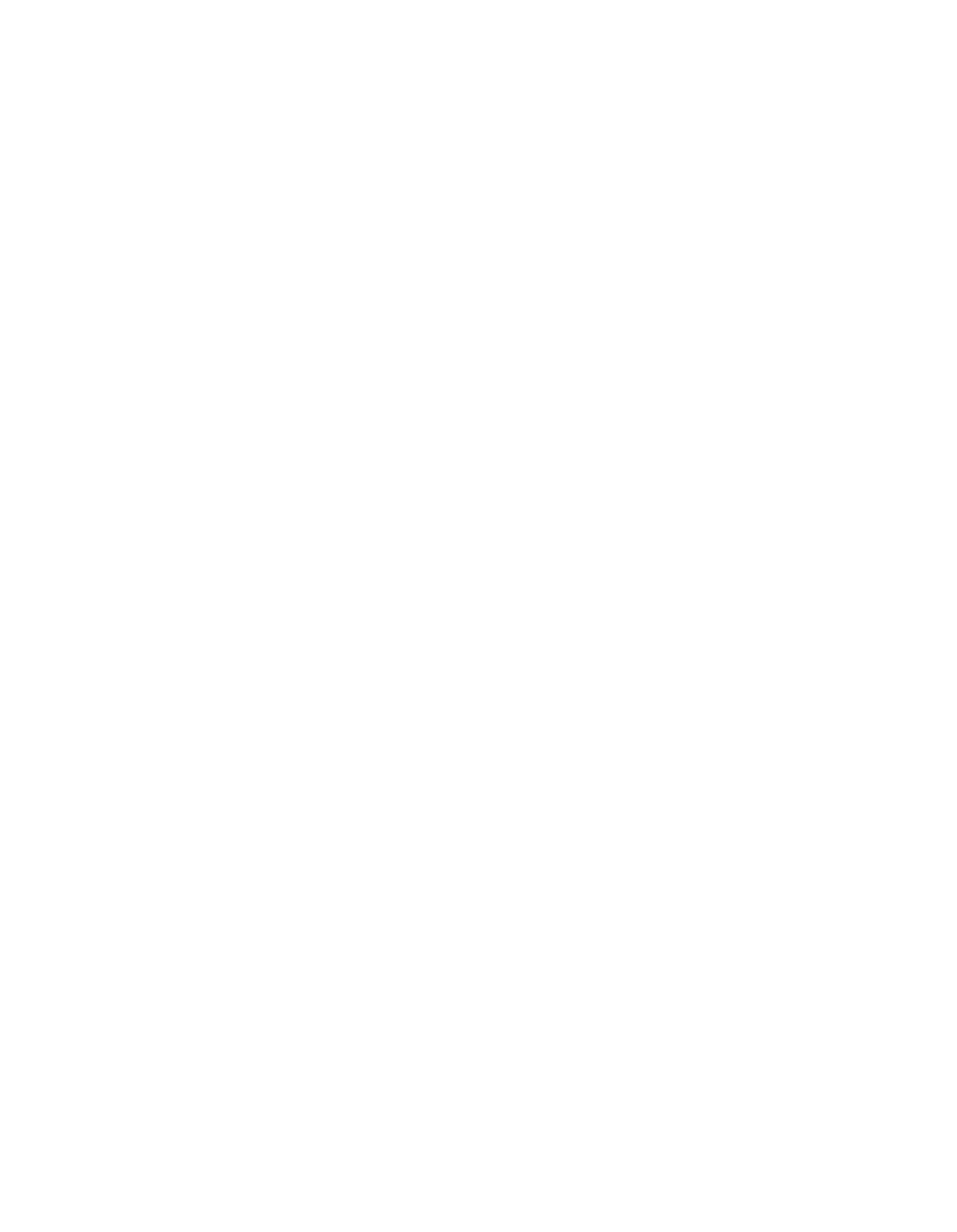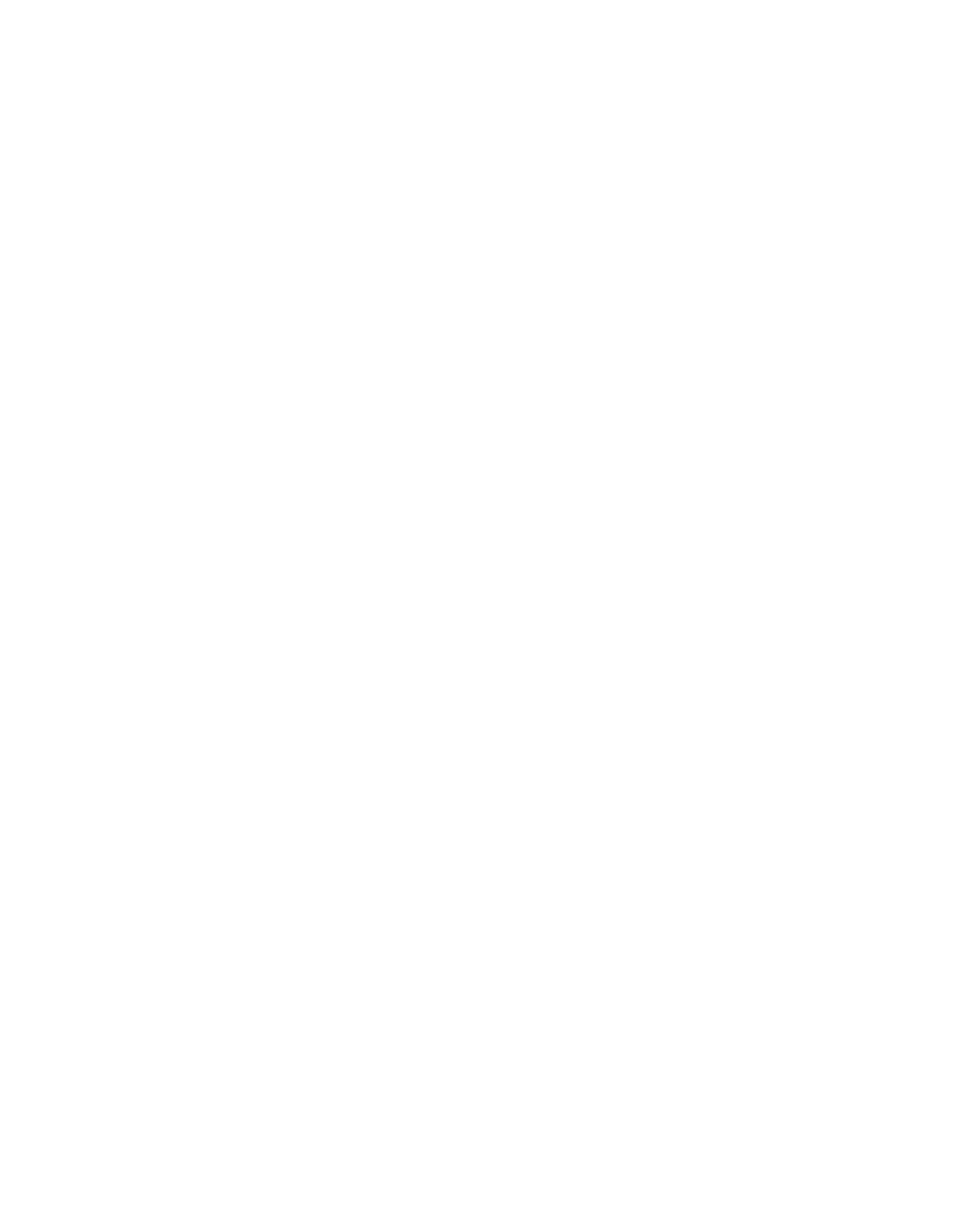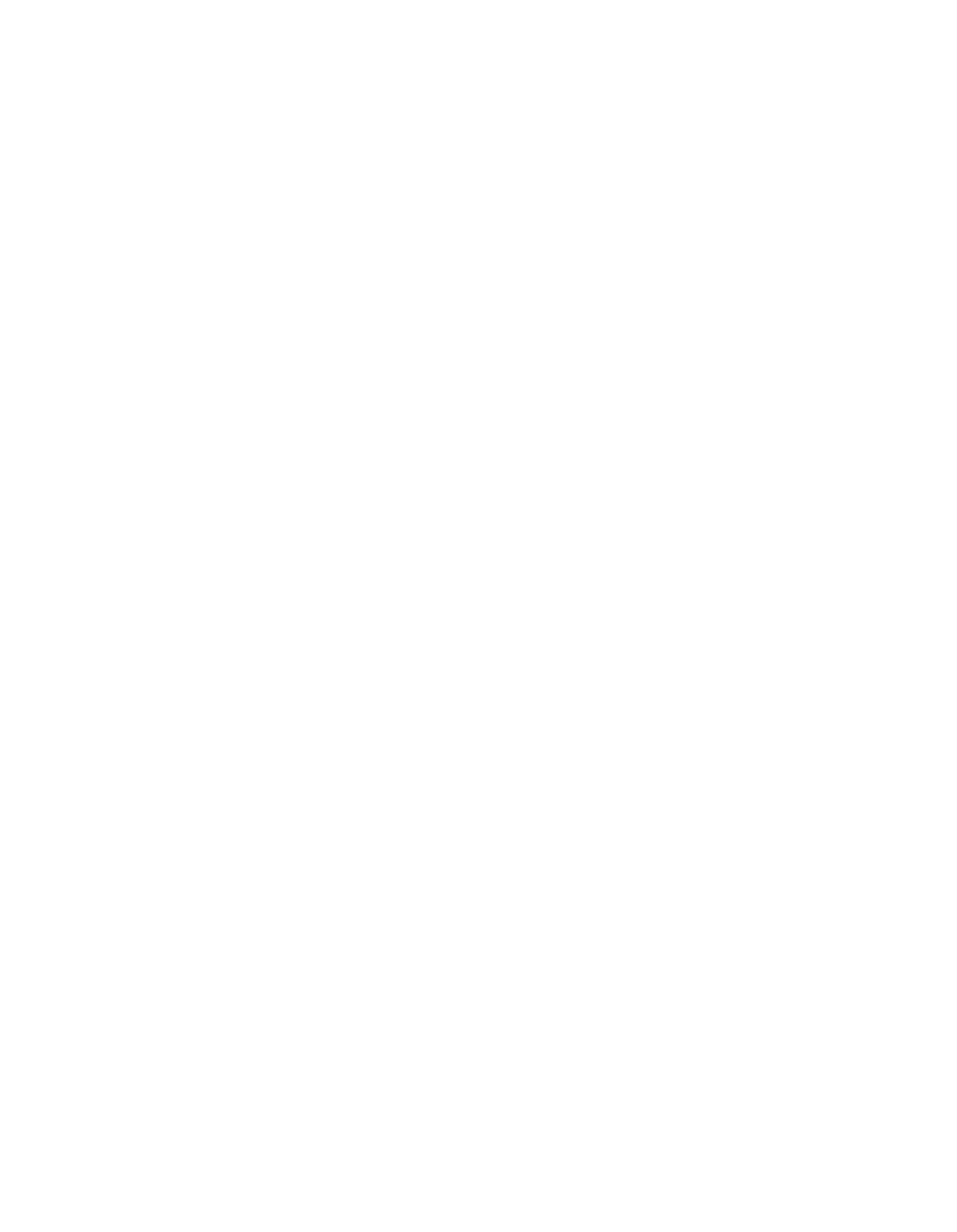ILLINOIS POLLUTION CONTROL BOARD
April
27, 1989
IN THE
MATTER OF:
UST UPDATE, USEPA REGULATIONS
)
R88-27
(SEPTEMBER
23,
1988)
FINAL ORDER.
ADOPTED RULES
ORDER
OF THE BOARD
(by 3. Anderson):
Pursuant
to Section 22.4(e)
of the Environmental Protection Act
(Act),
the Board
is amending
the UST underground storage
tank regulations.
Section 22.4 of the Act governs adoption
of
regulations establishing the
RCRA program
in
Illinois.
Section
22.4(e) provides
for quick adoption of
regulations which
are ‘identical
in substance~to federal
regulations.
Section 22.4(e) provides that Title
VII of the Act and Section
5
of the
Administrative Procedure Act
(APA)
shall not apply.
Because this rulemaking
is
not
subject
to Section
5
of the APA,
it
is not
subject
to first
notice
or
to second
notice review
by the Joint Comittee on Administrative Rules
(JCAR).
The
federal UST rules
are found
at
40 CFR 280.
This rulemaking
updates Illinois’ UST rules
to correspond with major federal
amendments which
appeared
at
53 Fed. Reg. 37082, September 23,
1988.
The Board
proposed
to adopt these
rules
on February
2,
1989.
The
proposal
appeared on March
3,
1989,
at
13 Ill.
Reg.
2650.
The Board has
modified the proposal
in
response to public
cornent
as
is
detailed
in the
Opinion.
The Board now directs
that the rules be~filed with the Secretary of
State.
The Board will withhold filing until
May 26,
1989,
to allow time
for
motions for reconsideration by
the agencies involved
in the authorization
process.
This Order
is
supported by
an
Opinion adopted
this same day.
The
complete text of the proposed rules
follows.
98—43 9
-2—
TITLE
35:
ENVIRONMENTAL PROTECTION
SUBTITLE
G:
WASTE DISPOSAL
CHAPTER
I:
POLLUTION
CONTROL
BOARD
SUBCHAPTER
d:
UNDERGROUND INJECTION CONTROL
AND
UNDERGROUND
STORAGE
TANK
PROGRAMS
PART 731
UNDERGROUND STORAGE TANKS
SUBPART A:
PROGRAM SCOPE AND INTERIM PROHIBITION
Section
731.101
Definitions
and exemptions
Re ealed
731.102
Interim prohibitions
(Re ealed
731.103
Notification Requirements
Re ealed
731.110
Applicability
731.111
Interim Prohibition for Deferred Systems
731.112
Definitions
731.113
Incorporations
by Reference
731.114
Implementing Agency
SUBPART B:
UST SYSTEMS:
DESIGN, CONSTRUCTION,
INSTALLATION AND NOTIFICATION
Section
731.120
Performance Standards for New Systems
731.121
Upgrading of Existing Systems
731.122
Notification Requirements
SUBPART
C:
GENERAL OPERATING REQUIREMENTS
Section
731.130
Spill
and Overfill
Control
731.131
Operation and Maintenance of Corrosion Protection
731.132
Compatibility
731.133
Repairs Allowed
731.134
Reporting and Recordkeeping
SUBPART
D:
RELEASE
DETECTION
Section
731.140
General
Requirements for
all Systems
731.141
Petroleum Systems
731.142
Hazardous Substance Systems
731.143
Tanks
731.144
Piping
731.145
Recordkeeping
SUBPART E:
RELEASE REPORTING,
INVESTIGATION AND CONFIRMATION
Section
731.150
Reporting of Suspected Releases
731.151
Investigatibn due to Off—site Impacts
731.152
Release Investigation and Confirmation
731.153
Reporting and Cleanup of Spills and Overfills
SUBPART
F:
RELEASE
RESPONSE AND CORRECTIVE ACTION
Secti on
731.160
General
731.161
Initial Response
98—440
—3—
731.162
Initial Abatement Measures
and Site
Check
731.163
Initial
Site
Characterization
731.164
Free
Product
Removal
731.165
Investigations
for
Soil
and
Groundwater Cleanup
731.166
Corrective
Action
Plan
731.167
Public
Participation
SUBPART
G:
OUT-OF-SERVICE SYSTEMS
AND
CLOSURE
Section
731.170
Temporary
Closure
731.171
Permanent
Closure
and
Changes-in—Service
731.172
Assessing
Site
at
Closure or Change-in-Service
731.173
Previously
Closed
Systems
731.174
Closure
Records
731.900
Incorporation by reference
(Repealed)
731.901
Compliance Date
(Repealed)
Appendix
A
Notification
Form
AUTHORITY:
Implementing Section 22.4(e) and authorized
by Section
27
of the
Environmental Protection Act
(Ill.
Rev.
Stat.
1987,
ch.
111
1/2,
pars.
1022.4(e) and
1027).
SOURCE:
Adopted
in R86-1 at
10
Ill. Reg.
14175, effective August
12,
1986;
amended
in R86-28 at
11
Ill.
Reg.
6220,
effective March
24, 1987;
amended
in
R88—27 at
13 Ill.
Reg.
,
effective
SUBPART
A:
PROGRAM
SCOPE
AND
INTERIM
PROHIBITION
Section
731.101
Definitions
and
exemptions
_(~pealed)
a~
~@peFatepil
means
any
pe~seni~neent~e1~
ef
e~hav4~n~
Fes~eAs+~+I~ty
fe~1the
da44y
epeFatfen
of
an
~ndeFgFoHnd
ste~agetank1
b~
!.~Qwnep!imeans~-
1~
I-n the ease
of an ~
stePa~etank
i-n ~se en ~4ovem~e~
8~
~984~
e~
b~e~ight
i-nto ~seafter that date; any pe~senwho owns
an
~nde~g~eundste~agetank
dsed
ce~stepa~e1~see~d~s~ens*n~
of
~eg~fl.ateds~bstaneestand
2~
I-n
the
ease
of
any
~
steFa~etank
i-n
~+sebefore
4evem~e~
8;
~984~ ~t
no
1-en~eFi-n
i~seen
that
date1
any
pe~sen
whe owned s~ehtank
i-mmedi-ate4y befe~edi-seenti-n~iati-en of
i-ts
HseT
?3
~.Pe~sen~
has
the
same
meani-ng
as
p~evi-ded4-n
Seeti-en
~O94~3
of
the
Rese~i~ee
GensePv~tfenand Reee~e~y
Act; as
amended7
42
U1S1G1
~991
et seqv) eMeept that s~ehteem 4-nel-~des a eense~t4-wn7a ~e4-nt
vent~fFe7 a
eemme~ei-a1-ent4-ty7 and the United States Geve~nment~
d3
e~~-ated
s~&bstanee~
means
1--)
Any s~staneeof defi-ned
i-n Seeti-en
1QI3~43
of
the
Gemp~ehensi-ve
~nv4-~enmental-
4espense7 Gempensati-en and
54-abi44-ty Act of
I-980
98—44 1
-4-
442
J151G1
9601-
et se~~3
4but ~et i-nel-udi-ng any substance
~egu1-ated
as
a ha~a~deus
waste undeF Subti-t1-e
S
of the Reseu~ee
Gensepvati-en and Reeeve~yAct7 as amended3 and
24
Pet~e1-eum74-neI-udi-n~
e~ude
e4-I-
OF
any
f~aet4-enthe~eefwh4-eh
i-s
I4qui-d
at
standard
eendi-ti-ens
of
tempe~atu~e
and
p~essu~e
(-60
de~~ees
Fah~enhe4-tand
1-4~7 pounds
pe~
square
i-neh
abseTute4r
e)
~Re1-ease~
means
any
spi-~-1-i-ng71-eak4-ng7
emi-tti-ng1
d4-sehap~4-n~7
eseap4-n~1I-eaehi-ng
OF
di-spesi-ny f~eman undeFgFound stoFa~etank
i-nt6
gFoundwateF7
s~~~aee
water
op
sHbsuPfaee
sei4s~
f3
~Ynde~~~ound
ste~agetank~means
any
one
e~eembi-nati-en of tanks
4i-ne4-udi-ng unde~g~eund
pi-pes connected the~ete3whi-eh
4-s used to
centai-n
an
aeeumu1-ati-en
of
~e~4ated
substances7
and
the
ve~umeof
wh4-ch
4i-ne1-udi-n~the
vel-wne
of the unde~g~ound
pi-pes connected
the~eto4
i-s
ten pe~eentwn
op
more beneath the s~wfaeeof the
g~eund~Such tePFR does net
i-ncl-ude any~-
1-3
~a~m
e~pesi-dentfal- tank of 1--199
gafl-ons
op
1-ess
eapaei-ty used
fe~ste~i-ngmetes
fue1- fe~nencemme~e4-al-puFpeses1
23
lapk used fe~ste~i-n~
heati-n~
ei-l-
fe~eensumpti-ve use on the
p~emi-seswhen
stoFed7
~4
Septi-e
tank7
43
Pi-pel-i-ne
faci4i-ty
44-ne1-ud4-n~ gathe~i-ng1-i-nes)1
S4
Re~u1ated
under the Natupal- Gas
P4-pel-i-ne Safety Act of
1-968 449
Y1-S1GT
1671 et~seql3
OF
64
Re~u1-atedunder the
Haaa~dous64.qui-d
Pi-pel-i-ne
Safety
Act of
1979
449
UTSrGT
2991-
et seql) o~-
73
Regulated under the
I-ll-i-noi-s
Gas
P4-pci-i-ne Safety Act7
Il-Ir
Rev~
Stat1 198~eh1 111 ~
paPsr
~51et seqr;
83
Su~faeei-mpoundment7
p4-t pond e~lagoon7
94
Ste~mwater
OF
wastewate~eel-leeti-en system7
1-04
~4-ew—th~eugh
process tank1
1-14
6i-qui-d tPap
o~asseei-ated
gathe~i-ng1-4-nes
d4-~ectl-y~ei-ated to
oi-l
o~gas p~eduet+onand gathep4ng ope~ati-ens7e~
123
Ste~agetank si-tuated
i-n
an
unde~g~eund
area
(-such
as
a
basement7 eefla~7m+newo~k+ng7dpi-ft7 shaft o~tunnel3
i-f the
storage tank
i-s
si-tuated
upon o~
above the su~faeeof the
undes4-gnated f1-ee~7
133
Any
pi-pes connected to any tank
whi-eh
i-s
dese~4-bedi-n
subsecti-en
4d341-4
th~eugh
4d)4124r
98—442
—5—
(Source:
Repealed
at
13
Ill.
Reg.
,
effective
)
Section 731.102
Interim prohibitions
(Repealed)
a3
Between May ~
1-98S and the effeeti-ve date of the standards
p~emul-gatedby the Adm4-ni-st~atopof the Yni-ted States Envi-ponmental-
P~oteeti-onAgency
under
Seeti-on
9993e4
of the Ma~a~dous
and
SoI-4-d
waste
Amendments
of
1-984
442
YTSTGT
6991
et
seqv3
no
pe~senmay
i-nstall
an unde~g~ound
storage tank fo~the purpose
of sto~4-ng
regulated substances unless such tank whethe~ of
si-ngle o~double
wall
eonstpueti-on3~
13
Wi-Il pFevent
pci-eases due to copposi-on e~stpuetupal-
fa4-1-u~efo~
the ope~ati-ona1- li-fe of the tank~
23
I-s
cathod4-eall-y
protected aga4-nst eo~pos4-on7eenst~uctedof
nenceppesi-ve matepi-aI-7 steel
el-ad
wi-th
a
nenee~~osi-ve
matepi-al-
o~desi-gned
i-n
a manner to prevent the pci-ease op threatened
pci-ease
~f
any
ste~edsubstaneet
and
34
The matepi-al used
i-n
the constpueti-en o~l-4-n4-ng of the tank
i-s
cempati-ble
wi-th the substance to be stoped1
b3
t4otwi-thstand4ng subseeti-en
4a37
i-s
seil- tests conducted
i-n aecoPdanee
wi-tb
ASTM
Standard
GS~—787 i-neo~pe~ated
by
pefe~eneei-n
Seeti-en
731r909;
show
that
sei-l
~es+st+v+ty
i-n
an
i-nstallati-en
locati-on
i-s
1-2~-9G@ohm—em o~mo~e7a ste~agetank wi-thout
cepposi-on
pPetecti-on
may be i-nstall-ed
i-n that
l-oeati-on du~i-ngthe pe~i-od~efe~~edto
4-n
subseeti-en
4a3r—
(Source:
Repealed
at
13
Ill.
Reg.
,
effective
Section
731.103
Notification
Requirements
(Repealed)
a4
~aehewne~of
an unde~g~eund
stoPage tank eu~~ently
i-n use shall
subm4-t7
i-n the form ppese~i-bed 4-n Append4-M A7
a
noti-ce of the
exi-stenee
of
such tank tei-
Unde~g~ound
Storage Tank Goopd4-nato~
D4~i-si-en of
~4-peP~eventi-en
9ffi-ee
of State
Fi-pe
Marshal
31~GExeeuti-ve
Park
9pi-ve
Sppi-ngf4-eld;
I-6
62703—4699
b3
~aehowner of
an unde~g~ound
stopage tank taken out
of ope~at4-on
after ~anua~y
17
1974~4unless
the ewne~knows that such tank has
been ~emevedfrom the gFound3 shall subm4-t7
i-n the fepm p~esc~i-bed
4-n
Appendi.x
A1
a
noti-ce of the exi-stenee
of such tank to the address
speei-fi-ed
i-n subseeti-en
~a3r
?3
Any ewne~who b~4-ngsan unde~g~ound
stoFage tank
i-nto use
shall7
wi-th4-n 39 days after b~4-ngi-ng such tank
i-nte use7
subm4-t7
i-n the form
p~esc~i-bed
4-n
Append4-x
A7
a
noti-ce of the exi-stenee
of such tank to
98—443
-6-
the address
spee4-fi-ed
i-n
subseeti-en 4a4r
e3
Owners ~equ4-ped
to
submi-t noti-ces undee subseeti-ens
(-a-) th~eugh
4?)
shall
peevide
neti-ees
to
the
agency
speei-fi-ed
i-n
subseeti-on
(-a-) fee
each
tank
they
OWAr
Ownees may peevi-de
noti-ce
fee
seveeal
tanks
on
one
fopm7
but
ownees
who
own
tanks
located
at
mece
than
one
place
of
opeeat+en
shall
fi-l-e
a
sepacate
neti-fi-eati-en
foem
fee
each
sepaFate
place of epeeatR-onr
f3
~4eti-eessubmi-tted
undee
subseetions
4a3
theough
4?)
must p~evi-deall
of the i-nfopmati-on i-ndieated
on
the fecm
i-n Appendi-x A
fee each tank
feF
whi-eb
noti-ce must be
gi-ven1
g4
Theough ~uae
8~1-987~any person who deposi-ts cegulated substances
i-n
an undeegeound stoPage tank shall make
peasonabl-e effects to
neti-fy
the ewne~op opecatoc of
such tank of the ewnep!s
obl-i-gati-ens ~nde~
subsecti-ens
4a3 tb~eugh
(-e3r
h)
Begi-nni-ng
30
days
aftee
the
Yni-ted
States
Envi-penmental-
Ppoteeti-on
Agency
i-ssues
new
tank pe~fecmaneestandaeds puesuant to Secti-en
9094e-
of the Reseuece Sonse~vati-on and Recevecy Act1 any peesen who
sell-s a tank i-ntended to be used as
an unde~g~eund
ste~agetank shall
neti-fy the puechasee of such tank
of the
~
neti-fi-eati-en
ebl-i-gati-ons undee subseeti-ons 4a4 through (-cr
4-3
Subsecti-ons
4a4 theough
(-?3
do not app1-y~totanks fee whi-eb neti-ce
was
gi-ven puesuant to
Seeti-en
193(-c4 of the Gompeehensi-ve
Envi-eenmental
Response7 Gempensati-on and I~i-abi-li-tyAct of 1980w—
(Source:
Repealed at
13 Ill. Reg.
,
effective
)
Section 731.110
Applicability
a)
This Part applies
to owners
and operators
of
an Underground Storage
Tank
(UST)
system as defined
in Section
731.112 except
as otherwise
provided
in
subsections
(b),
(c)
or
(d).
Any UST system listed
in
subsection
(c) must meet the requirements of Section 731.111.
j~j
The following UST systems are excluded from the
requirements
of this
Pa rt:
fl
Any UST system holding hazardous waste
or
a
mixture
of
such
hazardous
waste
and
other
regulated
substances.
~j
Any
wastewater
treatment
tank
system
that
is
part
of
a
wastewater treatment facility regulated under Section
12(f)
of
the Environmental
Protection Act
(Ill.
Rev.
Stat.
1987,
ch.
111
1/2,
par. 1012(f)).
j~j Equipment or machinery that contains regulated substances
for
operational
purposes
such
as
hydraulic
lift tanks
and
electrical
equipment tanks.
~J
Any
UST
system whose capacity
is
110 gallons
or
less.
98—444
—7-
~j
Any UST
system that contains
a de minimus concentration of
regulated
substances.
~j
Any emergency spill
or overflow containment UST system that
is
expeditiously
emptied
after
used.
~j
Deferrals.
Subparts
B,
C,
D,
E and
G do not apply
to any of the
following types
of UST systems:
~J
Wastewater treatment tank systems;
Any UST
systems containing
radioactive
materials that are
regulated
by
the
Nuclear
Regulatory
Commission
under
the
Atomic
Energy Act of
1954
(42 U.S.C.
2011
et seq.)
~j~j Any UST system that
is
part of
an emergency generator system at
nuclear power
generation facilities
regulated by the Nuclear
Regulatory
Commission
under
10
CFR
50,
Appendix
A,
incorporated
~y
reference
in
Section
731.113
4)
Airport
hydrant
fuel distribution
systems; and
~j_
UST systems with field—constructed tanks.
~ft
Deferrals.
Subpart
D does not
apply to any UST system that
stores
fuel
solely for use by emergency power generators.
(Source:
Added
at
13
Ill.
Reg.
,
effective
Section
731.111
Interim
Prohibition
for
Deferred
Systems
~j
No
person
shall
install
an
UST
system
listed
in Section
731.110(c)
for the purpose of storing regulated substances unless
the UST system
(whether of single
or double—wall
construction):
fl
Will
prevent releases due
to corrosion or structural
failure for
the operational
life of the
UST system
~j
Is cathodically protected against corrosion,
constructed
of
noncorrodible material,
steel
clad with
a noncorrodible
material,
or designed
in
a
manner
to
prevent the
release
or
threatened
release of any
stored substance;
and
~j
Is
constructed or lined with material that
is compatible with
the stored
substance.
~j
Notwithstanding
subsection
(a),
an UST system without
corrosion
protection may be installed at
a site that
is determined
by
a
corrosion expert
not to
be corrosive enough to cause
it
to have
a
release due to corrosion during
its operating
life.
Owners and
operators
shall
maintain
records
that
demonstrate
compliance
with
the
requirements
of this subsection for the remaining
life of the tank.
-8-
BOARD NOTE:
NACE
RP0285,
incorporated
by
reference
in
Section
731.113,
may
be
used
as
guidance
for
compliance
with
this
subsection.
(Source:
Added
at
13 Ill.
Reg.
,
effective
Section 731.112
Definitions
“Aboveground release” means
any release
to the surface
of the land or
to
surface water.
This includes, but
is not
limited to,
releases
from
the aboveground
portion
of
an UST
system
and
aboveground
releases associated with overfills and transfer operations
as the
regulated
substance
moves
to
or
from
an
UST
system.
“Act”
means the Environmental Protection Act
(Ill.
Rev. Stat.
1987,
ch.
111 1/2,
par.
1001 et seq.
).
“Agency”
means
the
Illinois
Environmental
Protection
Agency.
“Ancillary equipment” means any devices
including, but
not limited
to,
such devices
as
piping,
fittings,
flanges,
valves
and
pumps
used
to
distribute, meter
or control the
flow of regulated substances
to
and from
an UST.
“Belowground
release”
means
any
release
to
the
subsurface
of
the
land
and to
groundwater.
This includes, but
is not limited
to,
releases
from the belowground portions of an underground
storage tank system
and belowground
releases associated with overfills and transfer
operations
as
the regulated substance moves
to
or from an
underground
storage tank.
“Beneath
the
surface
of
the
ground”
means
beneath
the
ground
surface
or
otherwise
covered
with
earthen
materials.
“Board” means the Illinois Pollution Control
Board.
“Cathodic protection”
is
a technique to prevent corrosion of
a metal
surface
by
making
that
surface
the
cathode
of
an
electrochemical
cell.
For
example,
a
tank
system
can
be
cathodically
protected
through the application of either
galvanic anodes
or
impressed
current.
“Cathodic protection tester” means
a person who
can demonstrate
an
understanding
of the principles and measurements
of
all
common types
of cathodic protection
systems
as
applied
to buried
or submerged
metal
piping and tank systems.
At
a minimum, such persons shall
have
education
and experience
in soil
resistivity,
stray current,
structure—to—soi’l potential
and component electrical
isolation
measurements
of buried metal
piping
and tank systems.
“CERCLA” means the Comprehensive Environmental
Response, Compensation
and Liability Act of
1980,
as
amended
(42 U.S.C.
9601
et
seq.)
“Compatible” means the ability of two or more substances
to maintain
their
respective physical
and chemical properties upon contact with
98—44 6
—9—
one another for
the design
life of the tank system under conditions
likely to
be encountered
in
the UST.
“Connected piping” means
all
underground piping
including valves,
elbows, joints,
flanges
and flexible connectors attached
to
a
tank
system
through
which
regulated
substances
flow.
For
the
purpose
of
determining
how
much
piping
is
connected to
any individual UST
system, the
piping that joins two UST systems must be allocated
equally between
them.
“Consumptive
use” with respect
to heating
oil means consumed on the
premi ses.
“Corrosion
expert”
means
a
person
who,
by
reason
of
thorough
knowledge of the physical
sciences and the principles
of en9ineering
and mathematics acquired by
a professional
education and
related
practical
experience,
is qualified
to engage
in
the practice of
corrosion
control
on buried
or submerged metal
piping systems
and
metal
tanks.
Such
a person
shall
be accredited
or certified
as being
gualified
by the National Association
of Corrosion Engineers or be
a
registered professional engineer who has certification
or licensing
that includes
education and experience
in corrosion
control
of buried
or submerged metal
piping
systems and metal
tanks.
“Dielectric material” means
a material
that does not
conduct
direct
electrical
current.
Dielectric coatings are used to electrically
isolate UST
systems from the surrounding soils.
Dielectric bushings
are used to electrically isolate
portions of the UST system
(e.g.,
tank from piping).
“Electrical
equipment”
means
underground
equipment that contains
dielectric fluid that
is
necessary for the operation of equipment
such
as transformers
and
buried electrical
cable.
“ESDA” means
the Illinois Emergency Services and Disaster Agency.
“Excavation zone” means
the volume containing the tank system and
backfill
material
bounded
by the ground
surface, wall
and floor of
the pit and trenches into which the UST system
is
placed
at the time
of installation.
“Existing tank system” means
a tank system used to contain
an
accumulation
of
regulated substances
or for which installation
has
commenced on or
before December
22,
1988.
Installation
is
considered
to
have commenced
if:
The owner
or operator has
obtained
all federal, state
and
local
approvals or permits necessary to begin physical
construction
of
the
site or
installation
of the tank system;
And,
if either:
A continuous
on—site physical construction
or installation
program
has
begun;
or,
98—447
-10-
The owner or operator has
entered
into contractural
obligations,
which cannot
be cancelled
or modified without
substantial
loss,
for physical
construction
at the site
or
installation
of the tank system to
be completed within
a
reasonable time.
“Farm tank”
is
a tank located on
a tract
of land devoted
to the
production
of crops
or
raising animals,
including fish,
and
associat?d
residences and improvements.
A farm tank must be located
on the farm property.
“Farm” includes
fish hatcheries,
rangeland and
nurseries
with
growing
operations.
“Fire Marshal” means
the Office of the State Fire Marshal.
“Flow-through process
tank”
is
a
tank that forms
an
integral
part of
a production
process through which there
is
a steady,
variable,
recurring or
intermittent
flow of materials during the operation of
the process.
Flow—through process
tanks
do
not include tanks
used
for the storage of materials prior
to their introduction
into the
production process
or for the storage
of
finished products or by-
products from the production process.
“Free product”
refers
to
a regulated substance that
is present
as
a
nonaqueous
liquid
phase
(e.g.,
liquid
not
dissolved
in
water.)
“Gasoline
Act”
means
“An
Act
To Regulate The Storage, Transportation,
Sale And Use Of Gasoline And Volatile Oils”,
as amended
(Ill. Rev.
Stat.
1987,
ch.
127
1/2,
par.
151
et
seq.)
“Gathering
lines” means any pipeline, equipment, facility or building
used
in the transportation of oil
or gas during oil
or
gas
production
or gathering operaUons.
“Hazardous
substance” means any substance listed
in
40 CFR 302.4,
incorporated by
reference
in
Section
731.113
(but
not
including
an~y
substance regulated
as
a hazardous waste under
35
111.
Adm.
Code
721).
BOARD NOTE:
This definition
is derived from the definition
of
“hazardous substance UST system”
in 40 CFR
280.12,
as adopted
at
53
Fed.
Reg.
37194,
September
23,
1988,
and
“hazardous
substance”
in
Section
101(14)
of
CERCLA.
The
United
States
Environmental
Protection
Agency
(USEPA)
regulations
which
implement
the
statutes
cited
in
CERCLA
have
been
inserted
in
place
of
the
authorizing
statutes.
“Hazardous
substance
UST
system”
means
an underground storage tank
system
that
contains
a
“hazardous
substance”,
or
any mixture
of
“hazardous
substances” and
“petroleum” which
is not
a
“petroleum UST
system”.
BOARD
NOTE:
This
definition
is
derived
from
the
corresponding
definition
in
40 CFR 280.12,
as adopted
at
53 Fed.
Reg.
37194,
98—448
—11—
September 23,
1988,
inserting terms defined elsewhere
in this
Secti on.
“Heating oil” means
petroleum that
is No.
1,
No.
2,
No. 4—-light, No.
4——heavy,
No. 5-—li9ht, No.
5——heavy or No. 6 technical
grades
of
fuel oil; other
residual
fuel
oils (including Navy Special
Fuel
Oil
and
Bunker
C);
or
other
fuels
when
used
as
substitutes
for
one
of
these
fuel
oils.
Heating
oil
is
typically
used
in
the
operation
of
heating equipment, boilers
or
furnaces.
“Hydraulic
lift tank” means
a tank holding hydraulic fluid for
a
closed—loop mechanical
system that uses compressed air or hydraulic
fluid
to operate lifts,
elevator and other
similar devices.
“Implementing agency”.
See Section
731.114.
“Liquid
trap” means
sumps, well
cellars
and other traps used in
association with
oil
and
gas
production,
gathering
and
extraction
operations
(including
gas
production plants),
for the
purpose
of
collecting oil, water and other liquid.
These liquid traps may
temporarily collect
liquids for subsequent disposition
for
reinjection
into
a production
or pipeline stream,
or may collect and
separate
liquids
from gas stream.
“Maintenance” means the normal
operational
upkeep
to prevent
an
underground
storage
tank
system
from
releasing
product.
“Motor
fuel”
means
petroleum
or
a
petroleum—based
substance
that
is
motor
gasoline,
aviation
gasoline,
No.
1
or
No.
2
diesel
fuel
or
any
grade
of gasohol,
and
is typically used in the operation of
a motor
engi ne.
“New tank system” means
a tank system that will
be used to contain
an
accumulation of
regulated substances
and for which
installation has
commenced after December 22,
1988.
(See also “Existing Tank System.”)
“Noncommercial
purposes”
with
respect
to
motor
fuel
means
not
for
resale.
“On
the
premises
where
stored”
with
respect
to
heating
oil
means
UST
~stems located
on
the
same property where the stored heating oil
is
used.
“Operational
life”
refers
to the period beginning when installation
of the tank system has commenced until
the time the tank system
is
properly closed under Subpart G.
“Operator”
means
any
person
in control
of,
or having
responsibility
for, the daily operation of
the UST system.
“Overfill
release”
is
a release that occurs when
a tank
is
filled
~yond
its
capacity, resulting
in
a discharge of the regulated
substance to the
environment.
98—449
—12—
“Owner” means:
In the
case of
an UST system
in use on November
8,
1984,
or
brought
into use after that date,
any person who owns
an UST
system used
for storage,
use or dispensing of regulated
substances; and
In the
case of any UST system
in use before November
8, 1984,
but
no
longer
in
use
on
that
date,
any
person
who owned such UST
immediately
before
the
discontinuation
of
its
use.
“Person” means
an individual,
trust,
firm,
joint stock company,
federal
agency,
corporation,
state,. unit
of
local
government,
commission,
political
subdivision of
a state or any interstate
body.
Person,
also includes
a consortium,
a joint venture,
a
commercial
entity and the United States
Government.
“Petroleum”
means crude
oil
or any fraction thereof which
is
liquid
at standard conditions
of temperature and pressure
(60 degrees
Fahrenheit
and 14.7 pounds per square
inch absolute).
The term
“petroleum”
includes, but
is not limited
to, petroleum and petroleum-
based substances
comprising
a complex blend
of
hydrocarbons derived
from crude
oil
through processes of
separation,
conversion, upgrading
and finishing,
such as motor fuels, jet fuels, distillate
fuel
oils,
residual
fuel
oils,
lubricants, petroleum solvents
and used oils.
BOARD NOTE:
This definition
is derived from the definitions of
“petroleum UST
system” and
“regulated
substance”
in
40 CFR 280.12,
as
adopted
at
53
Fed.
Reg.
37194, September 23,
1988.
“Petroleum
UST
system”
means
an
underground
storage
tank
system
that
contains
petroleum
or
a
mixture
of
“petroleum”
with
de
minimus
quantities
of other
“regulated
substances”.
BOARD NOTE:
This definition
is
derived from the corresponding
definition
in
40 CFR 280.12,
as
adopted
at
53 Fed. Reg. 37194,
September
23,
1988,
inserting terms defined elsewhere
in this
Secti on.
“Pipe”
or
“Piping” means
a
hollow
cylinder
or
tabular
conduit
that
is
constructed
of
non-earthern materials.
“Pipeline facilities (including gathering lines)”
are new and
existing
pipe rights—of—way and any associated equipment,
facilities
or buildings.
“Regulated substance” means any “hazardous substance”
or “petroleum”.
BOARD NOTE:
This definition
is derived from the corresponding
definition
in
40 CFR 280.12,
as
adopted
at
53 Fed. Reg. 37194,
September
23,
1988,
inserting terms
defined elsewhere in this
Section.
“Release” means
any spilling, leaking, emitting, discharging,
98—450
—13—
escaping, leaching
or disposing from
an UST into groundwater,
surface
water
or
subsurface
soils.
“Release
detection”
means
determining
whether
a
release
of
a
regulated substance has occurred from the UST system into the
environment
or into the interstitial
space between
the UST system and
its secondary barrier
or secondary containment around
it.
“Repair” means
to
restore
a tank
or UST system component that has
caused
a
release
of product from the UST system.
“Residential
tank”
is
a tank located
on property used primarily for
dwell ing
purposes.
“Septic tank”
is
a water—tight
covered receptacle designed to
receive
or
process,
through
liquid separation or
biological
digestion,
the
sewage discharged from
a building sewer.
The effluent from such
receptacle
is distributed for disposal
through the soil
and settled
soilds and scum from the tank are
pumped out periodically and hauled
to
a treatment facility.
“Storm water or wastewater collection system” means
piping, pumps,
conduits
and any other equipment necessary to collect and transport
the
flow of surface water run—off
resulting from precipitation, or
domestic,
commercial
or industrial wastewater
to and from retention
areas
or any areas where treatment
is designated
to occur.
The
collection
of storm water and wastewater does not
include treatment
except where
incidental
to conveyance.
“Surface impoundment”
is
a natural
topographic depression, man-made
excavation,
or diked
area formed primarily of earthern materials
(although it
may be
lined with man—made materials) that
is
not an
injection well.
“Tank”
is
a stationary device designed to contain
an accumulation
of
regulated substances and
constructed of
non—earthern materials (e.g.,
concrete,
steel,
plastic)
that
provide
structural
support.
“Underground
area”
means
an underground room,
such
as
a basement,
cellar,
shaft or
vault, providing enough space for physical
inspection
of the exterior of the tank situated on
or above the
surface
of the floor.
“Underground
release” means any below-ground
release.
“Underground storage tank”
or “UST” means any one or combination of
tanks
(including~undergroundpipes
connected thereto) which
is
used
to contain
an
accumulation of regulated substances, and
the volume
of
which
(including the volume of the underground pipes connected
thereto)
is
ten
per centum or more beneath the surface of the
ground.
Such term does
not include
any:
Farm or
residential tank of 1,100 gallons
or less capacity used
for storing motor
fuel
for noncommercial purposes.
98—451
-14-
Tank used for storing heating
oil for consumptive
use on
the
premises
where
stored.
Septic tank.
Pipeline facility
(including gathering lines)
regulated under:
The Natural Gas
Pipeline Safety Act of 1968
(49 U.S.C.A.
1671
et seq. (187 and 1987 Supp.)),
or
The Hazardous Liquid Pipeline Safety Act of
1979 (49
U.S.C.A.
2001 et seq.
(1987)),
or
The
Illinois Gas Pipeline Safety Act
(Ill.
Rev. Stat.
1987,
ch.
111 2/3,
pars.
551 et
seq.).
Surface impoundment,
pit, pond or lagoon.
Storm-water
or wastewater collection system.
Flow—through process
tank.
Liquid trap or associated gathering
lines directly related
to
oil
or gas production and gathering operations.
Or,
Storage tank situated in an
underground area
(such
as
a
basement, cellar,
mirieworking, drift,
shaft
or tunnel)
if the
storage
tank
is
situated
upon
or
above
the
surface
of
the
floor.
The term “underground storage tank” does not include any pipes
connected to any tank which
is described
in
the above subparagraphs.
“Upgrade” means the addition or retrofit
of some systems such as
cathodic protection, lining
or spill
and overfill controls to improve
the ability
of
an
underground
storage tank system to
prevent the
release
of product.
“USEPA” means
United States Environmental Protection Agency.
“UST system”
or
“Tank system”
means
an underground storage tank,
connected underground piping,
underground ancillary equipment,
and
containment system,
if any.
“Wastewater treatment
tank” means
a tank that
is designed to receive
and
treat
an influent wastewater through physical, chemical
or
biological
methods.
(Source:
Added
at
13 Ill.
Reg.
,
effective
)
Section
731.113
Incorporations by Reference
~j
The following publications are incorporated
by
reference:
98—452
—15—
ACT.
Available from
the Association for Composite Tanks,
108 N.
State St., Suite
720, Chicago,
IL
60602,
(800)
368-2105:
ACT—100/88,
“Specification
for the Fabrication of FRP
Clad/Composite Underground Storage Tanks”,
revised March
16,
1988
ANSI.
Available from the American National
Standards Institute,
1430 Broadway, New York,
New
York
10018,
(212)
354-3300:
See ASME.
API.
Available from the American Petroleum Institute,
1220 L
Street,
N.W.., Washington,
D.C.
20005,
(202)
682-8000:
API Recommended Practice 1604,
“Removal, and Disposal
of
Used Underground Petroleum Storage Tanks”, Second Edition,
December,
1987
API Recommended Practice
1615,
“Installation
of Underground
Petroleum Storage Systems”, Fourth Edition, November, 1987
API Recommended Practice
1621,
“Bulk Liquid Stock Control
at Retail
Outlets”, Fourth Edition, December,
1987
API Recommended Practice
1626, “Storing and Handling
Ethanol
and Gasoline-Ethanol
Blends
at Distribution
Terminals and Service Stations”,
First Edition, April,
1985
API Recommended Practice
1627,
“Storage
and
Handl ing
of
Gasoline—Methanol/Cosolvent
Blends
at
Distribution
Terminals and
Service Stations”,
First Edition, August,
1986
API
Recommended
Practice
1631,
“Interior Lining
of
Underground Storage Tanks”,
Second Edition, December,
1987
API
Recommended Practice 1632,
“Cathodic Protection of
Underground
Petroleum Storage Tanks and Piping Systems”,
Second Edition,
December, 1987
API
Publication
2015,
“Cleaning Petroleum Storage Tanks”,
Third Edition,
September,
1985
API Publication
2200,
“Repairing Crude Oil, Liquified
Petroleum Gas,
and Product Pipelines”,
Scond Edition,
April,’ 1983
ASME.
Available from the American Society
of Mechanical
Engineers, 345 East 47th Street, New York,
NY
10017,
(212) 705—
7722:
“Chemical
Plant
and Petroleum Refinery Piping”, ASME/ANSI
B31.3
-
1987,
as supplemented
by B31.3a
—
1988 and B31.3b
—
98—453
—16—
1988.
Also available from ANSI.
“Liquid Transportation Systems for Hydrocarbons, Liquid
Petroleum Gas, Anhydrous Ammonia,
and Alcohols”, ASME/ANSI
B31.4
—
1986,
as
supplemented
by B31.4a
—
1987.
Also
available from ANSI.
ASTM.
Available from American Society for Testing and
Materials,
1916 Race Street, Philadelphia, PA
19103,
(215)
299—
5400:
ASTM 04021—86, “Standard Specification
for Glass-Fiber—
Reinforced Polyester Underground Petroleum Storage Tanks”,
approved July 25, 1986.
NACE.
Available from the National Association of Corrosion
Engineers,
1400 South Creek Dr., Houston, TX
77084,
(713) 492-
0535:
NACE
Standard
Recommended
Practice
RPO169—83,
“Control
of
External Corrosion on Underground
or Submerged Metallic
Piping Systems”, Revised January, 1983
NACE Standard Recommended Practice RP0285—85,
“Control
of
External Corrosion on Metallic Buried, Partially
Buried,
or
Submerged Liquid Storage Systems”, Approved March,
1985
NFPA.
Available from the National Fire Protection Association,
Batterymarch Park,
Boston,
MA
02269,
(617)
770—3000 or (800)
344-3555:
NFPA 30, “Flammable and Combustible Liquids Code”,
issued
July 17,
1987.
Also available from ANSI.
NFPA 385,
“Tank Vehicles
for Flammable
and Combustible
Liquids”,
issued December
7,
1984.
Also available from
ANSI.
NIOSH.
Available from the National
Institute for Occupational
Safety and Health,
Publications
Office, 4676 Columbia Parkway,
Cincinnati,
OH
45226
(513)
533—8287:
NIOSH Publication No. 80—106, “Criteria for
a Recommended
Standard
..
.Working
in
a Confined Spaces”, December, 1979
PEI.
Petroleum Equipment Institute, Box 2380,
Tulsa,
OK
74101
918/, 743-9941.
PEI/RP100—87, “Recommended Practices for Installation of
Underground Liquid Storage Systems”
,
1987 Edition
STI.
Available from the Steel
Tank Institute,
728 Anthony
Trail, Northbrook,
IL
60062,
(312) 498—1980:
98—454
—17—
STI—P3,
“Specification and Manual
for External
Corrosion
Protection of Underground Steel
Storage Tanks”, effective
May
1,
1987.
STI, “Standard for Dual
Wall
Underground Steel
Storage
Tanks”
(1986).
UL.
Underwriters Laboratories,
Inc.,
Publications Stock,
333
Pfingsten Road, Northbrook,
IL
60062—2096
312/ 272-8800,
extension 2612 or
2622:
UL
58
——
1985,
“Standard for Steel
Underground Tanks
for
Flammable and Combustible Liquids”, Eighth Edition,
April
15,
1986.
Also available from ANSI.
UL
567
--
1983,
“Standard for Pipe Connectors for Flammable
and Combustible Liquids and LP—Gas”, Fifth
Edition, March
12,
1984,
as
revised September 30,
1985.
Also available
from ANSI.
UL 1316,
“Standard
for Glass—Fiber-Reinforced Plastic
Underground Storage Tanks
for Petroleum Products”,
First
Edition, July
1,
1983,
as revised April
29,
1986 and March
3, 1987
UL Canada.
Underwriters’ Laboratories of Canada,~7 Crouse Rd.,
Scarborough, Ontario
M1R
3A9 CANADA,
416/ 757—3611.
UL Canada Standard CAN4-S603—M85, “Standard for Steel
Underground Tanks
for Flammable and Combustible Liquids”,
First Edition, June,
1985.
UL Canada Standard CAN4—S603.1-M85,
“Standard for Galvanic
Corrosion Protection Systems for Steel
Underground Tanks
for Flammable and Combustible Liquids”,
First
Edition,
June,
1985.
UL Canada Standard CAN4-S615—M83, “Standard for Reinforced
Plastic Underground Tanks
for Petroleum Products”, First
Edition, February,
1983.
UL Canada Standard CAN4—S631-M84,
“Standard for Isolating
Bushings for Steel
Underground Tanks Protected with
Coatings and Galvanic Systems”,
First Edition, May,
1984.
UL Canada Standard CAN4-S633—M84, “Flexible Underground
Hose COnnectors for Flamable and Combustible Liquids”,
First Edition, June,
1984.
UL Canada Subject C1O7C—M1984,
“Guide for Glass
Fibre
Reinforced Plastic Pipe and Fittings for Flammable
Liquids”, First Edition, June,
1984.
~j
CFR
(Code
of Federal Regulations).
Available from the Superintendent
98—455
-18-
of Documents,
U.S. Government Printing Office,
Washington, D.C.
20401,
(202)
783-3238:
10 CFR
50, Appendix A
(1988)
40 CFR 280.3
(1987)
(repealed September 23,
1988)
40 CFR
302.4,
302.5
and 302.6
(1988)
40 CFR
355.40
(1988),
~
This Section
incorporates
no later editions
or amendments.
(Source:
Added
at
13 Ill. Reg.
,
effective
Section 731.114
Implementing Agency
a)
The implementing agency
is the Fire Marshal
or the Agency,
as
specified
in this Part.
b)
Generally the Agency
is
the implementing agency for corrective action
beyond
immediate
response.
The Fire Marshal
is
the implementing
~ency for
all
other aspects
of the program.
(Source:
Added
at
13
Ill. Reg.
,
effective
SUBPART
B:
UST SYSTEMS: DESIGN; CONSTRUCTION,
INSTALLATION AND NOTIFICATION
Section 731.120
Performance Standards for New Systems
In order to
prevent
releases due
to
structural
failure, corrosion or
spills
and overfills
for
as
long
as the UST system
is
used to
store regulated
substances,
owners
and operators of new UST systems
shall
meet the following
requi rements.
a)
Tanks.
Each tank must be properly designed
and constructed,
and any
portion underground
that routinely contains product must be protected
from corrosion,
in accordance with
a code of practice developed by
a
nationally recoynized association
or independent testing laboratory
as
specified below:
fl
The
tank
is constructed of fiberglass—reinforced plastic;
or
BOARD NOTE:
The following industry codes,
incorporated
by
reference
in Section
731.113, may be
used to comply with this
subsection:
UL 1316;
UL Canada Standard CAN4-S615;
or ASTM
04021.
~j
The
tank
is
constructed of
steel
and cathodically protected
in
the following manner:
~J
The
tank is coated with
a suitable dielectric material
~j
Field—installed cathodic protection systems are designed by
98—456
—19-
a corrosion expert
çj
Impressed current
systems are designed to allow
determination of current operating status
as required
in
Section 731.131(c)
~J
Cathodic protection systems
are operated and maintained
in
accordance with Section 731.131;
or
BOARD NOTE:
The following codes and standards,
incorporated
by reference in Section 731.113, may be used
to comply with
this subsection:
STI-P3;
UL
1746;
UL Canada
Standard CAN4-S6O3,
CAN4-S603.1 and CAN4-S631; NACE RP0285
or
UL
58.
3)
The
tank
is
constructed of
a steel—fiberglass—reinforced—plastic
composite;
or
BOARD NOTE:
The following industry codes,
incorporated
by
reference
in Section
731.113, may be used to comply with
this
subsection:
UL 1746 or ACT—100.
~j
The tank is constructed
of metal
without additional
corrosion
protection measures provided that:
~j
The tank
is
installed at
a site that
is determined by
a
corrosion expert not to
be corrosive enough
to cause
it
to
have a release due to corrosion during
its operating life
and
~J
Owners
and operators maintain records that demonstrate
compliance with
the requirements
of subsection
(a)(4)(A)
for the remaining life of the tank.
~j
Piping.
The
piping that routinely contains regulated substances
and
is
in
contact with the ground must
be properly designed, constructed
and protected from corrosion
in accordance with
a code of practice
developed by
a nationally recognized association
or independent
testing laboratory
as
specified below:
fl~
The piping
is constructed of fiberglass—reinforcing plastic;
or
BOARD NOTE:
The following codes and
standards,
incorporated
by
reference in Section 731.113, may be used to comply with this
subsection:
UL
567;
UL Canada Subject C1O7C;
UL Canada Standard
CAN4-S633
2)
The
piping
‘is constructed of
steel
and cathodically protected
in
the following manner:
~
The piping
is
coated with
a suitable dielectric material
~J
Field—installed cathodic protection systems
are designed by
a corrosion expert
98—457
-20-
çj
Impressed current
systems
are designed to allow
determination of current operating status
as
required
in
Section
731.131(c).
~j
Cathodic protection
systems are operated and maintained
in
accordance with Section 731.131;
or
BOARD NOTE:
The following
codes and standards,
incorporated
by
referen’-”
in Section 731.113, may be used
to comply with this subsection:
NFPA 30; API
Recommended
Practice
1615;
API Recommended Practice
1632; NACE RPO169.
3)
The piping
is
constructed
of metal
without additional corrosion
protection measures provided that:
A)
The piping
is
installed
at
a site that
is determined
by
a
corrosion expert
to
not be corrosive enough
to cause
it
to
have
a
release due to
corrosion during
its operating life
and
B)
Owners
and operators maintain records that demonstrate
compliance with the requirements
of subsection
(b)(3)(A)
for the remaining life of the piping;
or
BOARD NOTE:
NFPA 30 and NACE RP0169,
incorporated
by
reference
in Section
731.113, may be used to
comply with
this subsection.
c)
Spill
and overfill
prevention equipment.
1)
Except
as provided
in subsection
(c)(2),
to prevent spilling and
overfilling associated with product transfer to the UST system,
owners
and operators shall
use the following spill
and overfill
prevention equipment:
A)
Spill
prevention equipment that will
prevent release
of
product
to the environment when the transfer hose
is
detached from the
fill
pipe
(for example,
a
spill
catchment
basin);
and
B)
Overfill prevention
equipment that will:
fl
Automatically shut off flow into
the tank when
the
tank
is
no more than 95 percent
full;
or
flj
A,lert the transfer operator when the tank
is
no more
than
90 percent
full
by
restricting the
flow into
the
tank or triggering
a
high-level
alarm.
2)
Owners
and
operators
are
not
required
to
use
the
spill
and
overfill
prevention equipment specified in subsection
(c)(1)
if:
The UST system
is
filled
by transfers of
no more than 25
gallons
at one time.
98—4
58
—21—
~J
Installation.
All
tanks
and
piping must be properly installed
in
accordance with
a code of
practice developed by
a nationally
recognized
association or
independent testing laboratory and in
accordance with the manufacturerrs instructions.
BOARD NOTE:
Tank and piping system installation practices and
procedures described
in the following codes,
incorporated
by
reference
in
Section 731.113, may be
used to comply with the
requirements
this subsection:
API Recommended Practice
1615;
PEI/RP100;
or AHSI/ASME B31.3 and B31.4.
~j
Certification
of
installation.
All
owners and operators shall
ensure
that
one or more of the following methods
of certification, testin9,
or
inspection is used to demonstrate compliance with subsection
(d)
by
providing
a certification of compliance on
the UST notification
form
in accordance with Section
731.122.
jj
The installer has been certified by the tank and piping
manufacturers; or
2)
The installer has been certified
or licensed by the
Fire
~1arshal
; or
3)
The installation has been inspected and certified by
a
registered professional
engineer with education and experience
in UST
system installation;
or
~j
The installation has been inspected
and approved by the Fire
Marshal ; or
~j
All work
listed
in the manufacturer’s installation
checklists
has
been completed.
(Source:
Added
at
13
Ill. Reg.
,
effective
)
Section
731.121
Upgrading of
Existing Systems
~j
Alternatives allowed.
Not
later than December 22,
1998,
all existing
UST systems must comply with one of the following requirements:
fl
New UST
system performance standards under Section 731.120
~j
The upgrading requirements
in subsections
(b) through
(d);
or
iti.
Closure
requirements
under Subpart
G,
including applicable
requirements for corrective action under Subpart
F.
~
Tank upgrading requirements.
Steel
tanks
must
be upgraded to meet
one of the following requirements
in
accordance with
a code of
practice developed by
a nationally recognized
association or
independent testing
laboratory:
1)
Interior lining.
A tank may be upgraded
by internal
lining
if:
98—459
-22-
A)
The
lining
is
installed
in accordance with the requirements
of Section
731.133,
and
jfl
Within
10 years
after lining,
and every
5 years thereafter,
the lined tank
is internally inspected and found
to
be
structurally sound with the
lining
still
performing
in
accordance with original design
specifications.
2)
Cathodic protection.
A tank may be upgraded by cathodic
protection
if the cathodic protection system meets the
requirements of Section 731.12O(a)(2)(B), ~C)and
(D) and
the
integrity of the tank
is ensured using one
of the following
methods:
A)
The tank
is internally inspected
and assessed to ensure
that the tank
is structurally sound and free of corrosion
holes prior
to installing
the cathodic protection system
or
~
The tank has been installed for less than 10 years
and
is
monitored monthly for releases
in
accordance with Section
731.143(d)
through
(h);
or
C)
The tank has been installed for
less than 10 years
and
is
assessed
for corrosion holes by conducting two
(2)
tightness
tests that meet the requirements
of Section
731.143(c).
The first tightness test must be conducted
prior
to installing the cathodic protection system.
The
second
tightness
test
must
be
conducted
between
three
(3)
and six
(6) months following
the
first
operation
of
the
cathodic protection
system.
~j
Internal
lining combined with cathodic protection.
A tank may
be upgraded by both internal
lining and cathodic protection
if:
A)
The
lining
is
installed in accordance with
the requirements
of Section
731.133;
and
~
The cathodic protection system meets the requirements
of
Section 731.120(a)(2)(B),
(C)
and
(D):
BOARD NOTE:
The following codes
and standards,
incorporated
by reference
in Section 731.113, may be
used
to comply with this Section:
API
Recommended Practice
1631; NACE RP0285 and, API Recommended
Practice 1632.
~i1
Piping upgrading requirements.
Metal
piping
that
routinely
contains
regulated substances
and
is
in contact with the ground
must be
cathodially
protected
in accordance with
a
code of practice developed
by
a nationally recognized association
or
independent testing
laboratory and must meet the requirements
of Section
731.120(b)(2)(B),
(C)
and
(D).
98—460
—23-
BOARD NOTE:
The codes
and standards listed
in
the note following
Section 731.120(b)(2) may be used to comply with this requirement.
~j
Spill
and overfill prevention equipment.
To prevent spilling
and
overfilling associated with product transfer to the UST system,
all
existing UST systems must comply with
new UST system spill
and
overfill prevention equipment requirements specified in Section
731.120(c).
(Source:
Added
at
13
Ill. Reg.
,
effective
)
Section 731.122
Notification Requirements
~j
Any owner who brings
an underground storage tank system into use
after May
8,
1986,
shall
within
30 days of bringing such tank into
use,
submit,
in the form prescribed
in Appendix A,
a notice
of
existence
of such tank system to the Fire Marshal.
BOARD NOTE:
Owners and operators of UST systems that were
in the
ground
on
or after May 8, 1986,
unless
taken out
of operation on
or
before January
1,
1974, were required to
notify the Fire Marshal
in
accordance with RCRA and 40 CFR 280.3
(1987), unless notice was given
pursuant to
40 CFR
302.6,
incorporated
by
reference
in Section
731.113.
Section 4(b)(1) of the Gasoline Act
(Ill.
Rev.
Stat.
1987,
ch. 127
1/2,
par.
156(bl(1))
required notification by December
31,
1987,
for tanks which held regulated substances after January
1,
1974.
Owners and operators who have not complied with
the
notification
requirements may use portions
I through VI
of the
notification
form contained
in Appendix A.
~j
Owners
required to
submit notices under subsection
(a)
shall
provide
notices
to the Fire Marshal
for each tank they own.
Owners may
provide
notice for several
tanks using one notification form,
but
owners who
own tanks
located
at more than one place
of operation
shall
file
a separate notification
form for each separate place of
operation.
~ft
Notices
required to
be submitted under subsection
(a) must provide
all
of the information
in Sections
I through VI
of the form for each
tank for which notice must be given.
Notices for tanks installed
after December 22,
1988, must also provide
all
of the information
in
Section
VII
of the prescribed
form for each tank for which notice
must
be given.
~j
All
owners
and operators of
new UST systems
shall
certify
in the
notification form compliance with the following requirements:
~j
Installation
of tanks
and
piping under Section 731.120(e)
~j
Cathodic protection of
steel
tanks
and piping under Section
731.120(a)
and (b)
~j
Financial
responsibility under Subpart H;
and
98—461
-
-
~j
Release detection under Sections 731.141 and 731.142.
fl~
All
owners and operators of new UST systems shall
ensure that
the
installer certifies in
the notification form that the methods used to
install
the tanks
and piping complies with the requirements
in
Section 731.120td).
~9j
Beginning October
24, 1988,
any person who sells
a tank intended to
be used
as
an underground storage tank shall
notify the purchaser of
such tank of the owner’s notification obligations
under subsection
f~).
The form provided
in Appendix C may be used to comply with this
requirement.
(Source:
Added
at
13 Ill. Reg.
,
effective
)
SUBPART
C:
GENERAL
OPERATING
REQUIREMENTS
Section 731.130
Spill
and Overfill Control
~j
Owners and operators
shall
ensure that releases due to spilling or
overfilling do
not occur.
The owner and operator shall ensure that
the volume available
in the tank is greater than
the volume of
product
to
be transferred to the tank before the transfer
is made and
that the transfer operation
is monitored constantly
to prevent
overfilling and spillin~
BOARD NOTE:
The transfer procedures described
in NFPA 385,
incorporated by reference in Section 731.113, may be used to comply
with this subsection.
Further guidance
on spill
and overfill
prevention
appears
in API
Recommended Practice
1621 and NFPA Standard
30.
.!al
The owner and operator shall
report,
investigate and clean
up any
spills and overfills in accordance with Section
731.153.
(Source:
Added
at
13
111. Reg.
,
effective
)
Section
731.131
Operation and Maintenance of Corrosion Protection
All owners and operators of steel
liST systems with corrosion protection
shall
comply with the following requirements to ensure that releases due to
corrosion are prevented for as
long as the UST system
is used to store
regulated substances:
~j
All
corrosion protection systems must~beoperated and maintained
to
continuously provide corrosion protection to the metal
components
of
that portion
of •the tank and piping that routinely contain regulated
substances
and
are
in contact with the ground.
~
All UST systems equipped with cathodic protection
systems must be
inspected for proper operation by
a qualified cathodic protection
tester
in accordance with the following requirements:
fl
Frequency.
All cathodic protection systems must be tested
98—462
—25—
within
6 months
of
installation and at least every
3 years
thereafter;
and
fl
Inspection
criteria.
The criteria that are used to determine
that cathodic protection
is adequate as
required by this Section
must
be
in accordance with
a code of practice developed by
a
nationally
recognized association.
BOARD NOTE:
MACE RPO285, incorporated
by reference
in Section
731.113, may be used
to
comply with subsection
(b)(2).
~
UST
systems
with impressed current cathodic protection
systems must
also be inspected every
60 days to ensure the equipment
is
running
properly.
çfl
For UST systems using
cathodic protection,
records
of the operation
of the cathodic protection must be maintained
(in accordance with
Section 731.134) to demonstrate compliance with the performance
standards
in this Section.
These
records must provide the following:
~j
The
results
of the last three inspections
required
in
subsection
Lc);
and
gj
The results
of testing from the
last two inspections required
in
subsection
(b).
(Source:
Added
at
13
Ill. Reg.
,
effective
Section
731.132
Compatibility
Owners
and operators
shall
use
an UST system made of
or lined with materials
that
are compatible with the substance stored
in the UST system.
BOARD NOTE:
Owners
and operators storing alcohol
blends may use the following
codes,
incorporated
by reference
in Section 731.113, to comply with the
requirements
of this Section:
API Recommended Practice 1626 and
1627.
(Source:
Added
at
13
Ill. Reg.
,
effective
Section
731.133
Repairs Allowed
Owners and operators
of UST systems
shall ensure that
repairs will prevent
releases due to
structural
failure
or corrosion as
long as
the UST system is
used to
store regulated substances.
The
repairs must meet the following
requi rements:
~J
Repairs
to UST systems must be
properly conducted
in accordance with
a code of practice developed
by
a nationally recognized
association
or
an independent testing laboratory.
BOARD NOTE:
The following codes
and standards,
incorporated
by
reference
in
Section 731.113, may be used
to comply with this
subsection: NFPA 30;
API Publication 2200;
and API Recommended
Practice
1631.
98—463
-26-
j~j
Repairs
to fiberglass—reinforced plastic tanks may be made by
the
manufacturerus
authorized
representatives
or
in
accordance
with
a
code of practice developed by a nationally
recognized association
or
an
independent
testing
laboratory.
~j
Metal
pipe sections
and fittings that have released product
as
a
result
of corrosion or other damage must be
replaced.
Fiberglass
pjpes
and
fittings
may
be
repaired
in
accordance
with
the
manufacturer’s
specifications.
,~ft
~p~ired tanks
and piping must
be tightness tested
in accordance with
Section 731.143(c) and Section 731.144(b) within
30 days following
the date of the completion of the
repair
except
as follows:
fl
The repaired tank is internally inspected in accordance with
a
code of practice developed by
a nationally
recognized
association
or an independent testing laboratory;
or
~j
The repaired portion
of the UST system is monitored monthly for
releases
in accordance with
a method specified
in Section
731.143(d) through (h).
~
Within
6 months following the repair of any cathodically protected
UST system,
the cathodic protection
system must be tested
in
accordance with Section 731.131(b)
and
(c) to ensure
that
it
is
~p~çatingproperly.
,j~j
liST system owners and operators
shall
maintain records
of each repair
for the remaining operating life of the UST system that demonstrate
compliance with
the requirements
of this Section.
(Source:
Added
at 13
Ill.
Reg.
,
effective
)
Section
731.134
Reporting and Recordkeeping
Pursuant
to Section 4(d) of the Act and Section
4(d) of the Gasoline Act
(Ill.
Rev. Stat.
1987,
ch.
127 1/2, par. 154(d)), owners and operators of UST
systems shall
cooperate fully with inspections, monitoring
and testing
conducted by the Fire Marshal
or Agency,
as welT
as requests
for document
submission,
testing and monitoring
by the owner or operator.
~j
Reporting.
Owners and operators
shall
submit
the following
information
to the Fire Marshal
or Agency:
fl
Notification for all
UST systems (Section 731.122), which
includes certification of installation for new systems
(Section
731.120(e))
~j
Reports
of
all
releases including suspected releases
(Section
731.150),
spills and overfills
(Section 731.153),
and confirmed
releases
(Section 731.161)
,~j
Corrective actions
planned
or taken including initial
abatement
98—464
—27-
measures
(Section
731.162), initial
site characterization
(Section
731.163),
free
product
removal
(Section
731.164),
investigation of soil
and groundwater cleanup (Section
731.165),
and corrective action plan (Section
731.166); and
4)
A
notification
before
permanent
closure
or
change-in-service
(Section
731.171).
~
Recordkeeping.
Owners and operators shall
maintain the following
information:
1)
A corrosion expert’s analysis
of site corrosion potential
if
corrosion protection equipment
is
not used (Section
731.12O(a)(4) and
(b)(3)).
.~l.
Documentation of operation of
corrosion protection equipment
(Section 731.131)
3)
Documentation
of
UST
system
repairs
(Section
731.133(f))
~j
Recent
compliance with release detection
requirements
(Section
731.145); and
~J
Results
of the site investigation conducted at permanent closure
(Section 731.174).
~j
Availability and Maintenance
of Records.
Owners
and operators shall
keep the records required either:
~
At the UST
site and immediately available
for inspection
by the
Fire Marshal
or Agency;
or
~j
At
a
readily available alternative site and be provided for
inspection
to the
Fire Marshal
or Agency upon request.
BOARD NOTE:
In the
case of permanent closure records required
under Section 731.174, owners and operators are also provided
with
the additional
alternative of mailing closure records
to
the Fire Marshal
if they cannot
be kept at
the site or
an
alternative site as
indicated above.
(Source:
Added
at
13
Ill. Reg.
,
effective
)
SUBPART
0:
RELEASE DETECTION
Section 731.140
General Requirements for all Systems
~J
Owners and operators of new and existing UST systems
shall
provide
a
method,
or
combination
of methods,
of
release detection that:
fl
Can
detect
a
release from any portion of
the tank and the
connected underground piping that
routinely contains
product:
fl~
Is
installed,
calibrated, operated
and maintained
in
accordance
98—465
-28-
with the manufacturer’s instructions, including routine
maintenance and service checks for operability
or running
condition; and
~j
Meets the performance
requirements
in Sections 731.143
or
731.144, with any performance claims and their manner
of
determination described in writing by the equipment manufacturer
or installer.
In addition, methods used after December
22,
1990, except
for methods permanently
installed prior to that
date, must be capable
of detecting the
leak rate
or quantity
specified for that method
in Section 731.143(b),
(c)
and
(d) or
Section
731.144(a)
and
(b), with
a probability
of detection
of
0.95 and
a probability
of
false alarm of 0.05.
j~j
When
a
release detection method operated
in accordance with
the
performance standards
in Section 731.143 and 731.144 indicates
a
release may have occurred,
owners and operators
shall
notify ESDA in
accordance with Subpart E.
c)
Owners and operators
of UST systems shall
comply with
the release
detection requirements
of this Subpart
in
accordance with the
following schedule:
11.
For all pressurized piping
in accordance with Section
731.141(b)(1) and 731.142(b)(4), by December
22,
1990.
~j
For tanks and suction piping
in accordance with Section
731.141(a), 731.141(b)(2)
and 731.142 for tanks:
~j
With
an unknown installation date,
by December
22,
1989.
~j
Installed before 1965,
by December
22,
1989.
~J
Installed
in 1965 through 1969,
by December
22,
1990.
P1
Installed
in 1970 through
1974,
by December 22,
1991.
fl
Installed
in 1975 through
1979,
by December 22,
1992.
~
Installed
in
1980 through December 22,
1988,
by December
22,
1993.
~j
Installed after December 22, 1988,
immediately upon
installation.
~j
Any existing UST system that cannot
apply
a method
of
release
detection that complies with the requirements
of this Subpart must
complete the closure procedures
in Subpart
0 by the date on
which
release detection
is
required for that
UST system under
subsection
(c).
(Source:
Added
at
13
Ill.
Reg.
,
effective
Section 731.141
Petroleum Systems
98—466
—29—
Owners and operators of petroleum UST systems shall
provide release detection
for
tanks and piping
as follow:
,~j
Tanks.
Tank must be monitored at least
every
30 days for releases
using one of the methods listed
in Section 731.143(d) through
(h)
except that:
fl
UST systems that meet the performance standards
in Section
731.120 or Section 731.121,
and the monthly inventory control
requirements
in Section 731.143(a) or
(b), may use tank
tightness testing
(conducted
in accordance with Section
731.143(c)
at
least every
5 years until
December 22,
1998 or
until
10 years after the tank
is
installed
or upgraded under
Section 731.121(b), whichever
is
later.
~j
UST systems that do
not meet
the performance standards
in
Section
731.120
or 731.121, may use monthly inventory controls
(conducted
in
accordance with Section 731.143(a)
or
(b)) and
annual tank tightness testing (conducted
in accordance with
Section 731.143(c))
until
December 22,
1998, when the tank must
be upgraded under Section 731.121 or permanently closed under
Section
731.171; and
j~j
Tanks with capacity of 550 gallons
or less may use weekly tank
gauging
(conducted
in accordance with Section 731.143(b)).
~
Piping.
Underground piping that routinely contains regulated
substances
must be monitored
for releases
in
a manner
than meets
one
of
the following requirements:
11
Pressurized piping.
Underground piping that conveys
regulated
substances under pressure must:
~j
Be equipped with an automatic line leak detector conducted
in accordance with Section 731.144(a);
and
~
Have an annual
line tightness test conducted
in accordance
with Section 731.144(b)
or have monthly monitoring
conducted
in
accordance with Section 731.144(c).
~
Suction
piping.
Underground piping that conveys
regulated
substances under suction must either have
a
line tightness test
conducted at
least every
3 years
and in accordance with Section
731.144(b),
or use
a monthly monitoring method conduct
in
accordance with Section 731.144(c).
No
release detection is
required for suction piping that
is designed
and
constructed to
meet the following standards:
~
The below-grade piping operates at
less than atmospheric
pressure
!I
The below-grade
piping is
sloped
so that the contents
of
the pipe will drain back into the storage tank
if the
98—467
-30-
suction
is released
~j
Only one check valve
is included
in each suction line
P1
The
check valve
is located directly below and as
close
as
practical
to
the suction pump;
and
~J
A method
is provided that allows compliance with
subsections
(b)(2)(B) through
(b)(2)(D) to
be readily
determined.
(Source:
Added
at
13 Ill. Reg.
,
effective
Section 731.142
Hazardous Substance Systems
Owners
and operators of hazardous substance UST systems shall
provide release
detection that meets the following requirements:
~j
Release detection
at existing
liST systems must meet the requirements
for petroleum UST systems
in Section 731.141.
By December
22,
1998,
all existing hazardous substance UST systems must meet the
release
detection requirements
for new systems
in
subsection
(b).
b)
Release detection
at
new hazardous substance UST systems must meet
the following requirements:
1)
Secondary containment systems must be designed, constructed and
installed to:
~j
Contain regulated substances
released from the tank system
until
they are detected and removed
~J
Prevent the release of regulated substances
to the
environment
at any time during the operational
life of the
UST system;
and
~j
Be checked for evidence of
a release at
least every
30
days.
BOARD NOTE:
35
Ill.
Adm. Code 725.293 may be used
to
comply with these requirements.
,~j
Double-walled tanks must be designed, constructed and installed
to:
~j
Contain
a release from any portion of the inner tank within
the outer wall;
and
j~j Detect the failure of the
inner wall.
j~j
External
liners (including vaults) must be designed, constructed
and installed to:
~j
Contain 100 percent
of the capacity of the largest tank
98—468
-31—
within
its boundary
!1
Prevent the interference
of precipitation of groundwater
intrusion with the ability
to contain
or detect
a
release
of
regulated substances;
and
~çj~
Surround the tank completely
(i.e.,
it
is capable of
preventing
lateral
as well
as
vertical migration of
regulated substances).
4)
Underground
piping must be equipped with secondary containment
that satisfies the requirements
of subsection
(b)(1)
(e.g.,
trench liners, jacketing
of double—walled pipe).
In addition,
underground piping that conveys regulated substances under
pressure must be equipped with an automatic
line
leak detector
in accordance with Section
731.144(a).
(Source:
Added at
13 Ill. Reg.
,
effective
Section 731.143
Tanks
Each method
of
release detection for tanks
used to meet
the requirements
of
Section 731.141
must be conducted
in
accordance with the following:
~J
Inventory control.
Product inventory control
(or another test of
equivalent performance) must
be conducted monthly
to detect
a release
of at
least
1.0 percent
of flow-through plus 130 gallons
on
a monthly
basis
in the following manner:
fl
Inventory volume measurements
for regulated substance inputs,
withdrawals and the
amount
still
remaining
in
the tank are
recorded each operating day
.?1
The equipment used
is capable
of measuring the
level
of product
over the full
range
of the tank’s height
to the nearest one-
eighth
of
an inch
~j
The regulated substance inputs are reconciled with delivery
receipts by measurement
of
the tank inventory volume before and
after delivery
.~U.
Deliveries
are made through
a drop tube that extends
to within
one foot of the tank bottom
~
Product dispensing
is metered and recorded within
an
accuracy
of
6 cubic
inches for every
5
gallons
of product withdrawn;
and
BOARD NOTE:
Metering of petroleun products
is
regulated
by the
Illinois Department
of Agriculture pursuant to Sections
8 and
43
of the Weights and Standards Act
(Ill.
Rev.
Stat.
1987,
ch.
147,
pars.
108 and
143) and 8 Ill. Adm. Code 600.120
and 600.650
et
seq.
In
that these
regulations do not specify the accuracy of
metering,
owners
or operators need
to obtain
an independent
certification
of meter accuracy prior
to using this Section.
93—469
-32-
6)
The measurement
of
any water
level
in the bottom
of the tank
is
made to the nearest one—eighth
of
an
inch at
least once a month.
BOARD NOTE:
Practices described
in the API Recommended Practice
1621,
incorporated
by reference in Section 731.113, may be
used,
where applicable,
as guidance
in meeting the requirements of
this subsection.
~j
Manual
tank gauging.
Manual
tank gauging must meet the following
requi rements:
1)
Tank liquid
level
measurements are taken at the beginning and
ending of
a period
of
at least
36 hours during which
no
liquid
is
added
to or removed from the tank
2)
Level
measurements are based
on
an average of two consecutive
stick
readings
at both the beginning and ending
of the period
3)
The equipment used
is capable of measuring the level
of product
over the full
range
of the tank’s height
to the nearest
one-
eighth
of
an inch
4)
A leak
is suspected and subject
to
the requirements
of Subpart
E
if the variation between beginning and
ending measurements
exceeds the weekly or monthly standards
in the following table:
Nominal Tank
Capacity
(Gallons)
Weekly Standard
Monthly Standard
One Testi
Gallons)
(Average
of Four Tests)
(Gallons)
550 or less
551 to
1000
1001 to 2000
10
13
26
5
7
13
Only tanks
of
550 gallons
or
less nominal
capacity may use this
as the
sole method of
release detection.
Tanks
of
551 to 2,000
gallons may use
the method
in place
of manual
inventory control
in Section 731.143(a).
Tanks of greater than 2,000 gallons
nominal
capacity must
not
use this method
to meet
the
requirements
of this Subpart.
çj
Tank tightness testing.
Tank tightness testing
(or another test of
equivalent performance)
must
be capable
of detecting
a
0.1
gallon per
hour leak rate from any portion
of the tank that routinely contains
product while accounting
for the effects of thermal
expansion or
contraction
of the product, vapor pockets, tank deformation,
evaporation
or condensation and the location
of the
water
table.
~j
Automatic tank gauging.
Equipment for automatic tank gauging that
tests
for the loss
of product
and conducts
inventory control
must
meet
the following requirements:
1)
The automatic product
level
monitor test can detect a 0.2
gallon
98—470
—33—
per hour leak
rate from any portion
of
the tank that routinely
contains product;
and
~j
Inventory control
(or another test of equivalent performance)
is
conducted in accordance with the requirements
of Section
731.143(a).
~j
Vapor monitoring.
Testing
or monitoring
for vapors within the soil
~as of
the excavation zone must meet the following requirements:
1)
The
materials
used
as
backfill
are
sufficiently
porous
(e.g.,
gravel,
sand,
crushed rock)
to
readily allow diffusion of
vapors
from releases
into the excavation area
2)
The
stored regulated substance,
or
a tracer
compound placed
in
the tank system,
is
sufficiently volatile ~e.g.,gasoline)
to
result
in
a vapor
level
that
is detectable
by the monitoring
devices located
in
the excavation zone
in the event
of
a release
from the tank
~J
The measurement
of
vapors
by the monitoring device
is not
rendered inoperative
by the groundwater,
rainfall
or soil
moisture or other known
interferences so that
a
release could~~
undetected for more than
30 days
4)
The level
of background
contamination
in the excavation zone
will
not interfere with the method
used to detect
releases from
the tank
~
The vapor monitors are designed
and operated to detect any
significant increase
in concentration above background
of the
regulated substance stored
in the tank system,
a component
or
~omponentsof that substance,
or
a tracer compound placed
in the
tank
system
6)
In
the
UST
excavation
zone,
the
site
is
assessed
to
ensure
compliance with subsection
(e)(1) through (e)(4)
and to
establish the number and positioning
of monitoring wells that
wil
detect
releases within the excavation zone from any portion
of
the
tank
that
routinely
contains
product;
and
fl
Monitoring wells are clearly marked and secured
to avoid
unauthorized access
and tampering.
fl
Groundwater monitoring.
Testing
or monitoring for
liquids
on the
g~oundwatermust meet the following requirements:
1)
The
regulated
substance
stored
is
immiscible
in
water
and
has
a
specific gravity
of
less than one
.?1
Groundwater
is
never more than
20 feet from the ground
surface
and the hydraulic conductivity
of the soils between the UST
~ystem
and
the
monitoring
wells
or
devices
is
not
less
than
0.01
cm/sec.
(e.g.,
the
soil
must
consist
of
gravels,
coarse
to
98-47 1
-34-
medium sands,
coarse silts
or other permeable materials)
3)
The slotted portion
of
the monitoring well casing must be
designed to
prevent migration of natural
soils
or filter
pack
into the well
and to
allow entry of regulated substance on the
water table into
the well
under both high and low groundwater
conditions
~j
Monitoring wells must be sealed from the
ground surface to
the
top of the
filter pack
,~j
Monitoring wells or
devices intercept the excavation
zone or are
as close
to
it
as
is technically feasible
§.L
The continuous monitoring devices
or
manual methods used
can
detect the
presence of at
least
one-eighth
of an
inch of free
product on
top of
the groundwater
in
the monitoring wells
7)
Within and immediately below the UST system excavation zone,
the
site
is
assessed to ensure compliance with the requirements
in
subsection
(f)(1) through (f)’~(5Iand to establish the number and
positioning of monitoring well s
or devices that
wi
1
detect
releases from any portion
of the tank that routine y contains
product;
and
~j
Monitoring wells are clearly marked
and secured
to avoid
unauthorized access
and tampering.
~1
Interstitial
monitoring.
Interstitial
monitoring between the UST
system and a secondary barrier immediately around
or beneath
it may
be used,
but only if the system
is designed, constructed and
installed to detect
a leak from any portion of the tank that
routinely contains product
and also meets one of the following
requirements:
1)
For double-walled UST systems,
the sampling or testing method
can detect
a
release through the
inner wall
in
any portion
of
the tank that routinely contains product;
BOARD NOTE:
The provisions outlined
in STI, “Standard for Dual
Wall
Underground Storage Tank”,
incorporated by reference in
Section 731.113, may be used as
guidance
for aspects
of the
design
and construction of underground steel
double—walled
tanks.
fl
For UST systems with
a secondary barrier within
the excavation
zone,
the sampling or testing method
used can detect
a release
between the UST system and the secondary barrier
a
The secondary barrier around
or beneath the UST system
consists
of artificially
constructed material
that
is
sufficiently thick and impermeable
(at most 0.000001 cm/sec
(ten_to_the_minus six) for the regulated substance stored)
to
direct
a release
to the monitoring point
and permit
its
98—472
-35-
detection
~j
The barrier is
compatible with the regulated substance
stored
so that
a
release from the
liST system will
not cause
a deterioration of the barrier allowing
a
release
to
pass
through undetected
~çj
For cathodically protected tanks,
the secondary barrier
must be installed so that
it does not interfere with the
proper operation of the cathodic protection system
P1.
The groundwater,
soil moisture
or
rainfall will
not
render
the testing or sampling method used inoperative so that
a
release could
go undetected
for more than 30 days
E)
The
site
is assessed to ensure that the secondary barrier
is always
above the groundwater and not
in
a 25—year flood
plain, unless
the barrier and monitoring designs are
for
use under such conditions;
and,
fl.
Monitoring wells are clearly marked
and secured
to
avoid
unauthorized access and tampering.
~j
For tanks with an internally fitted liner,
an automated device
can detect
a release between the
inner wall
of
the tank and the
liner,
and the
liner
is compatible with the substance store
~J
Other methods.
Any other type of release detection method,
or
combination
of methods,
can be used
if:
fl
It
can detect
a 0.2
gallon
per hour leak rate or
a release
of
150
gallons within
a month with
a
probability of detection of
0.95 and
a probability of
false alarm of 0.05;
or
~j
The Fire Marshal
shall
approve by permit condition another
method
if the
owner and operator demonstrates that the method
can
detect
a
release
as effectively as any of the methods
allowed
in
subsection
(c) through
(h).
In comparing methods,
the
Fire Ilarshal
shall
consider the size of
release that the
method can detect and the frequency and reliability with which
it
can be detected.
If
the method
is approved,
the owner and
operator shall
comply with any conditions imposed
by the
Fire
Marshal
on its use to
ensure the protection of human
health and
the environment.
(Source:
Added
at
13 Ill.
Reg.
,
effective
)
Section
731.144
Piping
Each method of
release detection for
piping used to meet the requirements of
Section 731.141 must be conducted in accordance with the following:
~
Automatic
line leak detectors.
A method which alerts the operator
to
the presence of
a
leak by
restricting or shutting off the flow of
98—473
—36—
visuat
alarm may be used only
if
it detects
leaks
of
3
ga lions per
hour at
10 pounds per square inch line pressure within
1
hour.
An
annual
test of
the operation of the
leak detector must be conducted
in accordance with
the manufacturer’s requirements.
be conducted
Line tightness testing.
A periodic test of piping may
only
if
it can detect
a 0.1 gallon per hour leak rate at one and one-
half times
the operating pressure.
çj
Applicable tank methods.
Any of the methods
in Section
731.143(e)
through
(h) may be used if they are designed to detect
a release
from
any portion
of the underground piping that routinely contains
regulated substances.
(Source:
Added
at
13
Ill.
Reg.
,
effective
)
Section
731.145
Recordkeeping
All
liST system owners and operators
shall
maintain
records
in accordance with
Section
731.134 demonstrating compliance with
all
applicable requirements
of
this Subpart.
These
records must include the
following:
~j
All
written performance claims pertaining
to any
release detection
system used, and
the manner
in which these claims have been justified
or
tested by the equipment manufacturer or installer, must be
maintained
for
5 years
~j
The results of any sampling, testing
or monitoring must
be maintained
for at
least
1 year,
except that the results
of tank tightness
testing conducted
in accordance with Section 731.143(c~must be
retained
until
the next test
is conducted;
and
.çJ
Written documentation of
all calibration, maintenance and repair
of
release detection equipment permanently located on-site must be
maintained
for at
least one year after the servicing work
is
completed.
Any schedules
of
required calibration and maintenance
provided by the release detection equipment manufacturer must be
retained
for
5 years from the date of installation.
(Source:
Added
at
13 Ill.
Reg.
,
effective
)
SUBPART
E:
RELEASE REPORTING, INVESTIGATION AND CONFIRMATION
Section
731.150
Reporting of Suspected Releases
Owners
and operators
of UST systems shall
report
to
the ESDA within
24 hours
and follow the procedures
in
Section
731.152 for any of the following
conditions:
~j
The discovery by owners and operators or others
of
released regulated
substances
at the UST site or
in the surrounding area
(such
as the
presence
of free product or
vapors
in
soils, basements,
sewer and
utility lines
or
nearby surface water).
regulated substances
through piping
or triggering
an
audible or
98—474
—37—
~j
Usual
operating conditions observed by owners
and operators (such
as
the erratic behavior of
product dispensing equipment, the sudden
loss
of product from the UST system or
an
unexplained presence of water
in
the tank), unless
system equipment
is
found
to
be defective but not
leaking,
and is immediately repaired or
replaced; and,
~j
Monitoring results from a release detection method required under
Section 731.141
and Section 731.142 that indicate
a release may have
occurred unless:
1)
The monitoring device
is found
to
be defective,
and
is
immediately
repaired,
recalibrated
or
replaced, and additional
monitoring does not confirm the initial
result;
or
2)
In the case of inventory control
,
a
second month
of data does
not confirm the
initial
result.
(Source:
Added
at
13 Ill. Reg.
,
effective
)
Section 731.151
Investigation due to Off—site
Impacts
When required by the Fire Marshal, owners and operators of UST
systems shall
follow the procedures
in
Section 731.152
to determine
if the UST
system is
the
source
of off-site impacts.
These impacts
include the discovery of
regulated
substances
(such
as
the presence of free product
or vapors
in
soils,
basements, sewer and utility lines
or nearby
surface and drinking waters) that
has been observed by the Fire Marshal
or brought
to
its attention by another
person.
The Fire Marshal
shall
require such an investigation by way of
a
letter
or
an
oral
order
followed
by
a written confirmation.
(Source:
Added
at
13
Ill.
Reg.
,
effective
Section 731.152
Release Investigation and Confirmation
Unless
corrective action
is initiated in accordance with Subpart F,
owners
and
operators
shall
immediately investigate and confirm
all
suspected releases
of
regulated substances
requiring reporting under Section 731.150 within
7 days,
using the following steps:
~j
System test.
Owners
and operators shall
conduct tests
(according
to
the requirements
for tightness testing
in Section 731.143(c) and
Section 731.144(b)) that determine whether
a
leak exists
in that
portion of the tank that
routinely contains product, or
the attached
delivery piping,
or both.
1)
Owners and .operators shall
repair,
replace
or upgrade the UST
system,
and
begin
corrective action
in accordance
with
Subpart
F
if the test results
for the
system, tank or delivery piping
indicate that
a
leak exists.
?1
Further investigation
is
not required
if the test results for
the system,
tank and delivery piping do not
indicate that
a leak
exists
and if environmental contamination
is
not the basis
for
98—475
-38-
suspecting
a
release.
j~j
Owners and operators shall
conduct
a site check as described
in
subsection
(b)
if the test results for
the system, tank and
delivery piping do not indicate that
a leak exists
but
environmental contamination
is the basis for suspecting
a
release.
Jal
Site check.
Owners and operators shall
measure for the presence of
a
release where contamination
is most likely tobe present
at the UST
site.
In selecting sample types,
sample locations and measurement
methods, owners
and operators
shall
consider the nature
of the stored
substance,
the type of
initial alarm or cause for suspicion,
the type
of backfill,
the depth
of groundwater and other factors appropriate
for identifying the presence and source of the
release.
1)
If the test results
for the excavation zone
or the UST
site
indicate that
a release
has occurred, owners and operators
shall
begin
corrective action
in accordance with Subpart F
2)
If the
test results for the excavation
zone or the UST site do
not indicate that
a
release has occurred, further investigation
is not
required.
(Source:
Added
at
13
Ill.
Reg.
,
effective
)
Section 731.153
Reporting and Cleanup of Spills and Overfills
,~j
Owners
and
operators
of
UST
systems
shall
contain
and
immediately
clean
up
a
spill
or
overfill
and
report
to
the
Fire
Marshal
within
24
hours,
and
begin
corrective
action
in
accordance
with
Subpart
F
in
the following cases:
fl
Spill
or
overfill
of petroleum that results
in
a
release
to the
environment that exceeds
25 gallons,
or
that causes
a
sheen
on
nearby surface water;
and
~j
Spill
or overfill
of
a hazardous substance that results
in
a
release
to the environment that equals
or exceeds
its reportable
quantity under
40 CFR 302.4 and 302.5,
incorporated
by
reference
in Section
731.113.
P1
Owners and operators
of
liST systems shall
contain and immediately
clean
up
a spill
or overfill
of petroleum that
is less than 25
gallons,
and
a
spill
or overfill
of
a hazardous substance that
is
less than the reportable quantity.
If cleanup cannot
be accomplished
within
24
hours,. owners and operators shall
imediately notify ESDA.
BOARD NOTE:
Under 40 CFR
302.6 and
355.40,
incorporated
by
reference
in Section
731.113,
a release
of
a hazardous substance equal
to
or
in
excess
of
its reportable quantity must also be
reported imediately
~ratherthan within
24 hours) to the National Response Center
(800/424—8802).
In addition,
35
Ill. Adm. Code 750.410 requires
notification of the ESDA (800/782—7860).
98—476
-39-
(Source:
Added
at
13
111. Reg.
,
effective
SUBPART
F:
RELEASE RESPONSE
AND
CORRECTIVE ACTION
Section
731.160
General
Owners and operators of petroleum or hazardous substance UST systems must,
in
response to
a confirmed release from the UST system, comply with the
requirements
of this Subpart except for
liSTs excluded under Section 731.110(b)
and UST systems subject
to RCRA corrective action
requirements under
35 Ill.
Adm. Code 724.200,
724.296,
725.296
or
725.Subpart
G.
(Source:
Added
at
13
Ill. Reg.
,
effective
Section 731.161
Initial Response
Upon confirmation
of
a release
in
accordance with Section 731.152
or after
a
release from the UST system
is
identified
in any other manner,
owners and
operators
shall
perform the following
initial
response actions within
24 hours
of
a release:
~j
Report the
release
to the ESDA (e.g.,
by telephone
or electronic
mail)
j~j Take immediate action to
prevent any further release
of the regulated
substance into
the environment; and
~j
Identify and mitigate fire,
explosion and
vapor hazards.
(Source:
Added
at
13 Ill.
Reg.
,
effective
)
Section 731.162
Initial Abatement Measures and Site Check
~j
Owners and operators
shall
perform the following abatement measures:
fl
Remove
as much of the regulated substance from the UST system
as
is necessary to prevent further release to the environment
.?1.
Visually inspect any aboveground
releases
or exposed below-
ground
releases and prevent
further migration of the released
substance into surrounding soils and groundwater
~j
Continue to monitor and mitigate any additional
fire and safety
hazards posed by vapors
or free product that have migrated from
the UST excavation zone
and entered
into substance structures
(such
as
se~iersor basements)
!fl
Remedy hazards posed
by contaminated
soils that are excavated or
exposed
as
a result
of release confirmation, site investigation,
abatement or corrective action
activities.
If
these remedies
include treatment or disposal
of soils,
the owner and operator
shall
comply with
35
Ill. Adm. Code 722,
724,
725,
807 and 809.
98—477
-40-
~j
Measure for the presence of
a
release where contamination
is
most likely to be present
at the
liST
site, unless the presence
and source of the
release have been confirmed
in accordance with
the site check required by Section 731.152(b) or the closure
site assessment
of Section 731.172(a).
In
selecting sample
types,
sample
locations
and
measurement
methods,
the
owner
and
operator shall
consider the nature
of
the stored substance, the
type of backfill, depth to groundwater
and other factors
as
appropriate
for
identifying
the
presence
and
source
of
the
release;
and
~1
Investigate
to determine
the possible presence of free product,
and
begin
free product removal
as
soon as practicable
and in
accordance with Section 731.164.
pj
Within
20 days after release confirmation,
owners and operators
shall
submit
a
report
to the Agency, sumarizing the initial
abatement
steps taken under subsection
(a)
and
any resulting information
or
data.
(Source:
Added
at
13
Ill. Reg.
,
effective
)
Section
731.163
Initial
Site Characterization
~
Owners and operators shall
assemble information about the site and
the nature
of the
release, including information gained while
confirming the release or
completing the
initial
abatement measures
in Section 731.160 and Section 731.161.
This information must
include,
but
is
not necessarily limited to the following:
11
Data
on the
nature and estimated quantity
of release
fl
Data from available sources or site investigations concerning
the following
factors: surrounding populations, water quality,
use
and approximate
locations of wells potentially affected by
the
release, subsurface
soil
conditions, locations of subsurface
sewers, climatological conditions
and land use
~j
Results
of the
site check
required under Section 731.162(a)(5)
and
~J
Results of the
free product investigations required under
Section 731.162(a)(6), to
be
used by
owners and operators to
determine whether
free product must be
recovered under Section
731.164.
~1
Within
45 days
a.fter confirmation
of the
release, owners and
operators shall
submit
the information collected
in compliance
with
subsection
(a) to the Agency,
in
a manner that demonstrates
its
applicability and technical
adequacy.
(Source:
Added
at
13
Ill. Reg.
,
effective
)
Section
731.164
Free Product Removal
98—478
-41-
At
sites where investigations under Section 731.162(a)(6) indicate the
presence of free product, owners and operators
shall
remove free product to
the maximum extent practicable, while continuing,
as necessary,
any actions
initiated under Section 731.161 through Section 731.163~or preparing for
actions required under Section
731.165 through Section 731.166.
In meeting
the requirements of this Section, owners
and operators must:
~j
Conduct free product
removal
in
a manner that minimizes
the spread of
contamination into previously uncontaminated zones
by using recovery
and
disposal techniques appropriate to the hydrogeologic conditions
at
the site, and that properly treats, discharges
or disposes of
recovery byproducts
in co~pliancewith applicable local,
state and
federal
regulations
J~1
Use abatement of
free product migration as
a minimum objective for
the design
of the
free product
removal system
sil
Handle
any flammable products
in
a
safe and competent manner
to
prevent
fires
or explosions; and
41.
Prepare
and submit
to the Agency,
within
45 days after confirming
a
release,
a free product
removal
report that provides at
least the
following information:
1)
The name of the
persons responsible
for implementing the free
product
removal measures
2)
The estimated
quantity, type and thickness of free product
observed
or measured
in wells, boreholes and excavation
3)
The
type of free product recovery system used
~ft
Whether any discharge will take place on—site or off—site during
the recovery operation and where this discharge will
be located
~
The
type of treatment applied
to,
and the effluent quality
expected from,
any discharge
~j
The steps
that have been or are being taken
to obtain necessary
permits
for any discharge;
and
fl
The disposition
of
the recovered free product.
(Source:
Added
at
13 Ill. Reg.
,
effective
Section 731.165
Invest.igations
for Soil
and Groundwater Cleanup
~j
In order
to
determine the full extent and location of soils
contaminated by the release,
and the presence and concentrations of
dissolved product contamination
in the groundwater,
owners and
operators
shall
conduct investigations
of the
release,
the release
site,
and the surrounding
area possibly affected
by the
release
if
any of the following conditions exist:
98—479
-42-
fl
There
is evidence that groundwater wells have been affected by
the release
(e.g.,
as
found during
release confirmation or
previous corrective action measures)
~j
Free product
is found
to need recovery
in compliance with
Section 731.164
3)
There
is
evidence that contaminated soils may be
in
contact with
groundwater
(e.g.,
as found during conduct
of the
initial
response measures or investigations required under Section
731.160 through Section
731.164); and
,~j
The Agency requests an investigation, based
on the potential
effects
of contaminated
soil
or groundwater
on nearby
surface
water and groundwater
resources.
b)
Owners and operators shall
submit
the information collected under
subsection
(a) as
soon as
practicable
or
in accordance with
a
schedule established
by the Agençy~
(Source:
Added
at
13
Ill. Reg.
,
effective
)
Section
731.166
Corrective Action Plan
~
At any point
after
reviewing the information submitted
in
compliance
with Section 731.161 through Section 731.163, the Agency may require
owners and operators to
submit additional
information
or
to develop
and
submit
a corrective action plan for responding
to contaminated
soils and groundwater.
If
a plan is
required, owners
and operators
shall
submit the plan according to
a schedule
and format established
by the Agency.
Alternatively, owners and operators may, after
fulfilling the requirements of Section 731.161 through Section
731.163, choose to
submit
a
corrective action
plan for
responding to
contaminated soil
and
groundwater.
j~J
The Agency
shall
approve the corrective action plan only after
ensuring that
implementation of the
plan will
adequately
protect
human
health, safety
and the environment.
In making this
determination, the Agency
shall
consider the following factors
as
appropri ate:
1)
The physical
and chemical
characteristics of the regulated
substance, including
its toxicity, persistence and potential
for
migration
2)
The hydrogQologic characteristics
of
the facility and
the
surrounding area
3)
The proximity quality and current and
future uses
of nearby
surface water and groundwater
4)
The potential
effects
of
residual contamination
on nearby
surface water
and
groundwater
98—480
An exposure assessment;
and
!1
Any information assembled in compliance with this Subpart.
~j
Upon approval
of the corrective
action plan or as directed by the
Agency, owners and operators shall
implement the plan, including
modifications to the plan made by the Agency.
They shall
monitor,
evaluate and report the
results of implementing the plan in
accordance with
a schedule and
in
a
format established by the Agency.
Owners and operators may,
in the interest of minimizing environmental
contamination and promoting more effective cleanup, begin cleanup
of
soil
and groundwater before the corrective action
plan
is approved
provided that they:
1)
Notify the Agency of their intention to being cleanup
2)
Comply with any conditions imposed by the Agency, including
halting
cleanup or mitigating adverse consequences from cleanup
activities;
and
3)
Incorporate these self-initiated cleanup measures
in the
corrective action plan that
is
submitted to
the Agency.
(Source:
Added
at
13 Ill.
Reg.
,
effective
)
Section
731.167
Public Participation
~j
For each confirmed
release that requires
a
corrective action plan,
the Agency
shall
provide notice
to the public
by means designed to
reach those members
of the public directly affected by the release
and the planned corrective action.
This notice must include,
but is
not limited
to, public
notice
in
local
newspapers,
block
advertisements, public
service announcements, publication
in the
Illinois Register,
letters
to individual
household or personal
contacts
by field staff.
~
The Agency
shall
ensure that site release information and decisions
concerning the corrective action plan are made available to the
public for inspection upon request.
~
Before approving
a corrective action
plan,
the Agency
shall
hold
a
public meeting to consider comments
on the proposed corrective action
plan if there
is
sufficient
public interest, or
for any other
reasons.
ç~j
The Agency shall
give public
notice that complies with subsection
(a)
if implementation of
an
approved corrective action
plan does
not
achieve the established cleanup levels
in
the plan and termination
of
that plan
is under consideration by the Agency.
(Source:
Added
at
13 111. Reg.
,
effective
)
98—481
-44-
SUBPART
G:
OUT—OF-SERVICE SYSTEMS AND CLOSURE
Section
731.170
Temporary Closure
~j
When an
liST system
is temporarily closed, owners and operators
shall
continue operation
and maintenance of corrosion protection
in
accordance with Section 731.131,
and any
release detection
in
accordance with Subpart D.
Subparts
E
and F must be
complied with
if
a release
is
suspected or confirmed.
However, release detection
is
not
required as
long as the
liST system
is
empty.
The UST system
is
empty when all materials have been removed using commonly employed
practices
so that no more than
2.5 centimeters
(one
inch)
of
residue,
or 0.3 percent
by weight
of the
total
capacity
of the UST system,
remain
in
the system.
~j
When
an UST system
is temporarily closed for
3 months
or more, owners
and operators
shall
also comply with the following requirements:
11
Leave vent lines open and functioning; and
~j
Cap and secure
all
other
lines, pumps, manways and ancillary
equipment.
~j
When an
liST system
is temporarily closed
for more than
12 months,
owners and operators
shall permanently
close the UST system if
it
does
not meet either performance standards in Section 731.120 for new
UST systems or the upgrading requirements in Section 731.121,
except
that the
spill
and overfill equipment requirements
do
not have to be
met.
Owners and operators shall
permanently close the substandard
UST systems at
the end of this 12—month period
in
accordance with
Section
731.171 through Section 731.174.
(Source:
Added
at 13 Ill. Reg.
,
effective
Section 731.171
Permanent Closure and Changes—in-service
~j
At
least
30
days before beginning either permanent closure or
a
change-in-service under subsections
(b)
or
(c), owners
and operators
shall
notify
the Fire Marshal
of their intent
to permanently close
or
make the change—in—service,
unless such action
is
in response to
corrective action.
The required assessment of the excavation zone
under Section 731.172 must be performed after notifying the Fire
Marshal
but before completion
of the permanent closure or
a change-
in—service.
~
To
permanently close
a tank,
owners
and operators
shall
empty and
clean
it
by remcwing
all
liquids and accumulated sludges.
All
tanks
taken out of service permanently must also be
either removed
from the
ground or
filled
it with an
inert soild material.
~j
Continued use
of
an UST system
to store
a non-regulated substance
is
considered_a_change-in-service.
Before
a change—in—service, owners
and operators shall
empty and clean the tank
by
removing all
liquid
and accumulated
sludge and conduct a site assessment
in accordance
98—482
-45-
with Section 731.172.
BOARD NOTE:
The following cleaning and closure procedures,
incorporated
by
reference in Section 731.113, may be used to comply
with this Section:
API Recommended
Practice 1604;
API Publication
2015;
API Recommended Practice 1631.
NIOSH Publication No. 80-106
may be used as
guidance for conducting safe closure procedures
at
some hazardous substance tanks.
(Source:
Added
at
13
Ill.
Reg.
,
effective
)
Section 731.172
Assessing Site at Closure or Change-in-Service
~j
Before permanent closure or
a change—in-service
is
completed,
owners
and operators
shall
measure for the presence of
a
release where
contamination
is most likely to
be present
at the UST site.
In
selecting sample types, sample
locations and measurement methods,
owners and operators shall
consider the method
of closure,
the nature
of the stored substance,
the type of backfill, the depth
to
groundwater and other factors appropriate for identifying the
presence of
a
release.
The requirements
of this Section are
satisfied
if one of the external
release detection methods allowed
in
Section 731.143(e) and
(f)
is operating
in
accordance with the
requirements
in Section 731.143
at the time of closure, and indicates
no
release has occurred.
,~j
If contaminated
soils, contaminated groundwater or free product
as
a
liquid
or vapor
is discovered under subsection
(a), or
by any other
manner,
owners and operators shall
begin corrective action
in
accordance with Subpart
F.
(Source:
Added
at
13 Ill. Reg.
,
effective
Section 731.173
Previously Closed Systems
When directed by the Fire Marshal,
the
owner and operator
of
an
liST system
permanently closed before December
22,
1988,
shall
assess the excavation zone
and close the UST system
in
accordance with this Subpart
if releases from the
UST may, in the judgment of the Fire Marshal,
pose a current
or
potential
threat to human health
or the environment.
(Source:
Added
at
13
Ill.
Reg.
,
effective
)
Section 731.174
Closure Records
Owners and operators shall
maintain records
in accordance with Section 731.134
that are capable of demonstrating compliance with closure
requirements under
this Subpart.
The
results
of the excavation
zone assessment
required in
Section
731.172 must be maintained for
at least
3 years
after completion
of
permanent closure
or change-in—service
in one
of
the following ways:
~
By the owners and operators who took the UST system out of service
~j
By the current owners and operators of the
liST system site; or
98—483
—46-
~j
By mailing these
records
to the Fire Marshal
if they cannot
be
maintained
at
the closed
facility.
(Source:
Added
at
13 111.
Reg.
,
effective
Section 731.900
Incorporation by reference
(Repealed)
a~
lhe ~eaFd+AeeF~e~ates
the
~eflew~n~~ate~$a1~
by PefePeneef
4~e~d
Methed ef Sei~~esisti~v~ty
Ys~n~
the Wenne~~e~F— eet~edeMethed-T
ASIM GS~—~8
~Reapp~eved
~9844~ava~ab~ef~e~
the
A~e~4~ean
See4ety
fe~~est~n~and MateF*a~s~~91~Race SheetT Ph
ade1~ph4a~
PA 1~91~@~
2~/299—~499T
b4
Th4s
4nee~pe~at~en
i~ne4~des
ne ~1t~Fepev+s~ense~ed~t+ens~—
(Source:
Repealed
at
13
Ill.
Reg.
,
effective
)
Section 731.901
Compliance Date
~Repealed)
—Ce~p~4anee
w4th this Past shal4
be ~eq~4~edafter the day en wMeh the Un+ted
States ~Av~PenRieAta
P~eteet~en
Agency a~ithe~~es
the State e~
I4~ne~s
te
adfH+A4~steFthe ~ndeFgFe~Rd
stePage tank ~
~FsHant te the Rese~ee
Gense~vat4~en
and Reeeve~y
A?tr
(Source:
Repealed
at
13 Ill. Reg.
,
effective
)
IT
IS
SO ORDERED
I, Dorothy
M. Gunn, Clerk
of the Illinois Pollution Control
Board, hereby
certify that
the
above Order was adopted
on the.~.?7~-
day of ~
1989,
by
a vote of
7—i’
.
Dorothy
M. G~n,Clerk
Illinois Pollution Control
Board
93—484
